Mixing Marble and Travertine: Design Harmony in Floors, Walls, and Mosaics
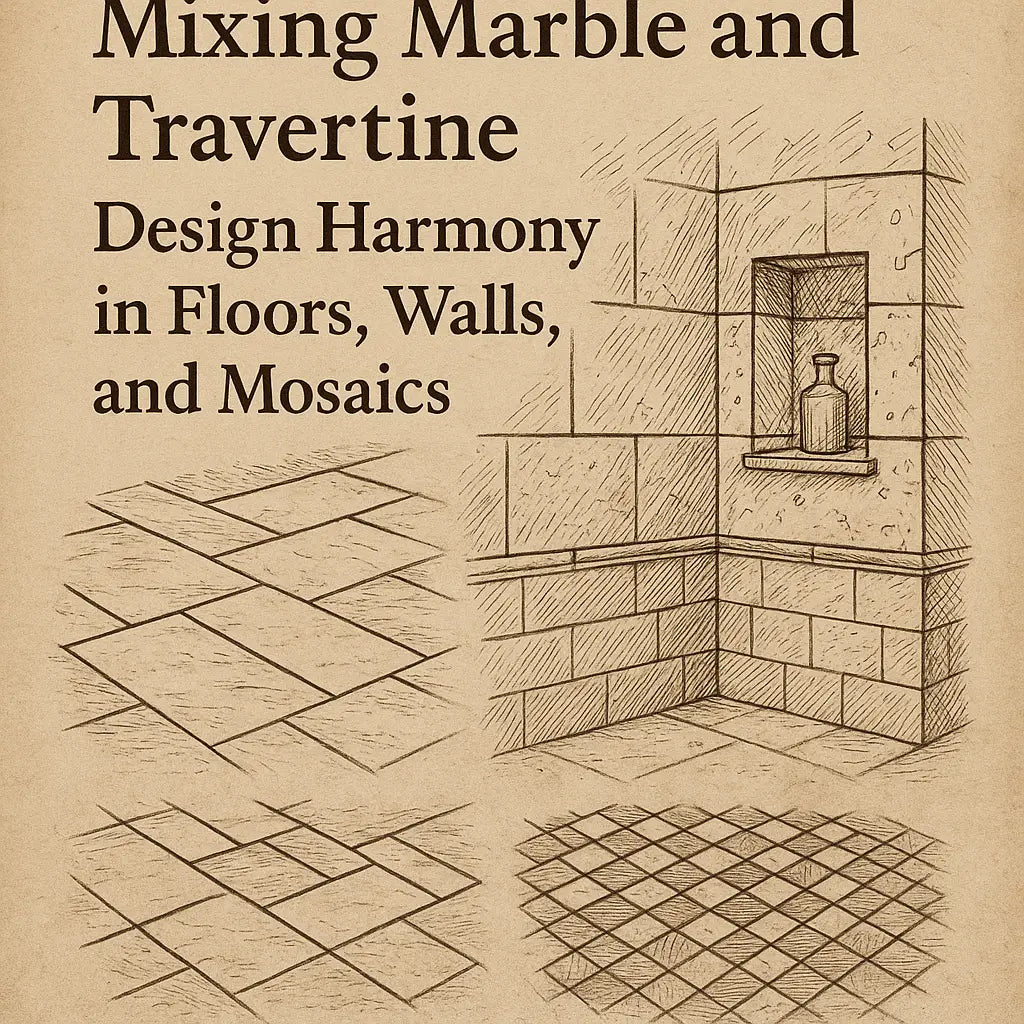
Introduction
Marble and travertine are two of the most loved natural stones in home design. But what happens when you want to use both—together? Done right, mixing these materials adds richness, texture, and timeless appeal to your home. But without a thoughtful approach, the result can feel mismatched or overwhelming.
This guide explores how to combine marble and travertine in elegant, practical ways across flooring, walls, mosaics, backsplashes, and more. From color coordination to layout tips, we’ll help you master the art of mixing natural stone.
Table of Contents
-
Why Mix Marble and Travertine?
-
Understanding Their Differences
-
Rules for Color Matching
-
Coordinating Finishes and Textures
-
Where to Mix: Best Applications by Room
-
Design Ideas for Floors
-
Wall Combinations that Work
-
Mosaics, Borders, and Accents
-
Using Mixed Stone in Showers and Bathrooms
-
Kitchen Backsplash Tips
-
Entryways and Hallways
-
Feature Wall Ideas
-
Layout Patterns for Mixed Stone
-
Grout Color and Line Strategy
-
Lighting Considerations
-
Common Mistakes to Avoid
-
Frequently Asked Questions (FAQ)
-
Conclusion
1. Why Mix Marble and Travertine?
-
Variety: Marble brings shine and veining; travertine adds warmth and texture.
-
Visual Depth: Layer different materials for contrast and interest.
-
Transitional Appeal: Ideal for bridging rustic and modern styles.
2. Understanding Their Differences
| Characteristic | Marble | Travertine |
|---|---|---|
| Look | Polished, veined, refined | Textured, earthy, porous |
| Common Colors | White, gray, black, gold | Beige, brown, ivory |
| Finish Options | Polished, honed | Tumbled, brushed, honed |
| Best Uses | Luxury floors, backsplashes | Rustic floors, walls, exteriors |
3. Rules for Color Matching
-
Cool with Cool: Pair Carrara or Thassos marble with ivory or light travertine.
-
Warm with Warm: Blend Emperador or Calacatta Gold marble with walnut or noce travertine.
-
Stay Neutral: Use beige-based palettes to unify tones.
-
Avoid Harsh Contrast: Don’t mix stark black marble with raw travertine unless highly intentional.
4. Coordinating Finishes and Textures
-
Best Combo: Honed marble + tumbled travertine
-
Avoid: High-gloss marble next to unfilled travertine
-
Match Edges: Use bullnose or beveled trim to bridge materials
5. Where to Mix: Best Applications by Room
-
Kitchen: Backsplash marble + travertine flooring
-
Bathroom: Marble walls + travertine niche or shower base
-
Living Room: Travertine fireplace + marble border tile inlays
-
Entryway: Checkerboard or French pattern combining both stones
6. Design Ideas for Floors
-
Checkerboard Pattern: Alternate light marble and travertine tiles
-
Bordered Layout: Marble center with travertine border or vice versa
-
French Pattern Set: Mix sizes with coordinated finishes
7. Wall Combinations that Work
-
Accent Wall: Marble tiles with travertine trim
-
Full Wall: Use marble field tile, trimmed with mosaic travertine strip
8. Mosaics, Borders, and Accents
-
Mosaic Mix: Blend marble and travertine pieces in basketweave or herringbone
-
Border Strips: Marble pencil trim around travertine panels
-
Accent Lines: Thin contrasting stripe to frame or divide
9. Using Mixed Stone in Showers and Bathrooms
-
Walls: Marble for main surfaces
-
Floor/Niche: Travertine for texture and slip-resistance
-
Contrast Tip: Use light marble with darker travertine to anchor space
10. Kitchen Backsplash Tips
-
Pair honed marble backsplash with tumbled travertine floor
-
Add interest with mosaic insert made of both stones
-
Coordinate with neutral countertops or wooden cabinetry
11. Entryways and Hallways
-
Center medallions using both stones
-
Diagonal tile layout alternating marble and travertine
-
Wall niches with mixed-stone inlays
12. Feature Wall Ideas
-
Living Rooms: Marble tile feature with travertine texture border
-
Dining Rooms: Floor-to-ceiling marble with horizontal travertine insert
13. Layout Patterns for Mixed Stone
-
Straight Lay + Accent Strip
-
Checkerboard (Same Size Tiles)
-
French Pattern with Consistent Color Palette
-
Inset Mosaics as Centerpieces
14. Grout Color and Line Strategy
-
Use Matching Grout to blend different textures
-
Thin Lines for modern looks, wider joints for rustic feel
-
Test First: Different grout will interact with marble and travertine differently
15. Lighting Considerations
-
Uplighting accentuates travertine’s texture
-
Under-cabinet lighting enhances marble veining
-
Natural light softens the contrast between stone types
16. Common Mistakes to Avoid
-
Overmixing colors or finishes
-
Ignoring edge and tile thickness compatibility
-
Failing to seal properly—especially where two stones meet
-
Forgetting underlayment differences in wet zones
17. Frequently Asked Questions (FAQ)
Q1: Can I mix marble and travertine in the same room?
A: Yes! Just keep tones complementary and finishes balanced.
Q2: What’s the best layout for combining both stones?
A: Checkerboard, French pattern, or border-framed layouts work best.
Q3: Will different thicknesses of marble and travertine cause problems?
A: They can—always level substrates or use thinset strategically.
Q4: Can I use marble and travertine together in showers?
A: Yes. Use marble on walls and travertine on floors or niches for traction.
Q5: Should I use the same grout for both?
A: Preferably, yes. But test to ensure neither stone discolors.
Q6: Is polished marble too formal for rustic travertine?
A: It can be—use honed marble instead to soften the contrast.
Q7: What edge profile works best when mixing these stones?
A: Pencil trim or bullnose offers a clean transition between materials.
Q8: Can I use mixed-stone mosaics outdoors?
A: Yes, but use sealed, frost-resistant stones and correct adhesive.
18. Conclusion
When it comes to natural stone, marble and travertine are not opposites—they're partners in timeless design. Whether you're combining them in a kitchen, bathroom, or entryway, the key is balance. With the right finishes, colors, layout, and care, you can create rich, layered spaces that feel both luxurious and grounded.
Visit www.surfacesgalore.com to explore premium marble and travertine combinations for your next project.

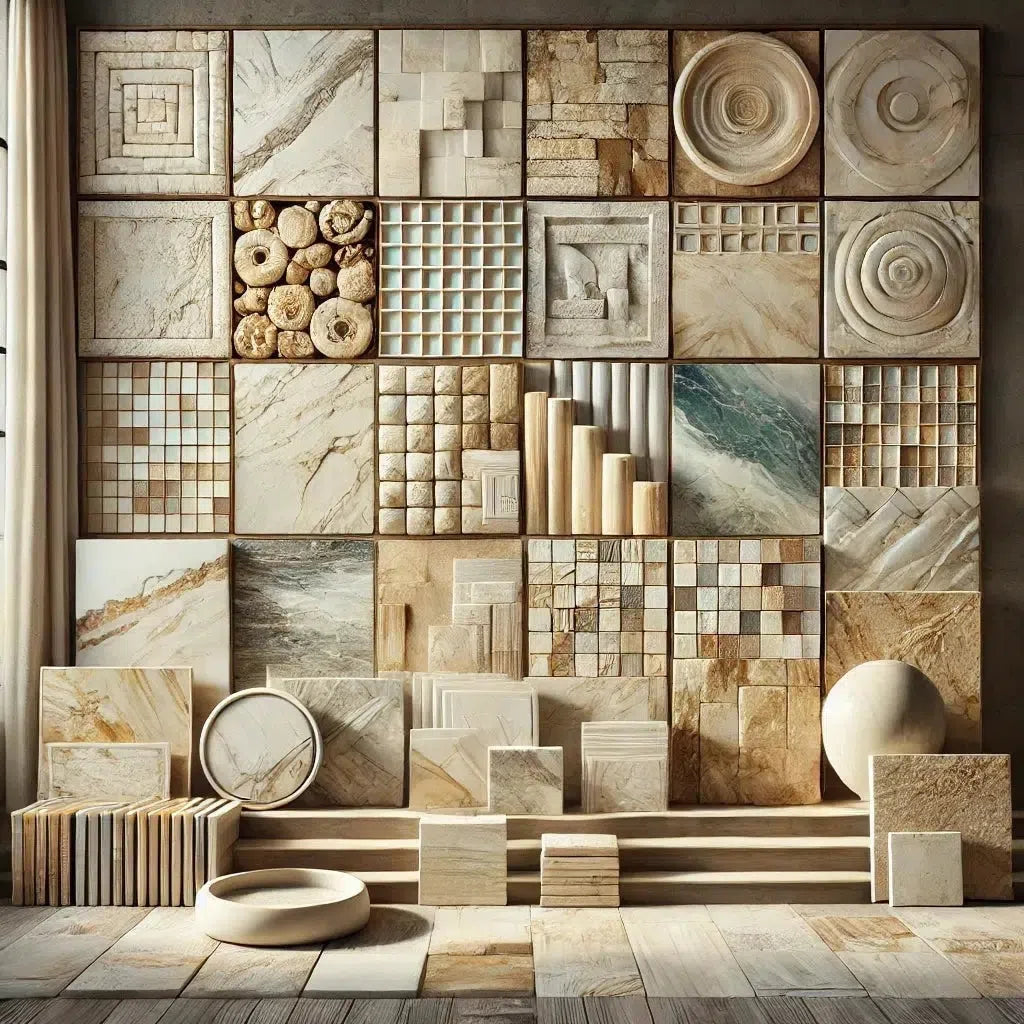 Best Selling Marble Collections
Best Selling Marble Collections
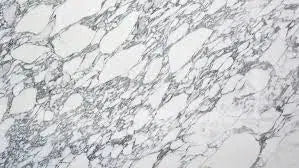 Arabescato Corchia
Arabescato Corchia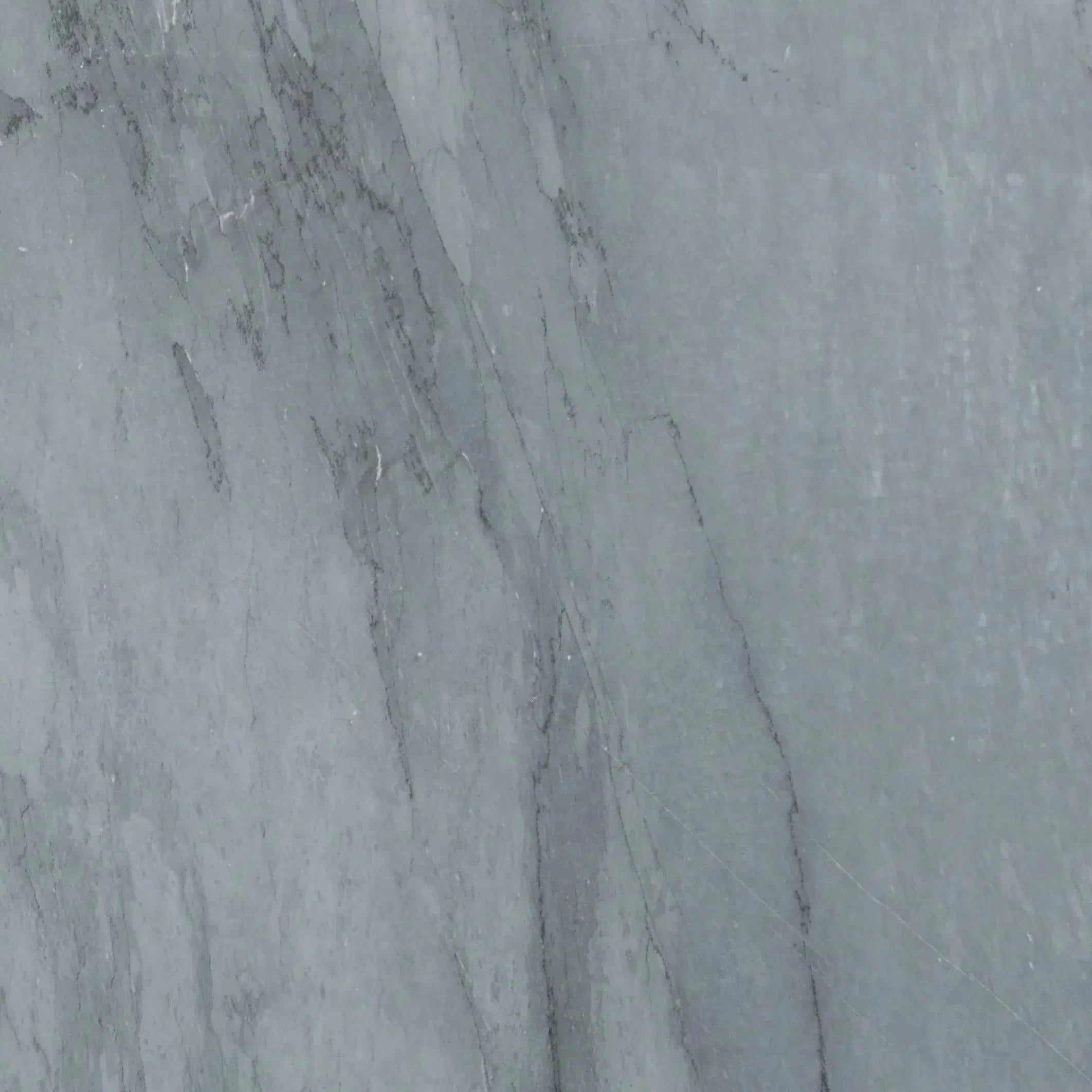 Bardiglio
Bardiglio Bianco Dolomite
Bianco Dolomite 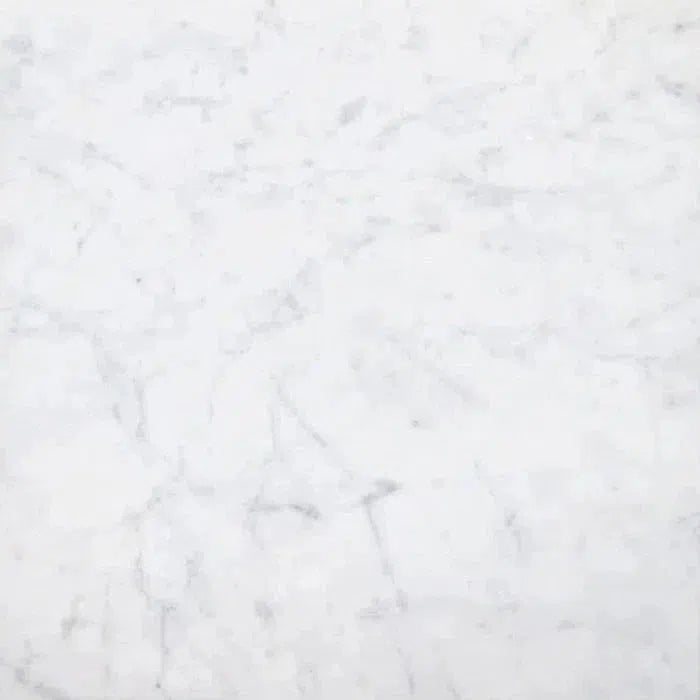 Carrara White
Carrara White 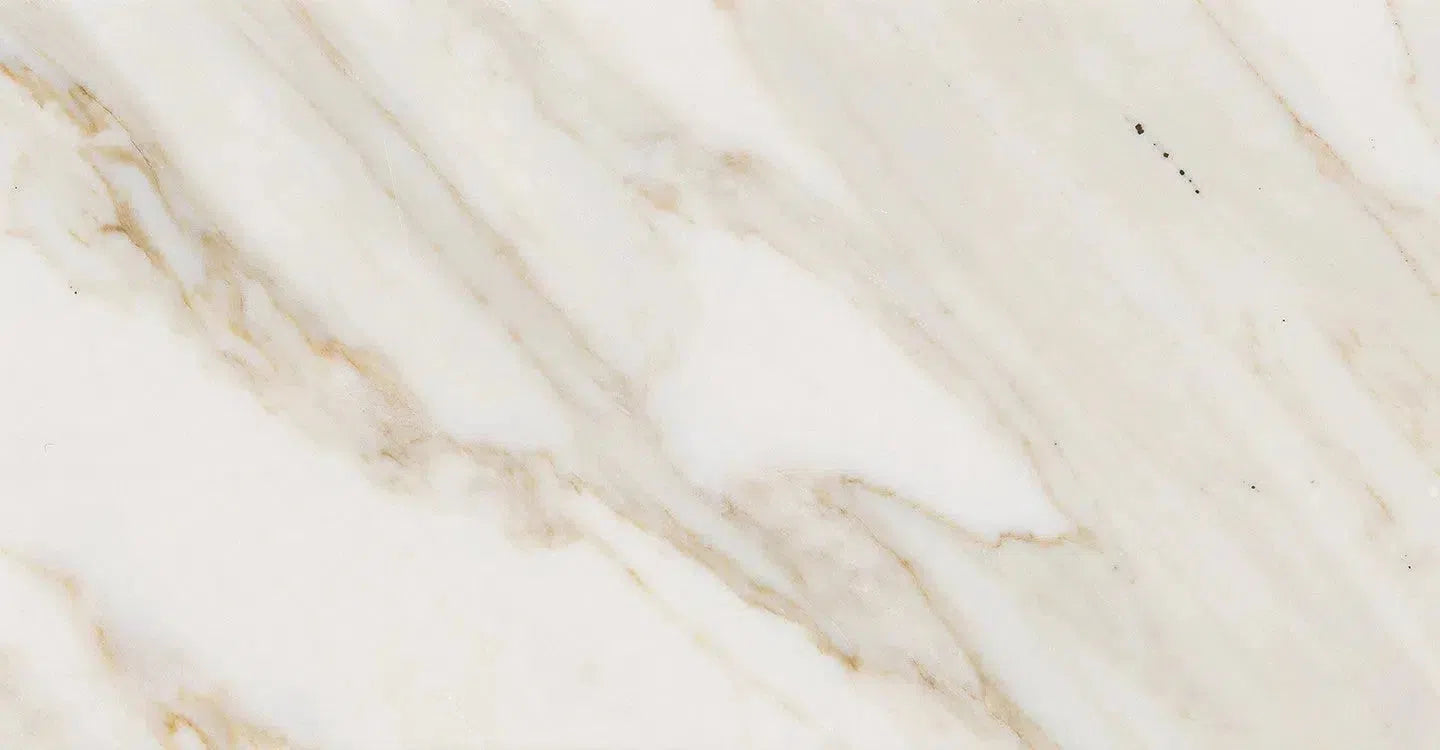 Calacatta Gold
Calacatta Gold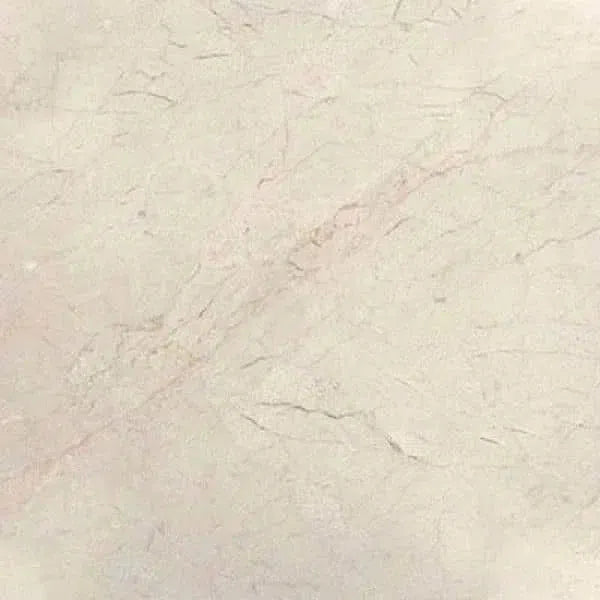 Crema Marfil
Crema Marfil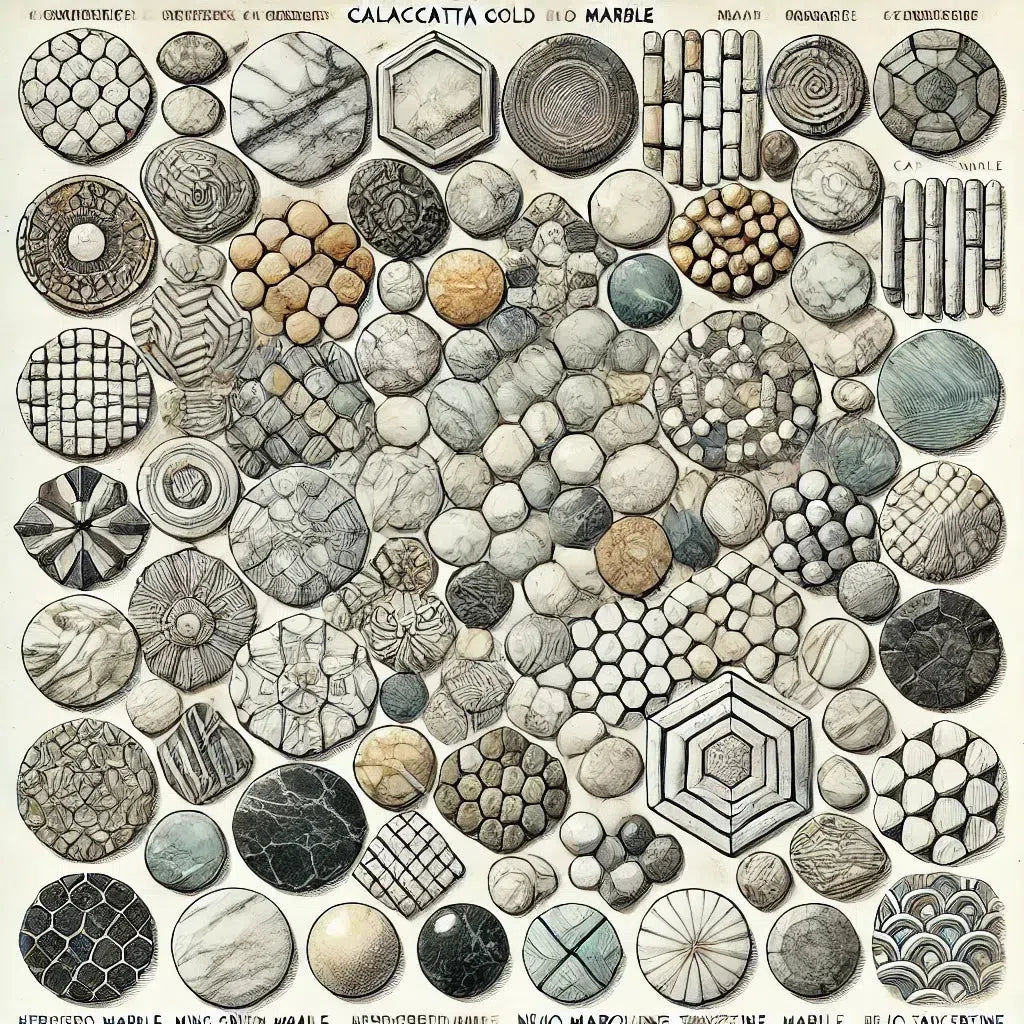 Custom Made Mosaic
Custom Made Mosaic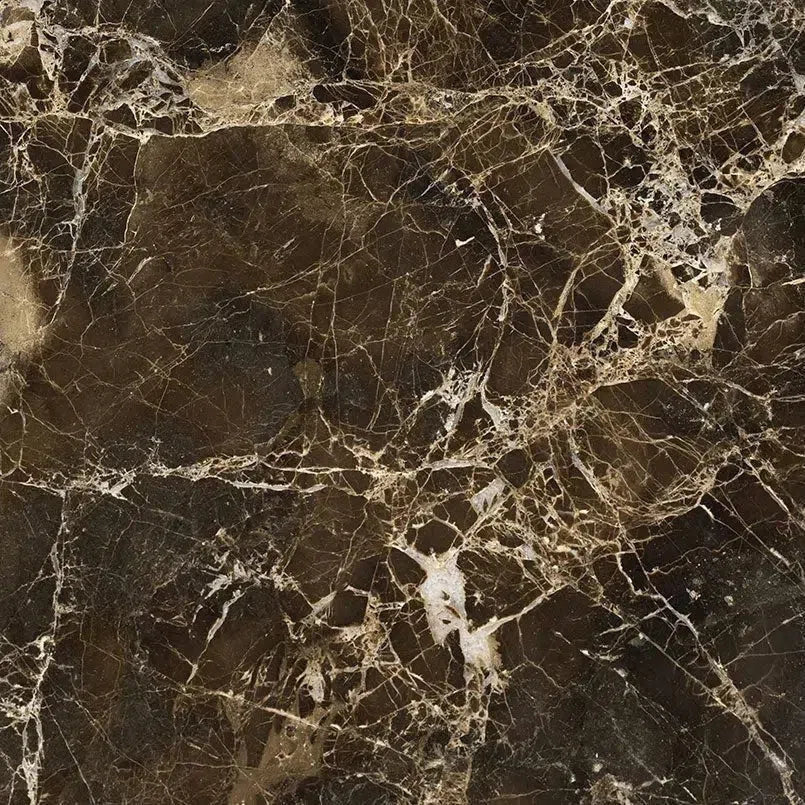 Emperador Dark
Emperador Dark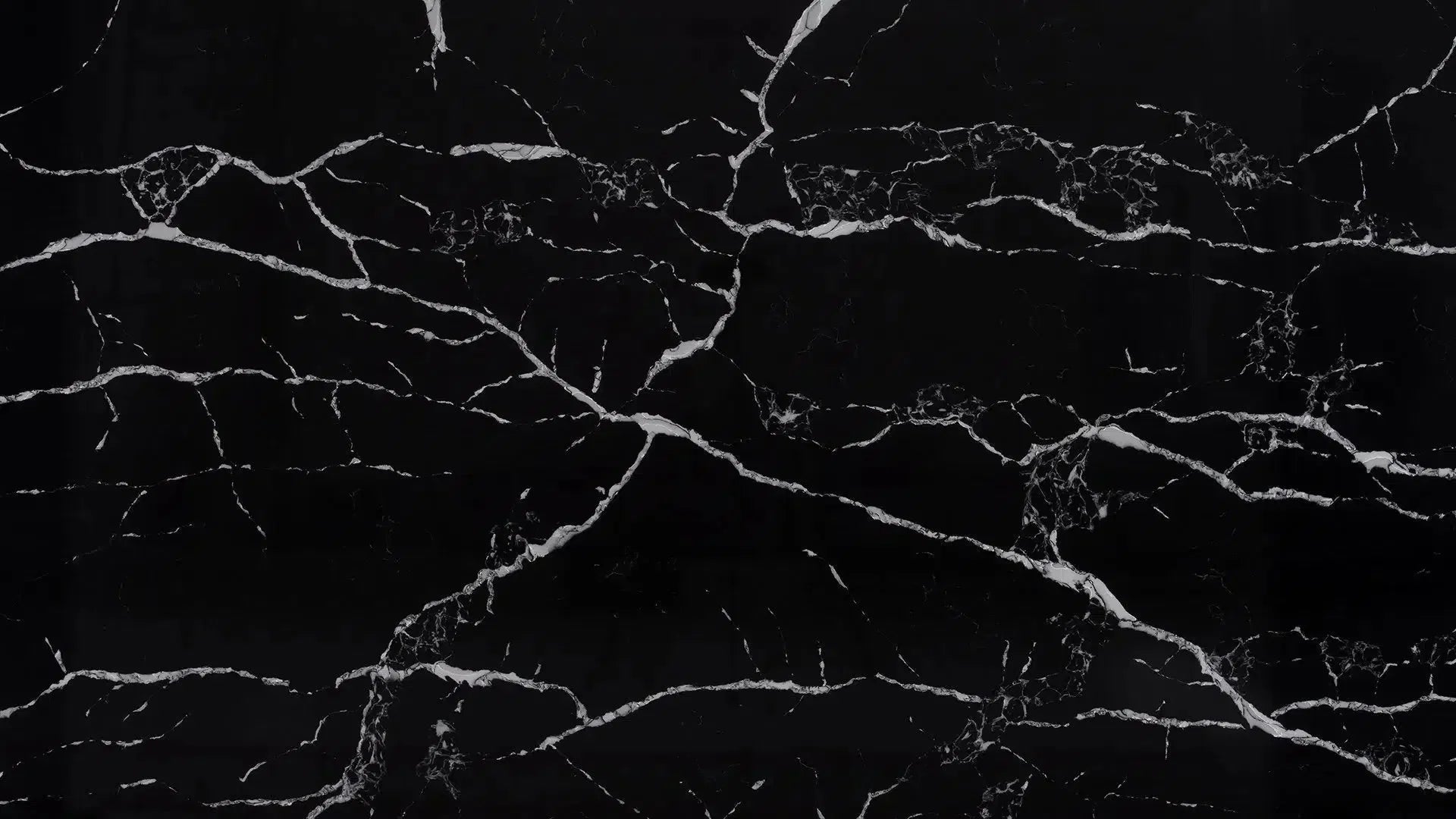 Nero Marquina
Nero Marquina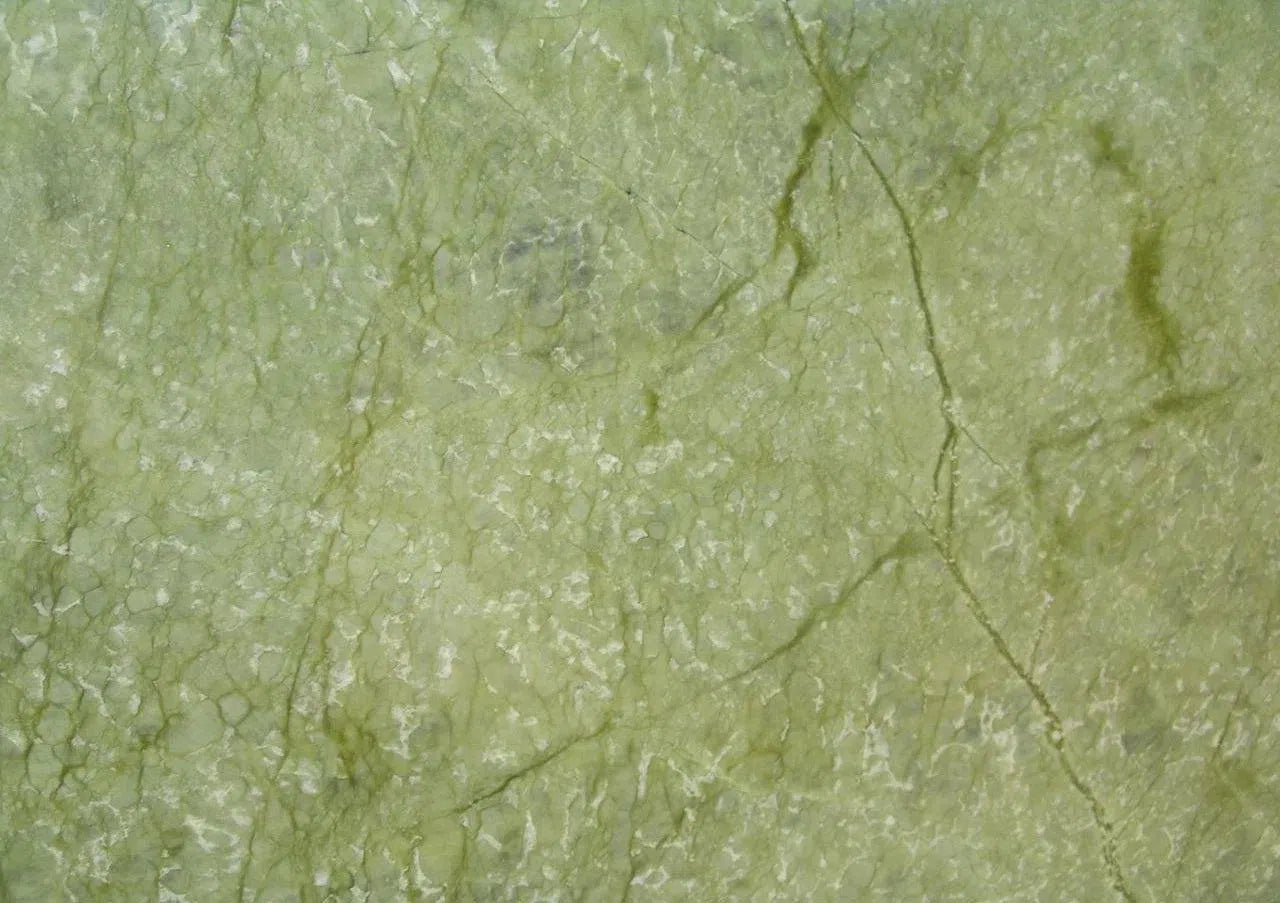 Ming Green Marble
Ming Green Marble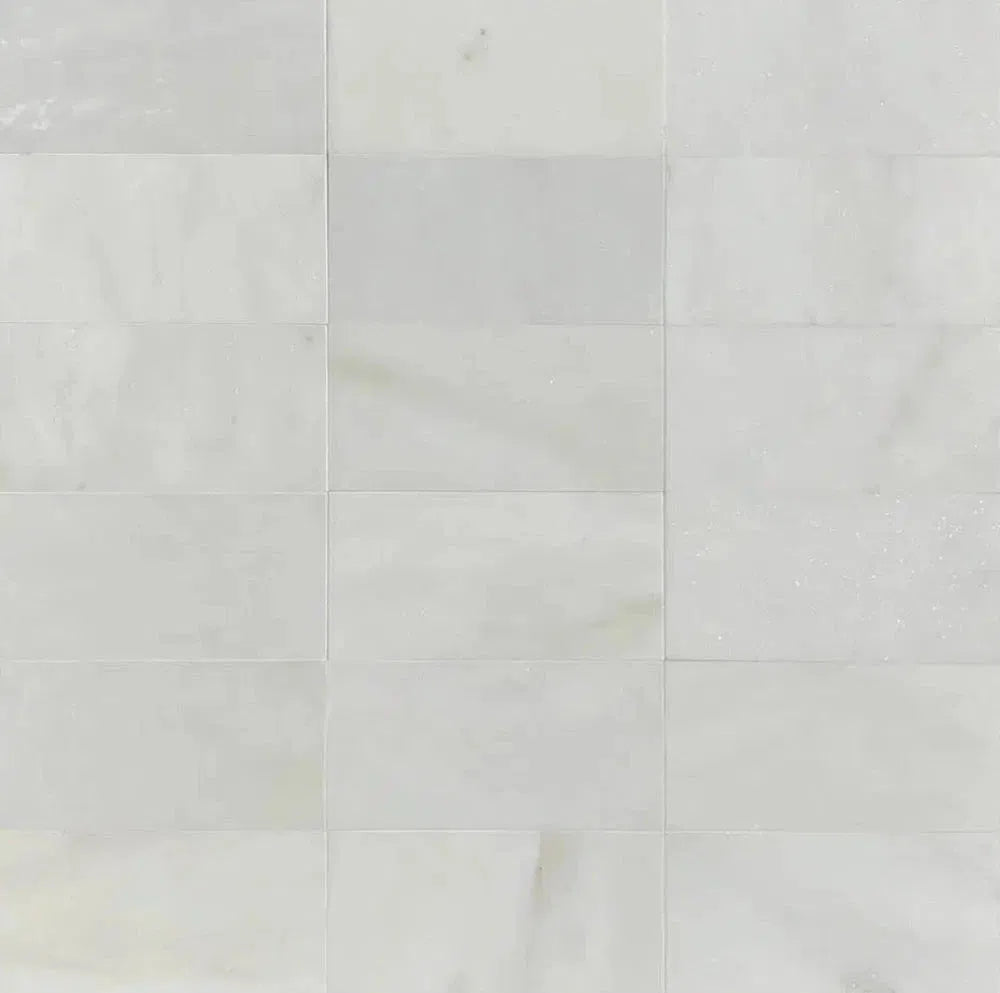 Oriental White Marble (Asian Statuary Marble)
Oriental White Marble (Asian Statuary Marble)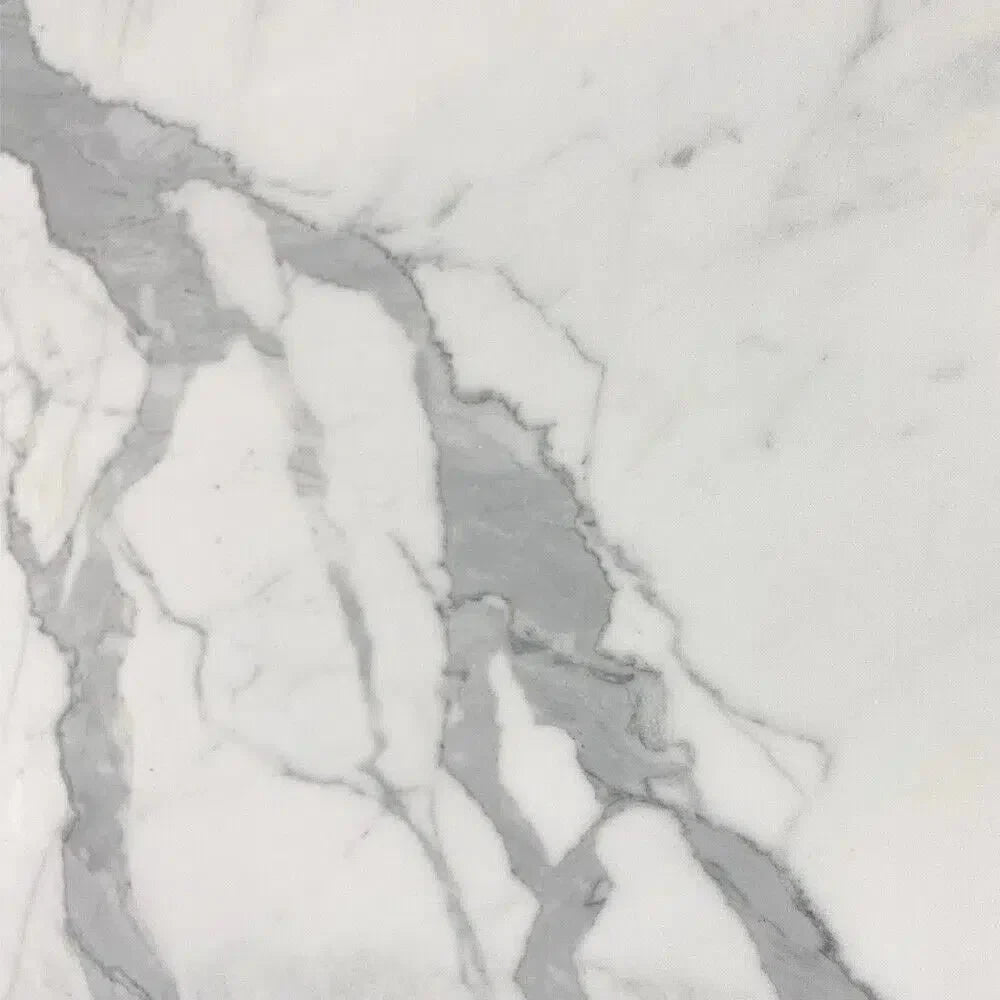 Statuary - Statuario White (Italian) Marble
Statuary - Statuario White (Italian) Marble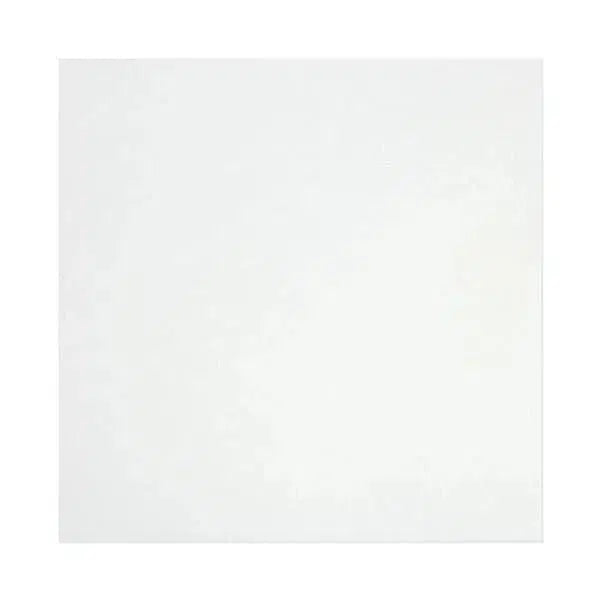 Thassos White
Thassos White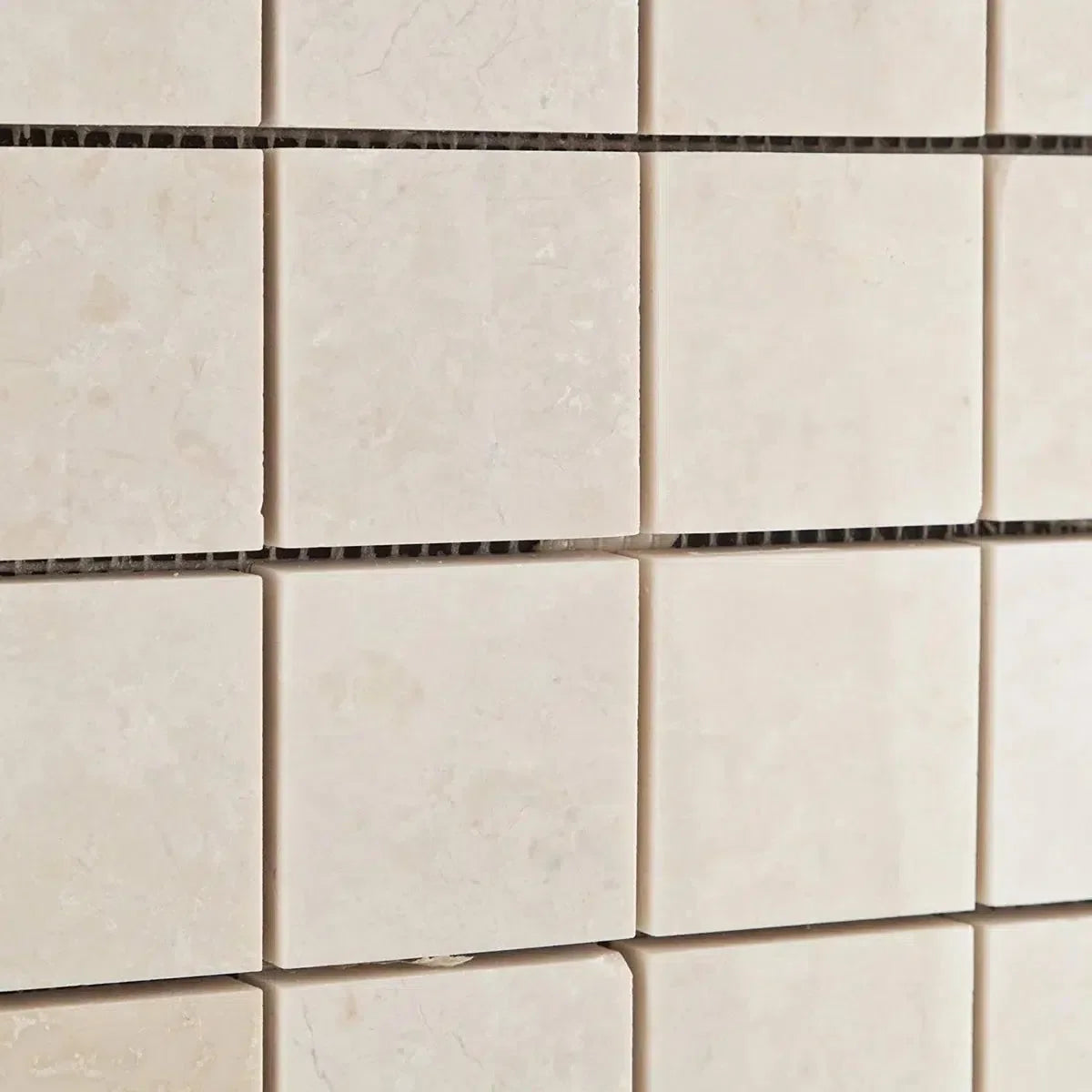 White Pearl/Botticino Beige Marble
White Pearl/Botticino Beige Marble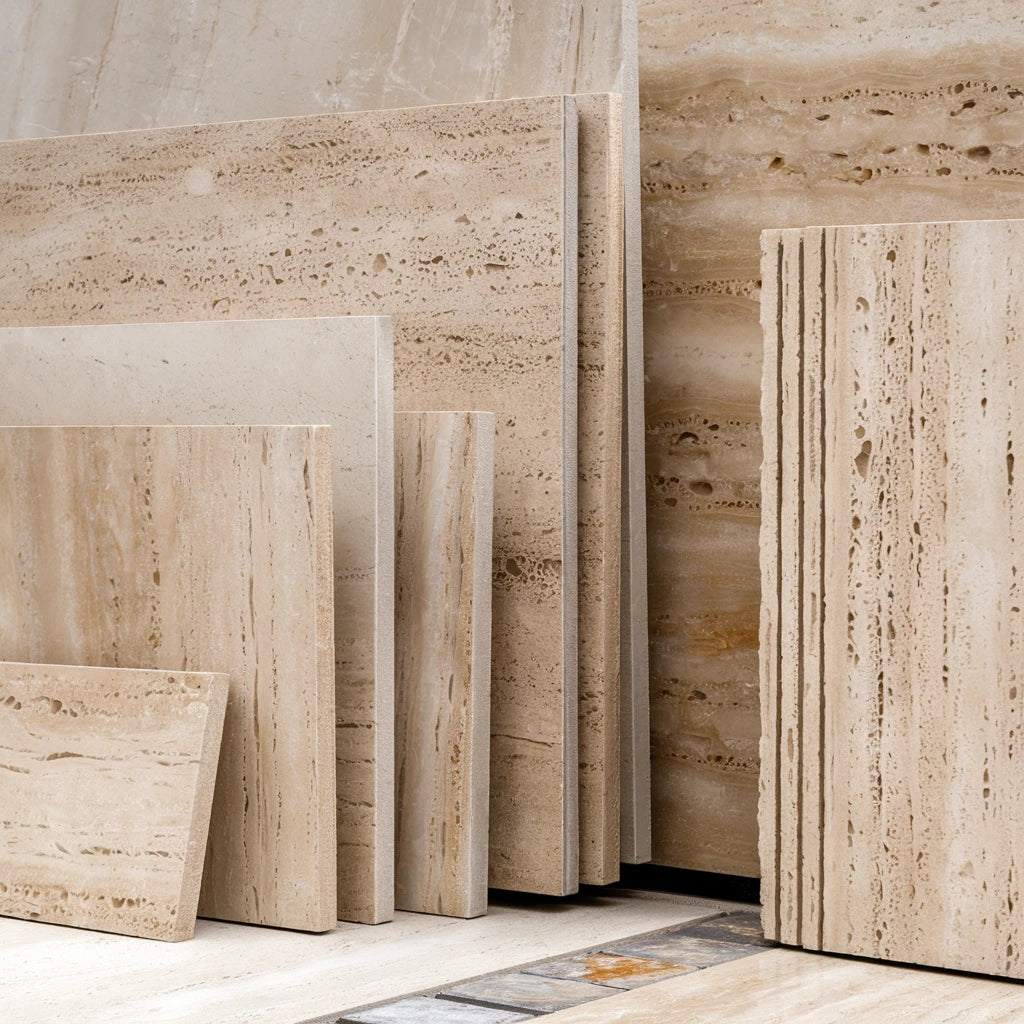 Best Selling Travertine Collections
Best Selling Travertine Collections
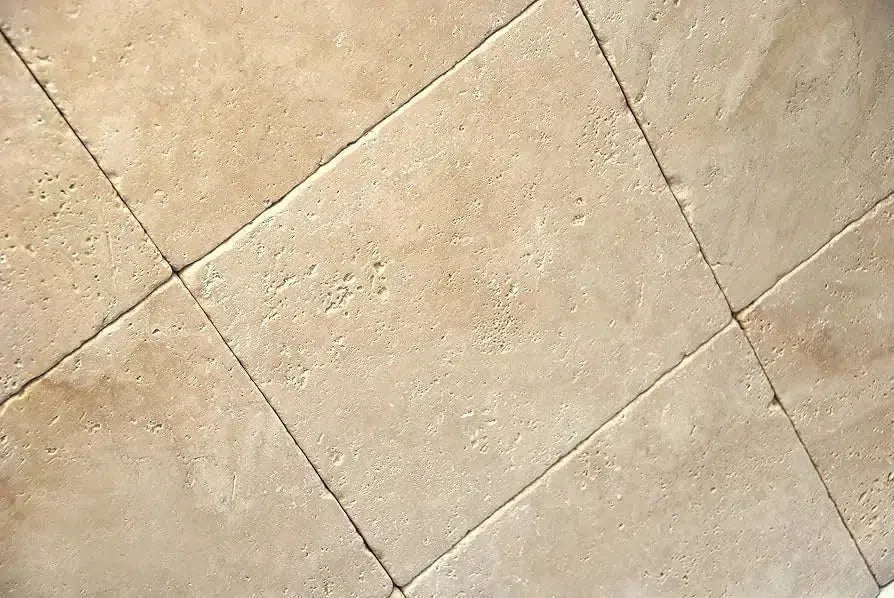 Ivory Travertine
Ivory Travertine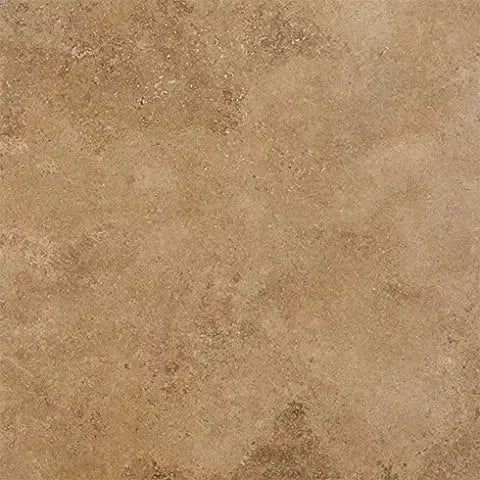 Noce Travertine
Noce Travertine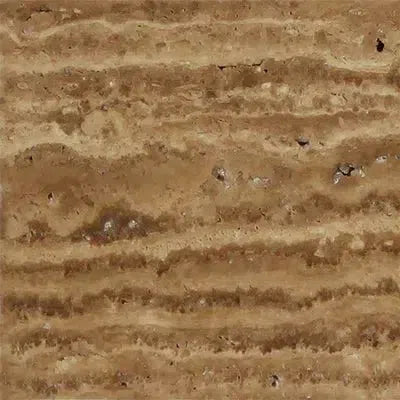 Exotic Noce Travertine
Exotic Noce Travertine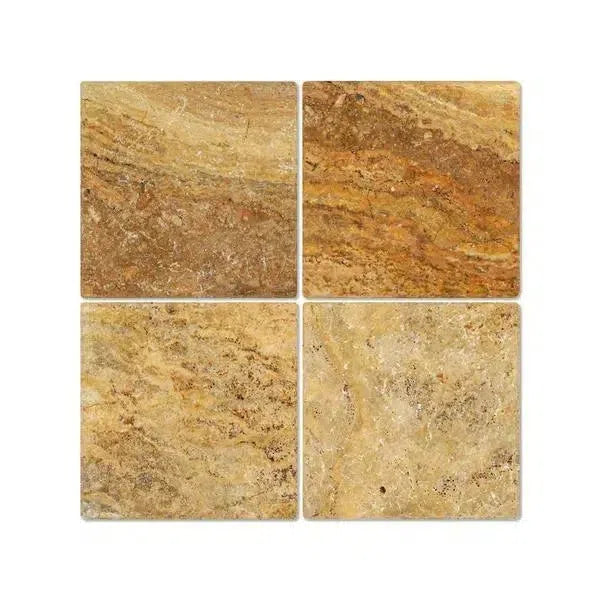 Scabos | Autumn Leaves Travertine
Scabos | Autumn Leaves Travertine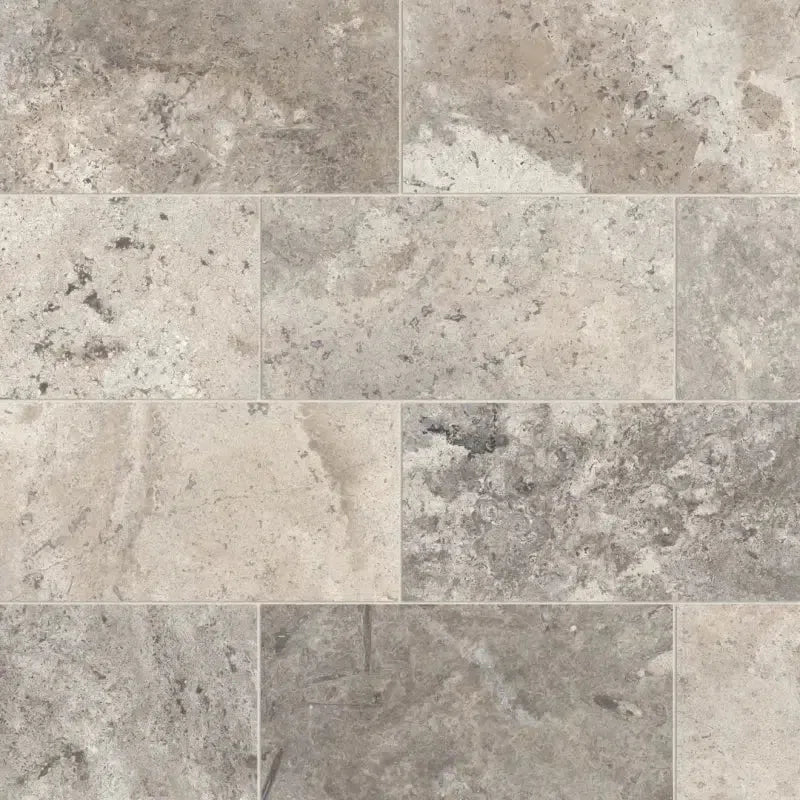 Silver Travertine
Silver Travertine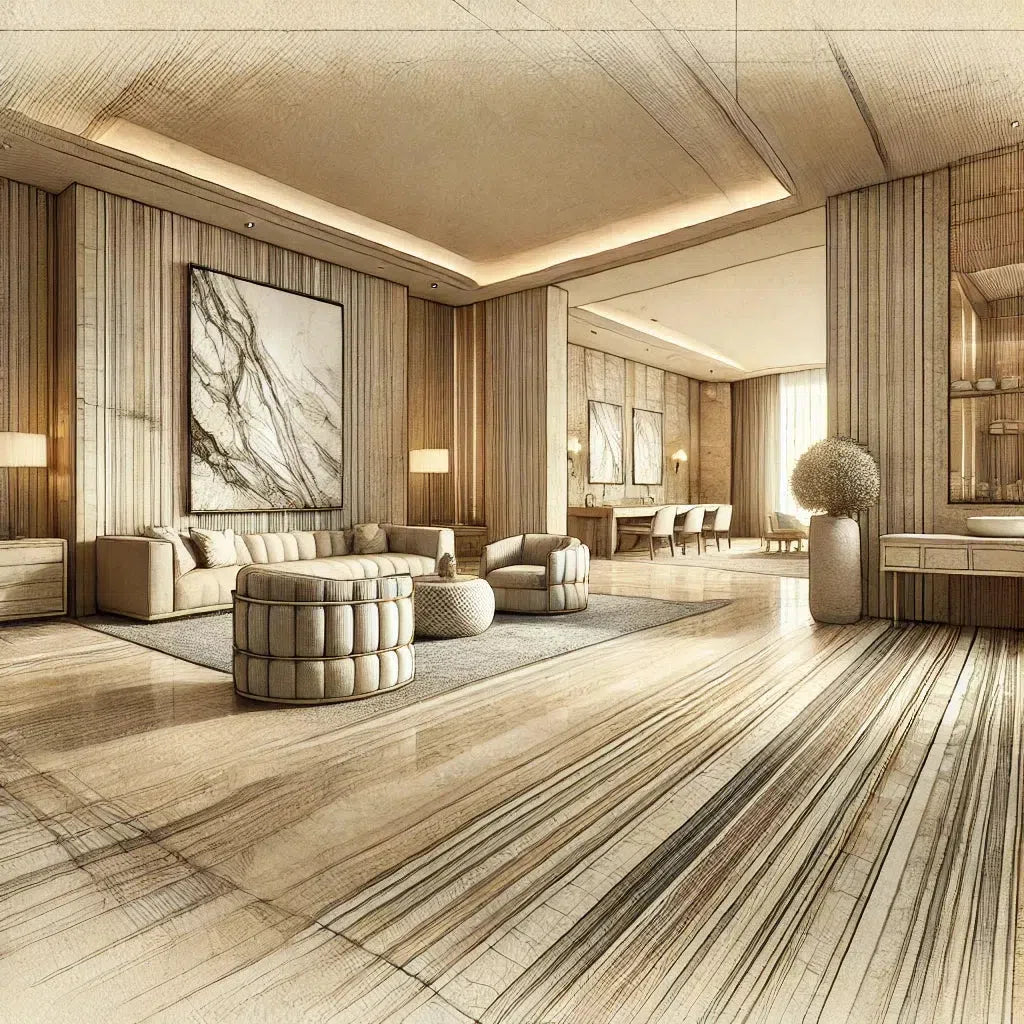 Exotic Travertine
Exotic Travertine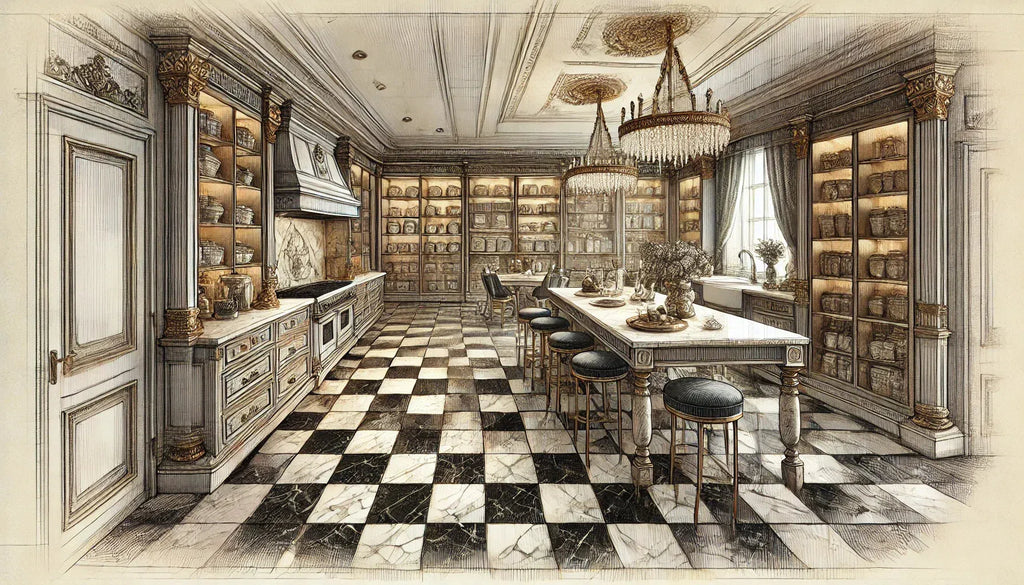 Checkerboard
Checkerboard
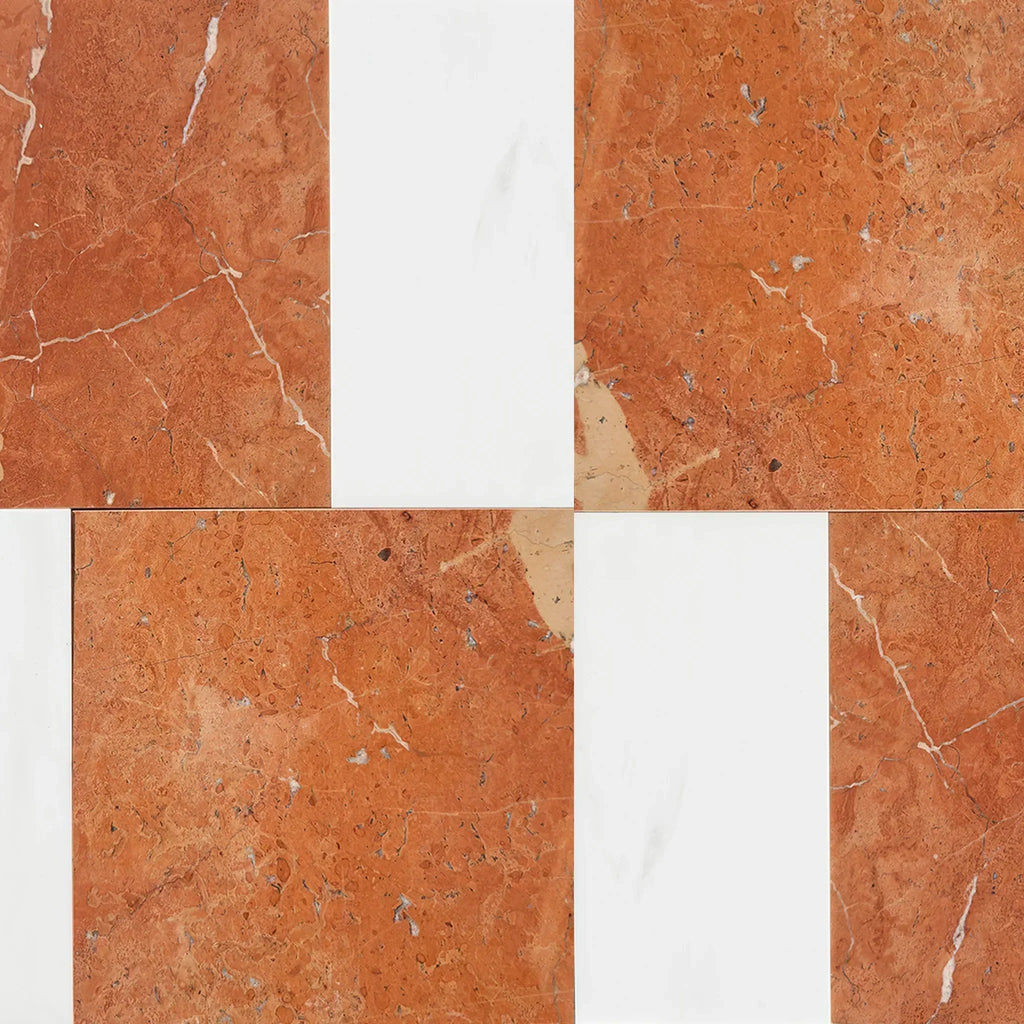 Patterned Tile
Patterned Tile
 Shop By Material
Shop By Material
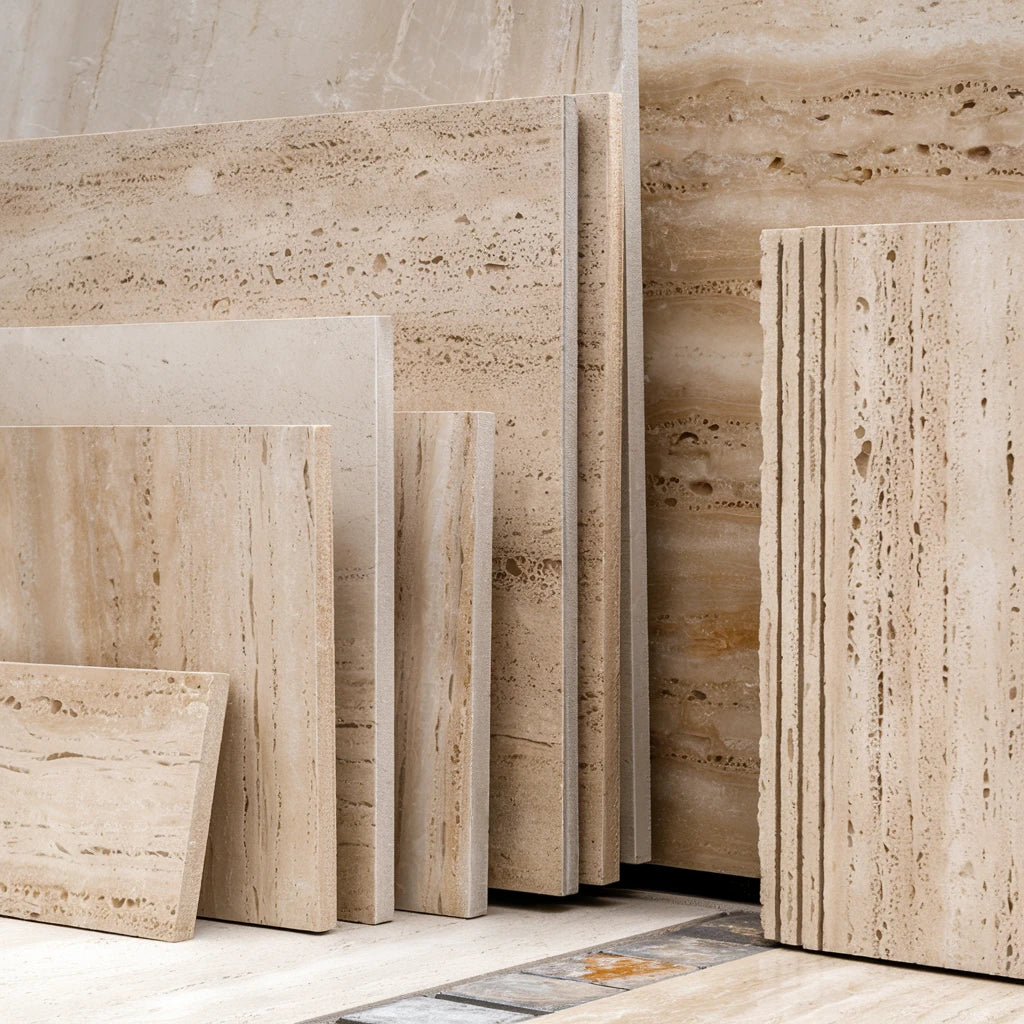 Travertine
Travertine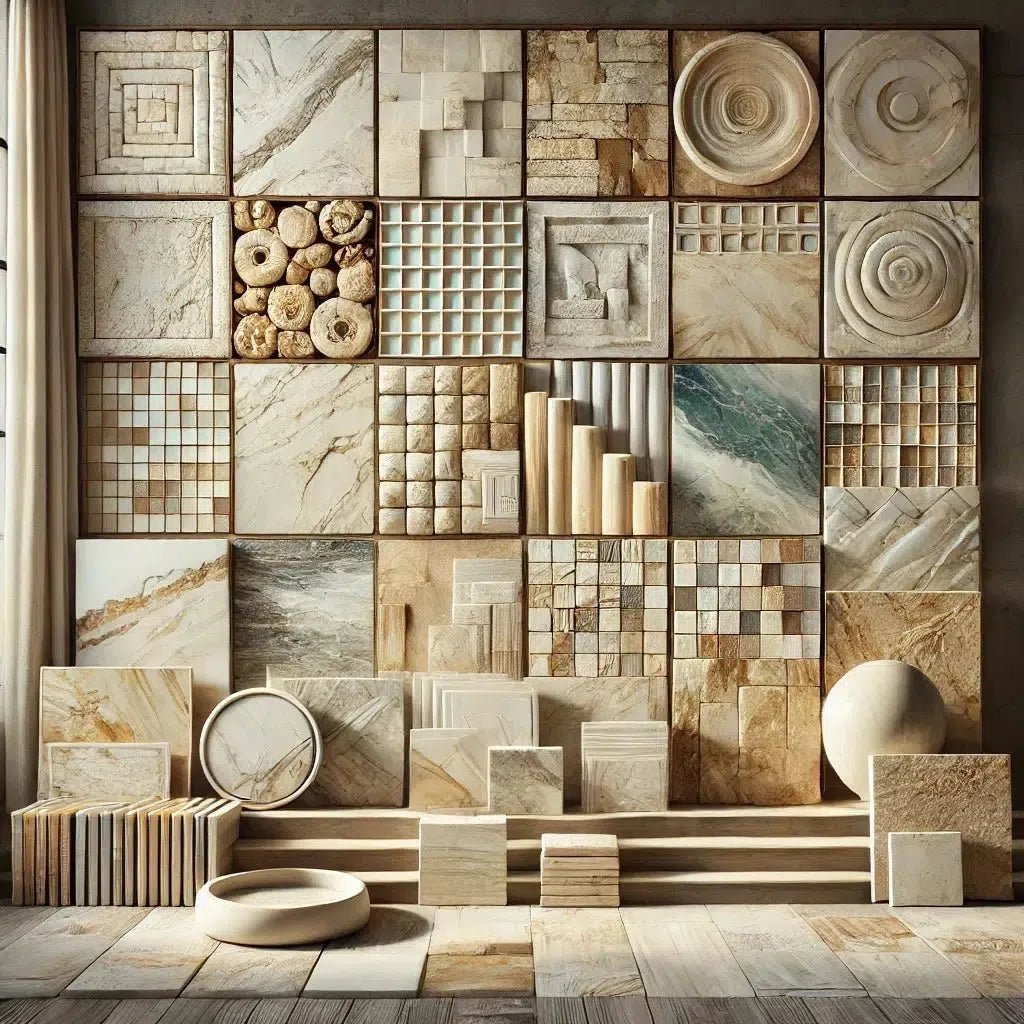 Marble
Marble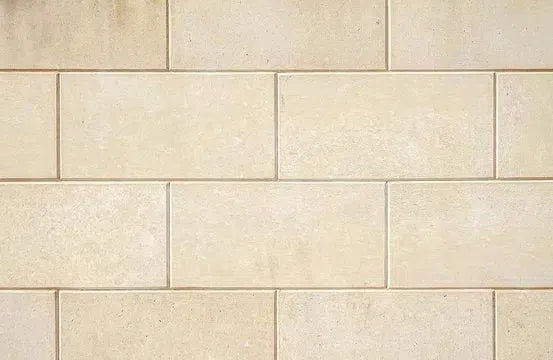 Limestone
Limestone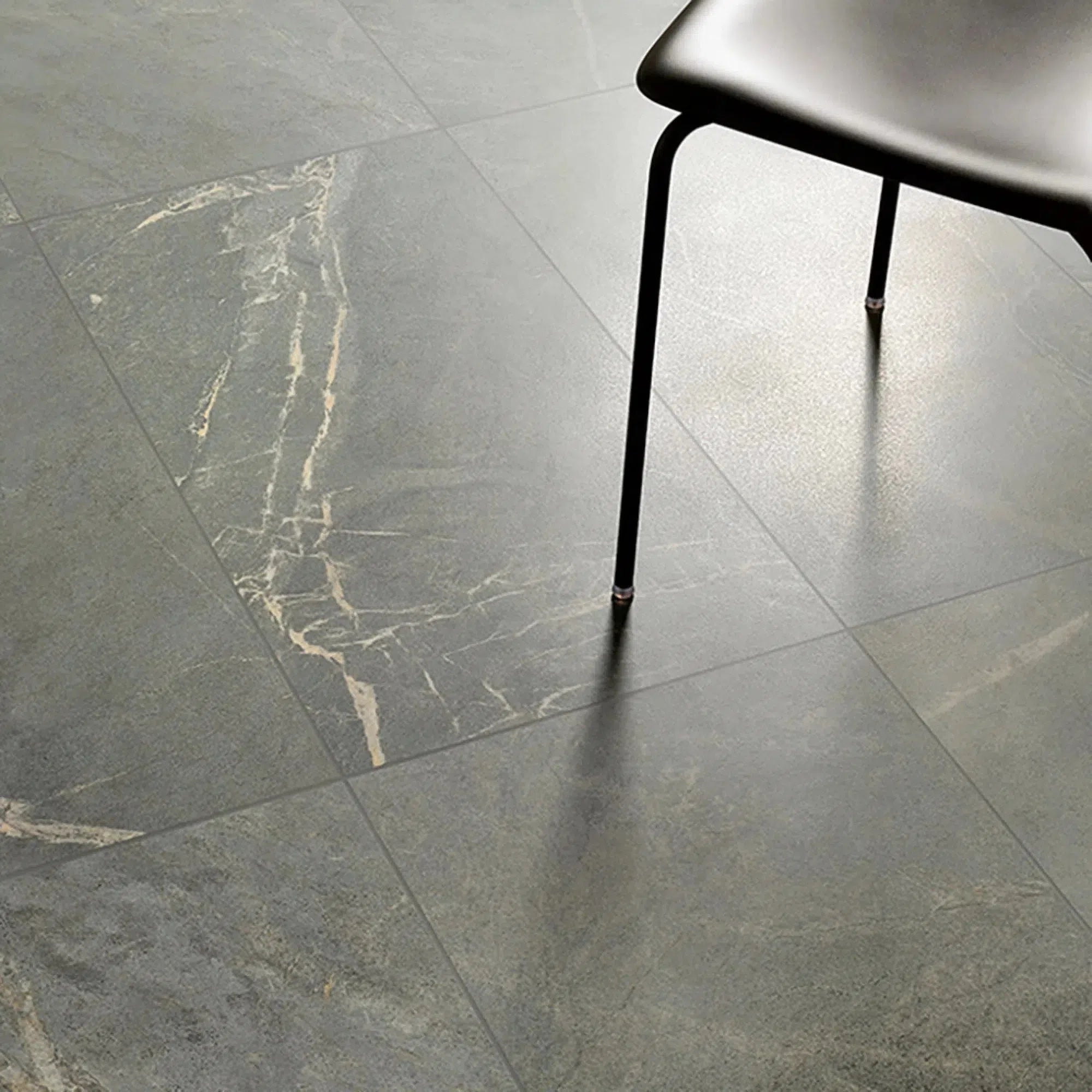 Soap Stone
Soap Stone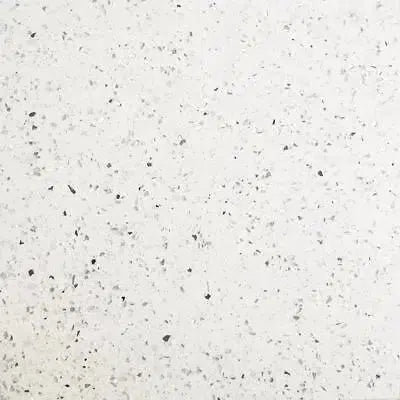 Quartz
Quartz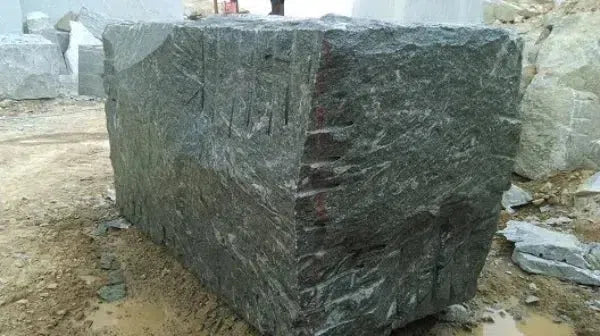 Granite
Granite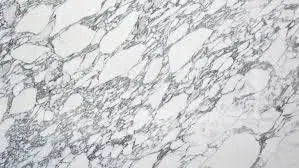 Shop By Name
Shop By Name
 Absolute Black Granite
Absolute Black Granite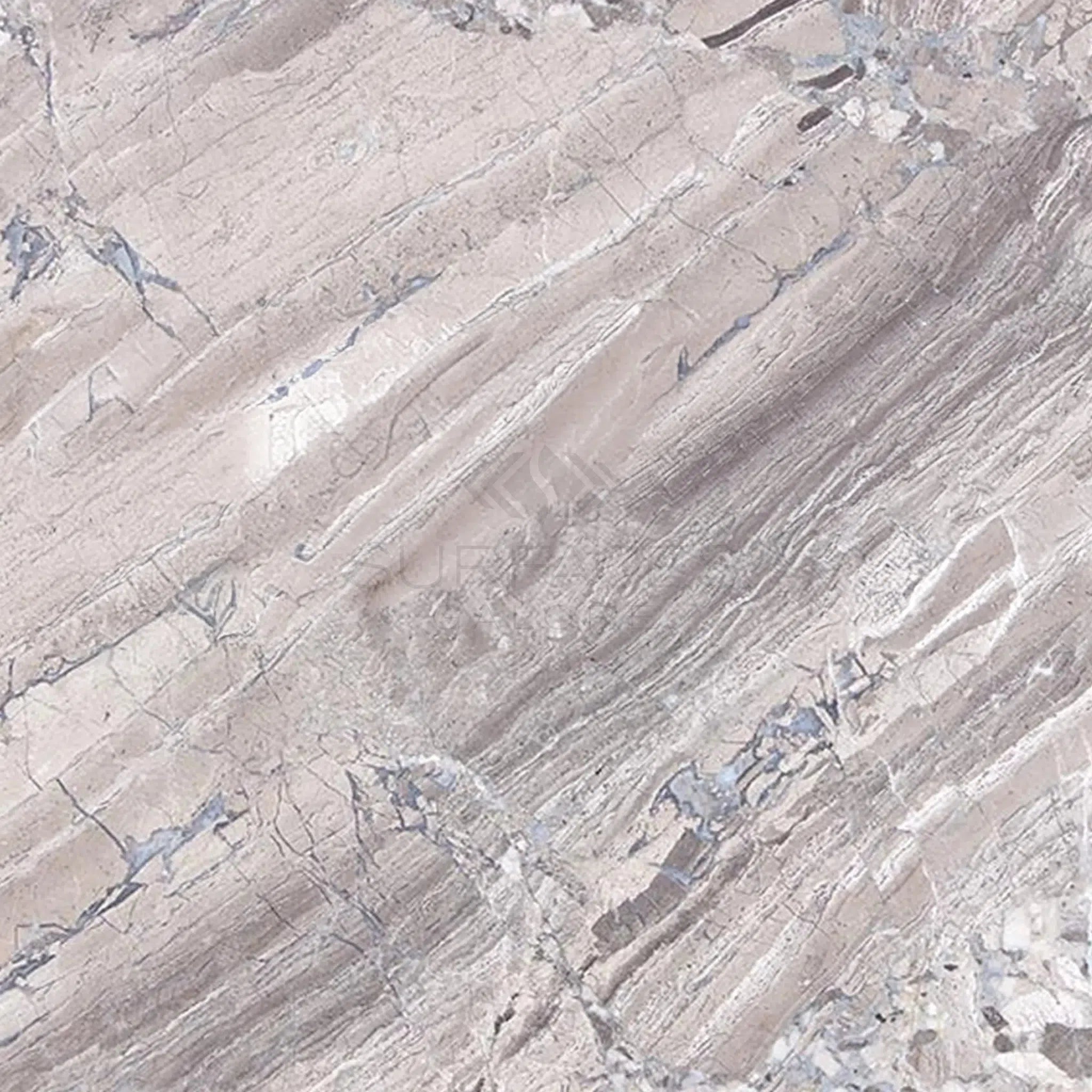 Atlantic Gray Marble
Atlantic Gray Marble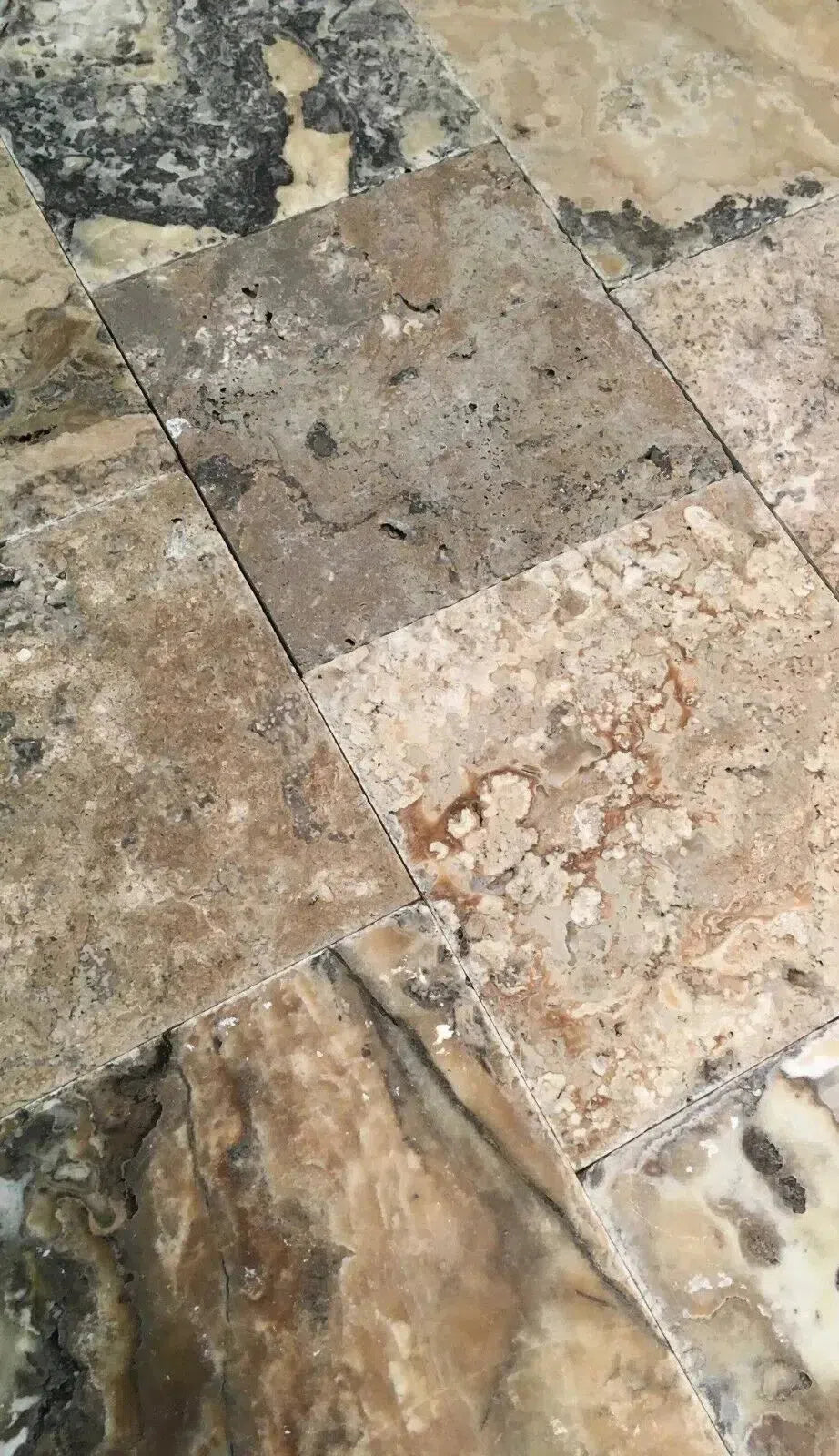 Antico Onyx Travertine
Antico Onyx Travertine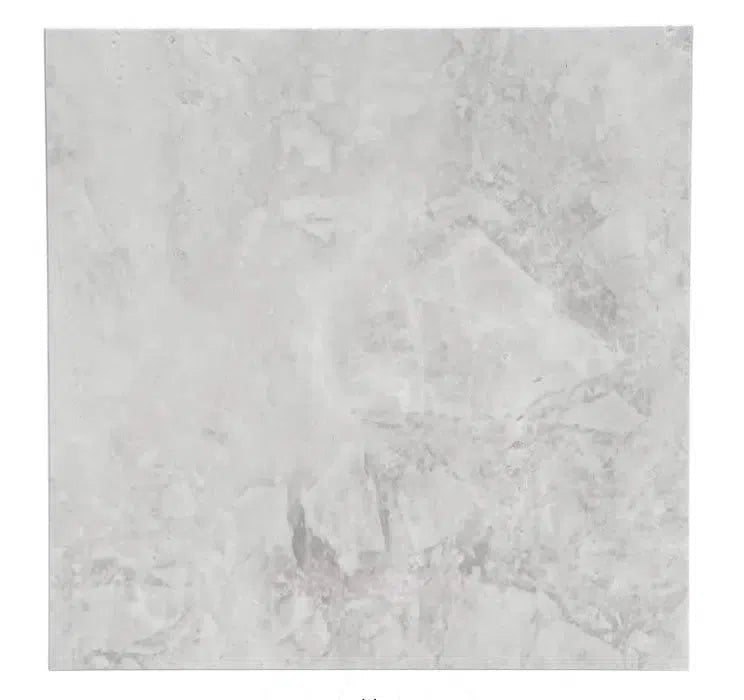 Bianco Congelato Dolomite
Bianco Congelato Dolomite Bianco Venatino (Bianco Mare) Marble
Bianco Venatino (Bianco Mare) Marble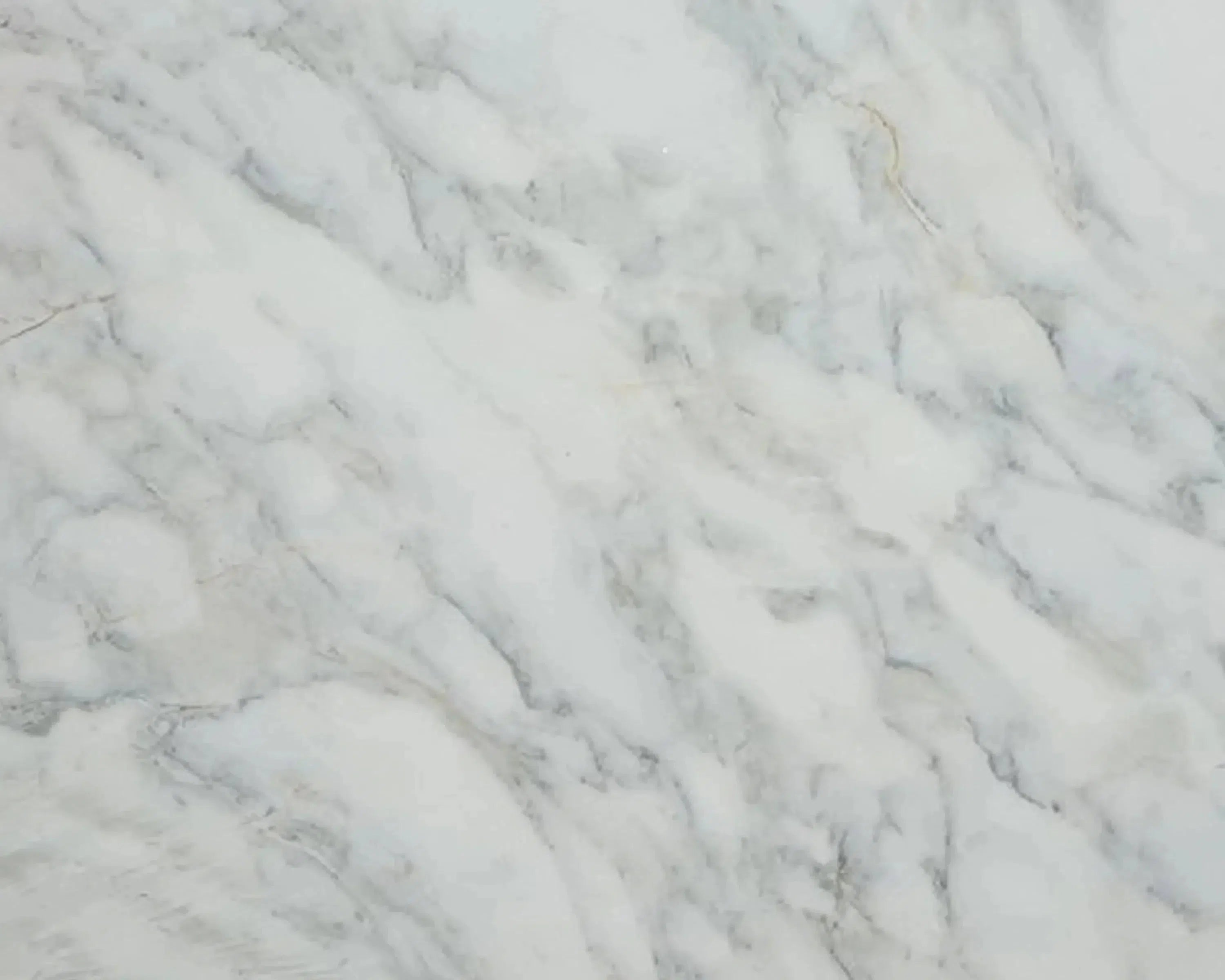 Calacatta Oliva Marble
Calacatta Oliva Marble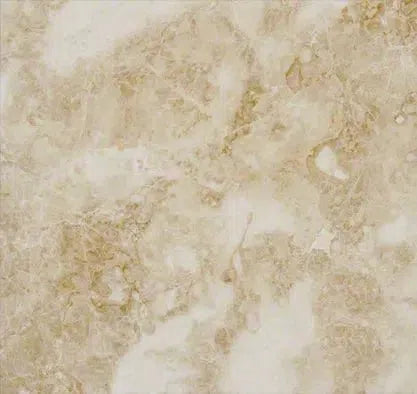 Cappuccino Marble
Cappuccino Marble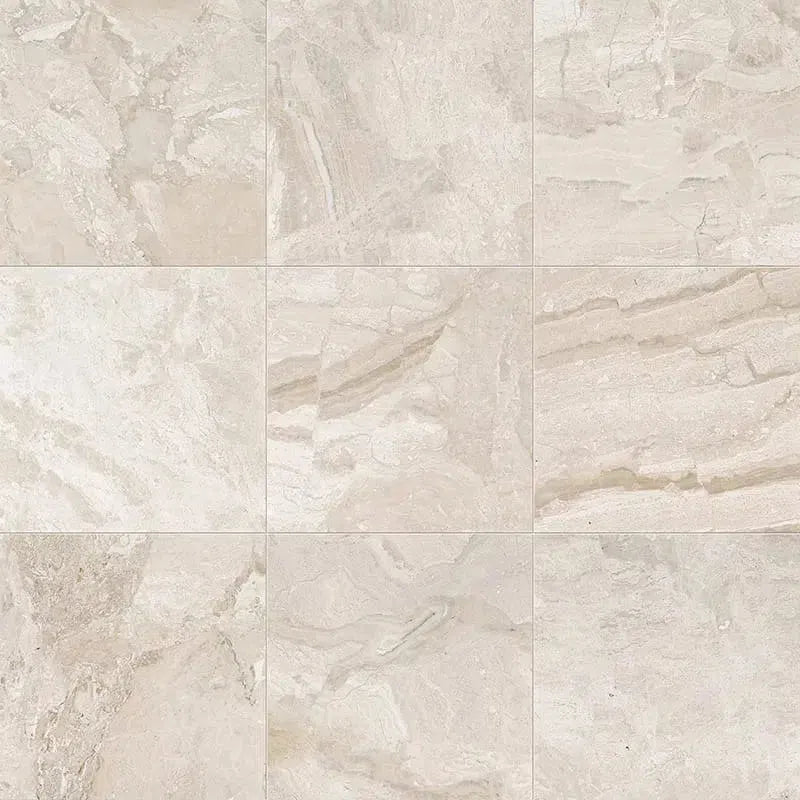 Diano Royal (Queen Beige) Marble
Diano Royal (Queen Beige) Marble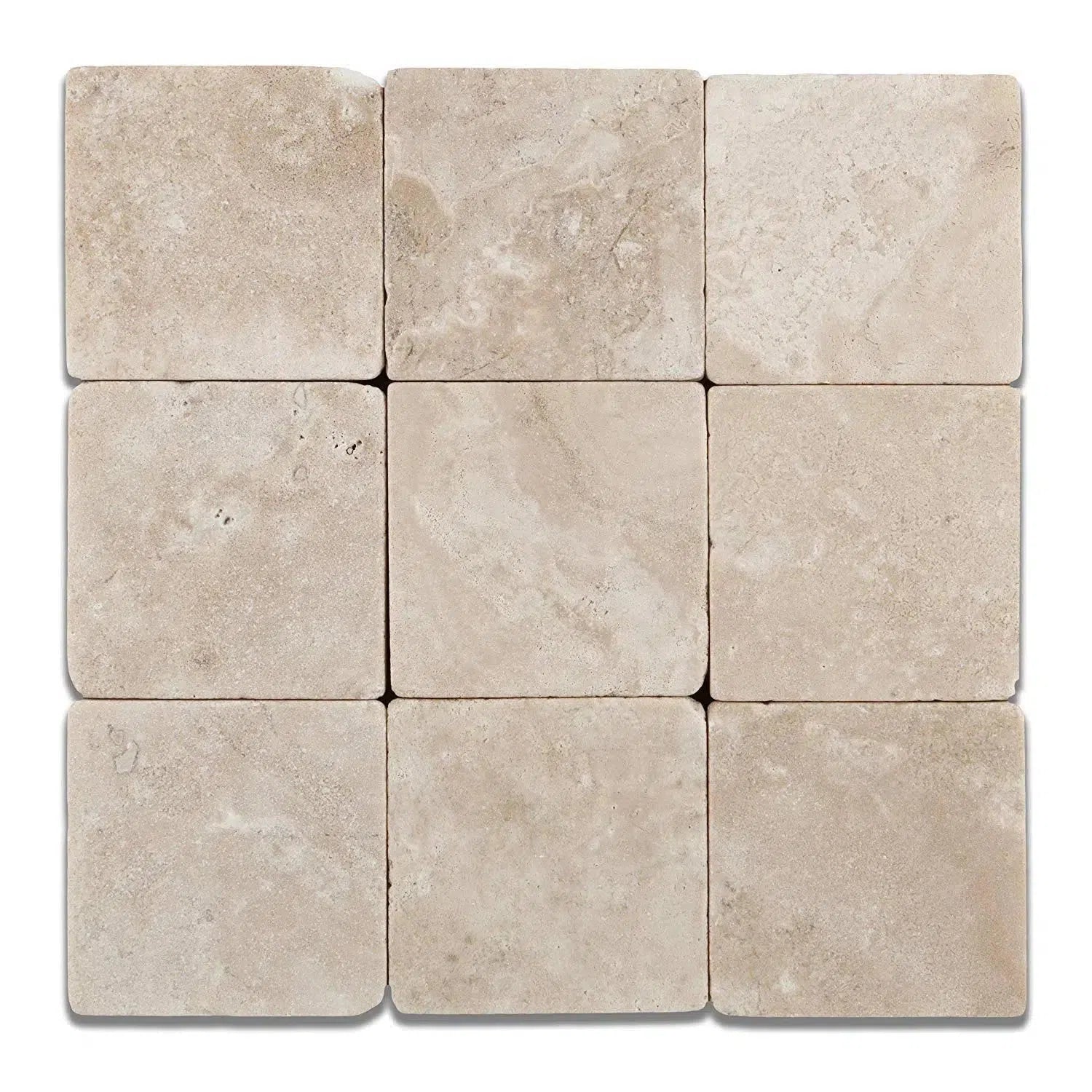 Durango Cream Traverine
Durango Cream Traverine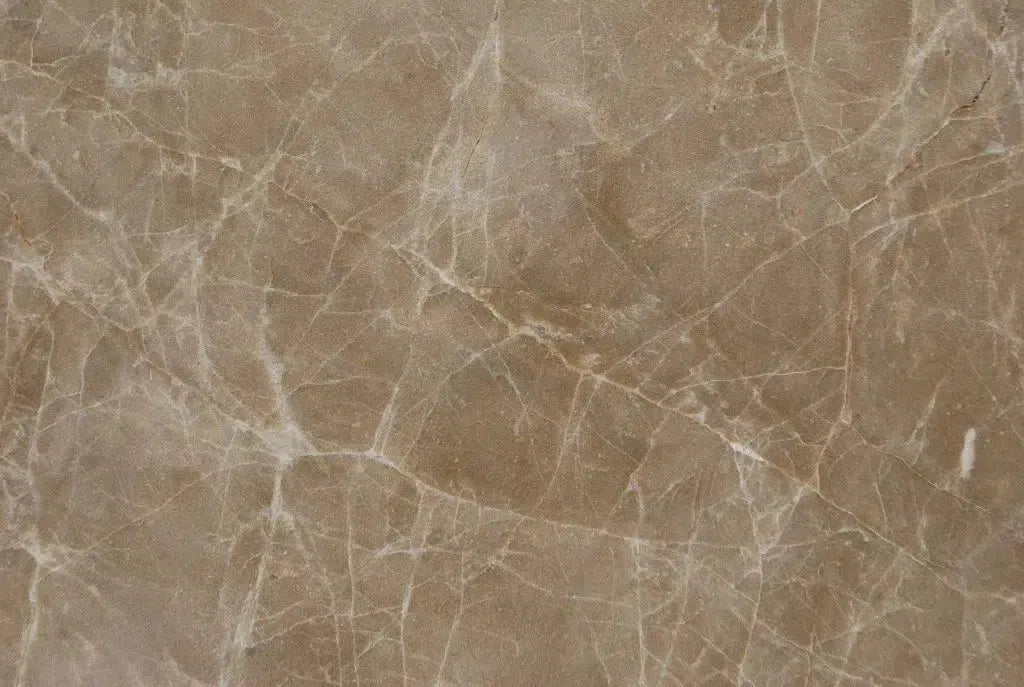 Emperador Light Marble
Emperador Light Marble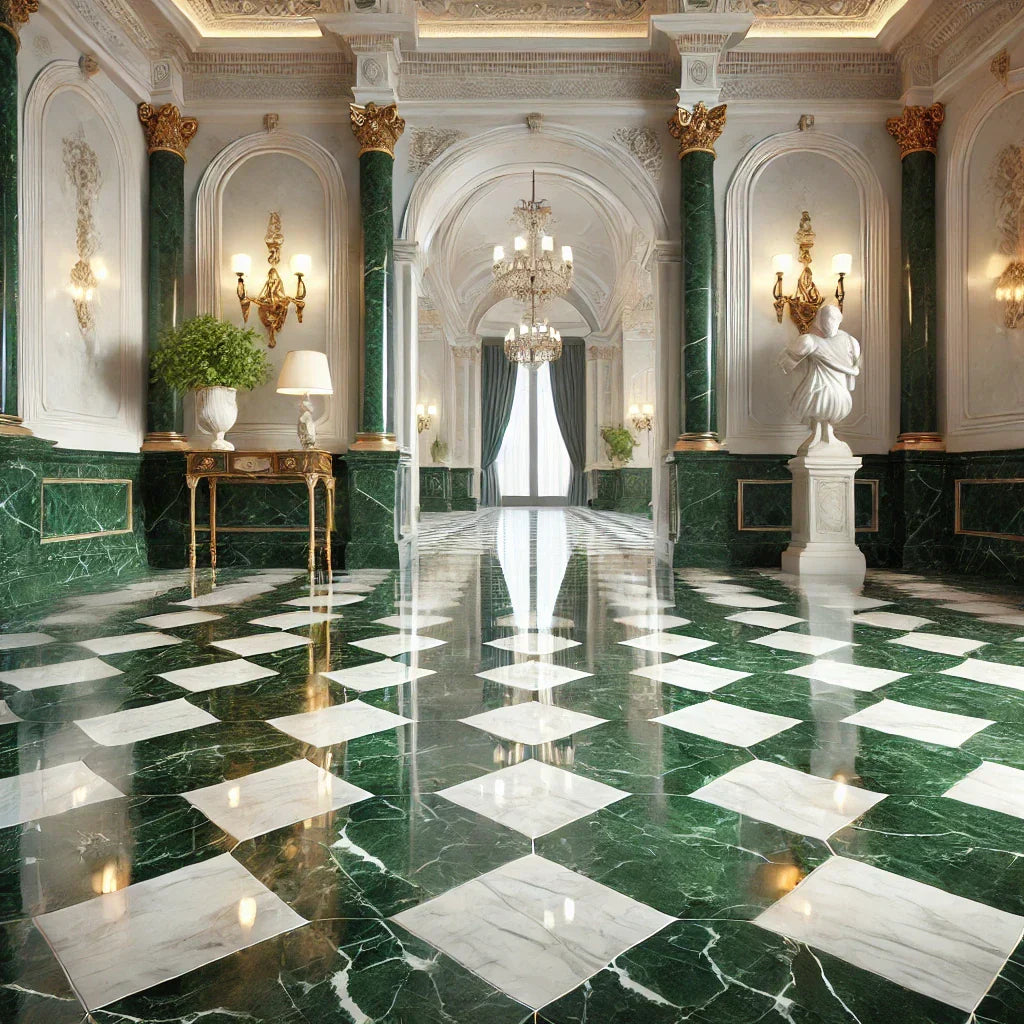 Empress Green Marble
Empress Green Marble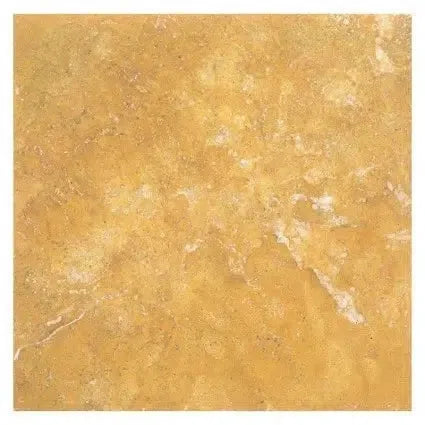 Gold/Yellow Travertine
Gold/Yellow Travertine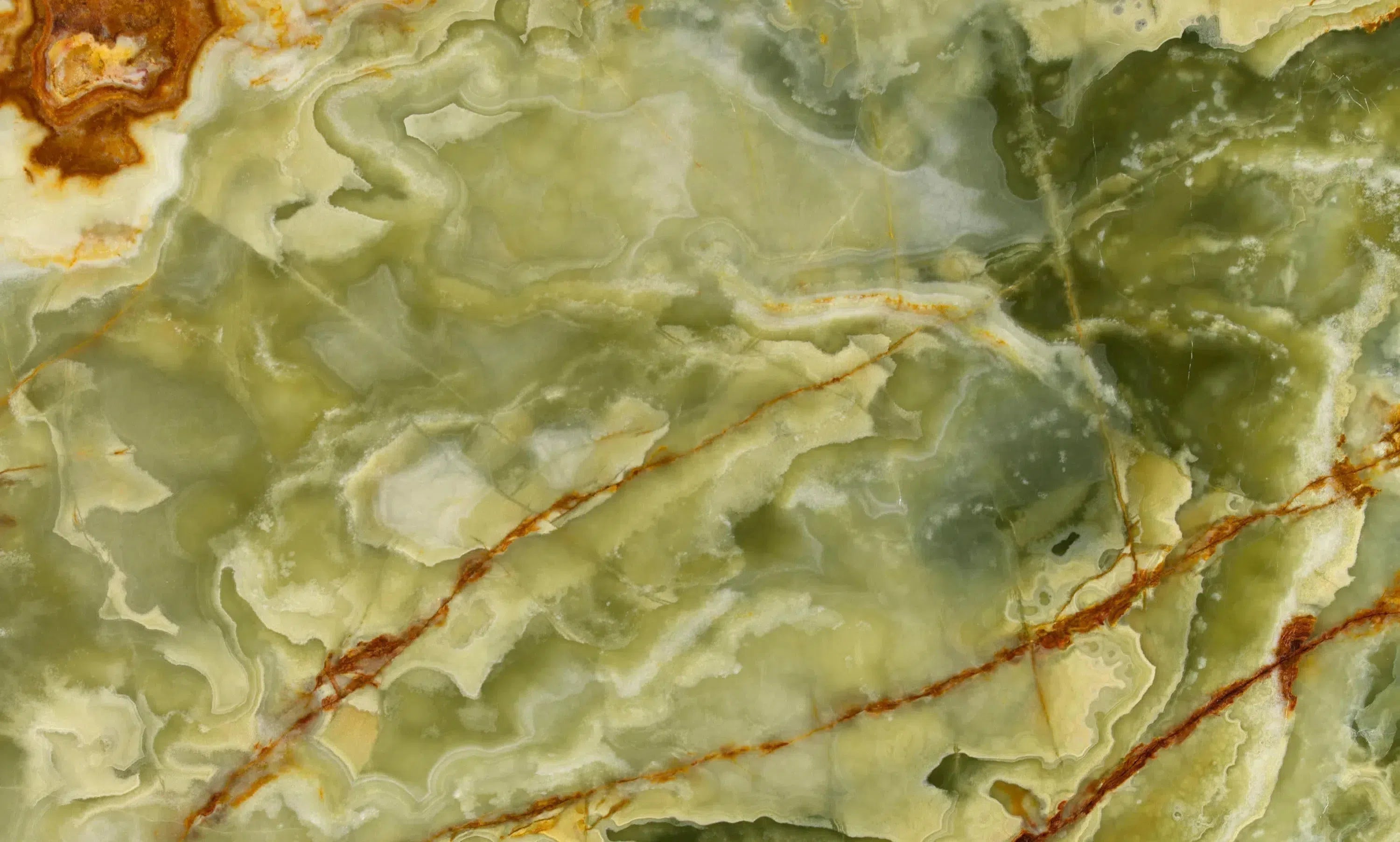 Green Onyx Marble
Green Onyx Marble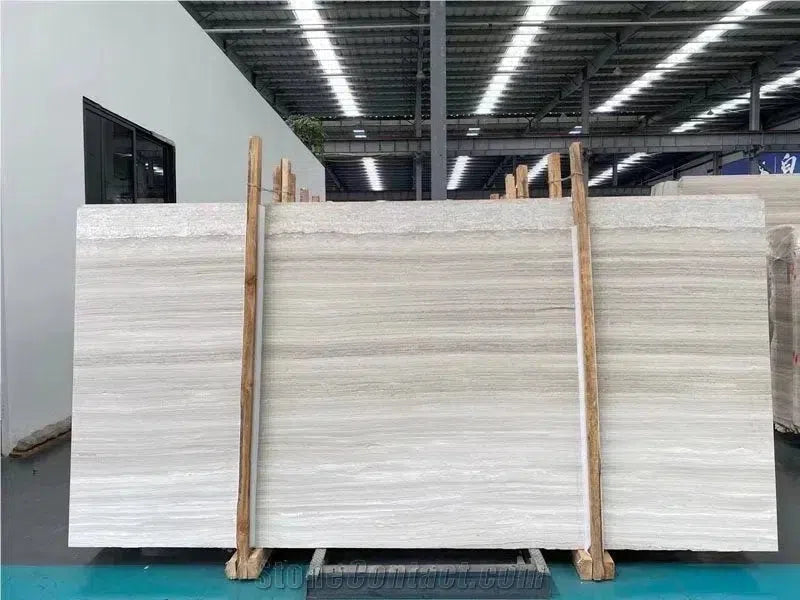 Haisa Light (White Wood) Limestone
Haisa Light (White Wood) Limestone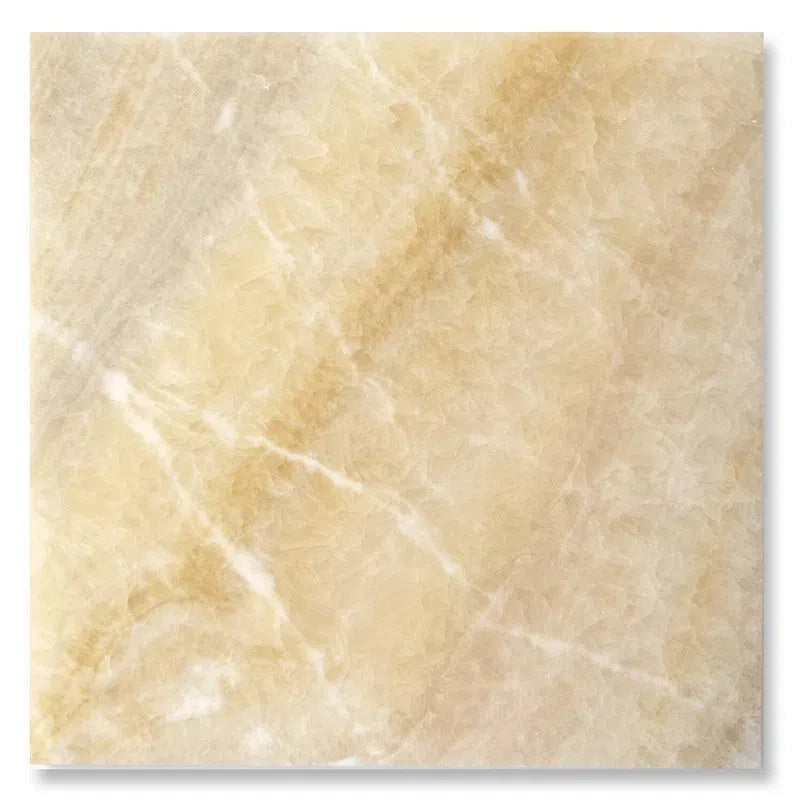 Honey Onyx Marble
Honey Onyx Marble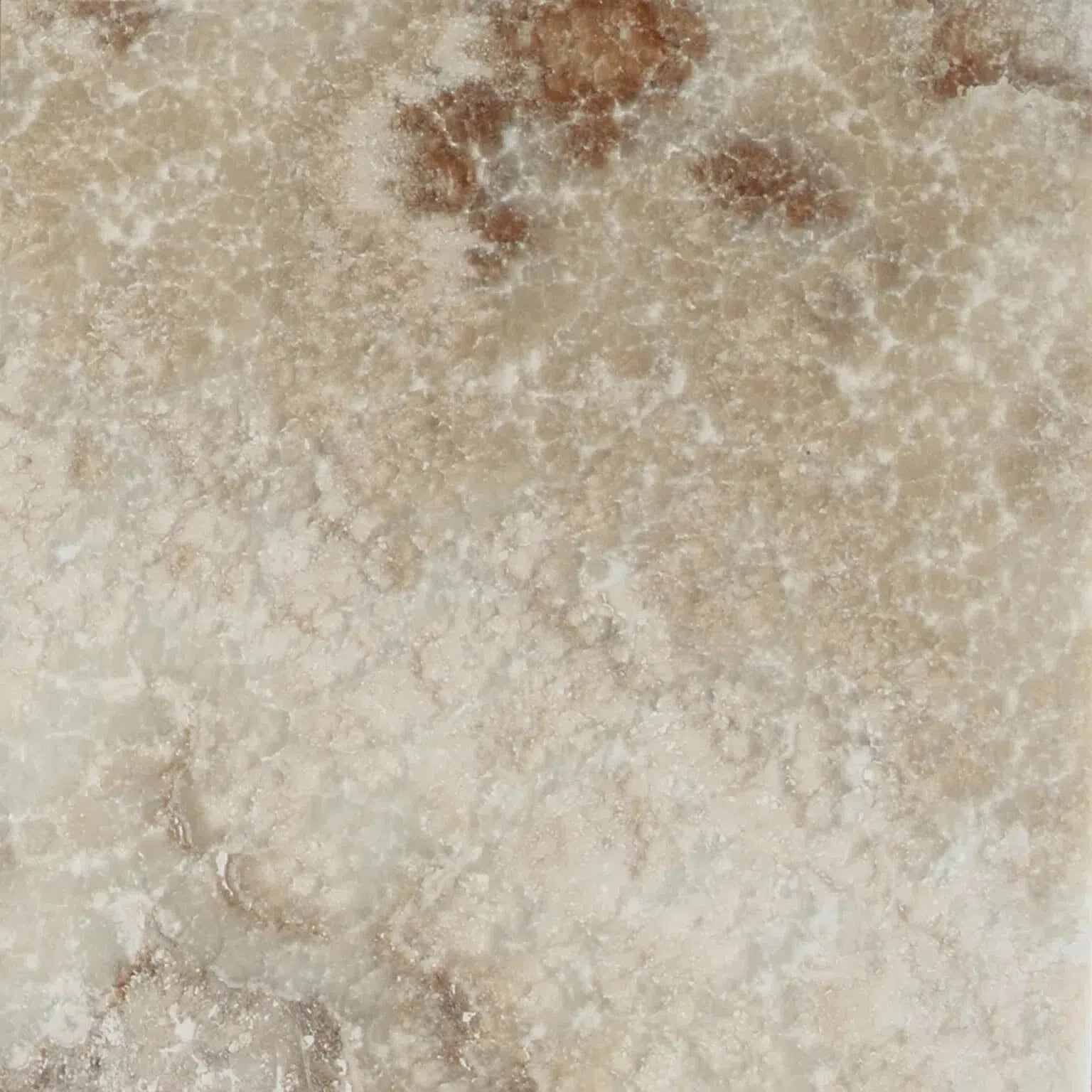 La Travonya Travertine
La Travonya Travertine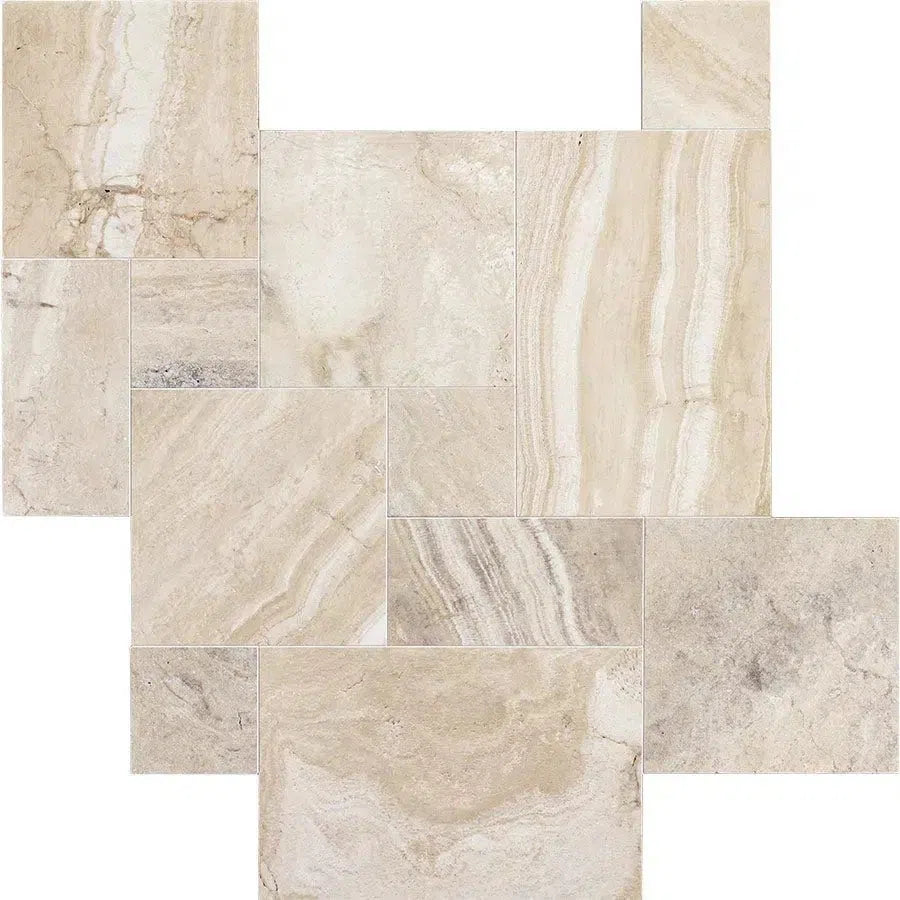 Malibu Travertine
Malibu Travertine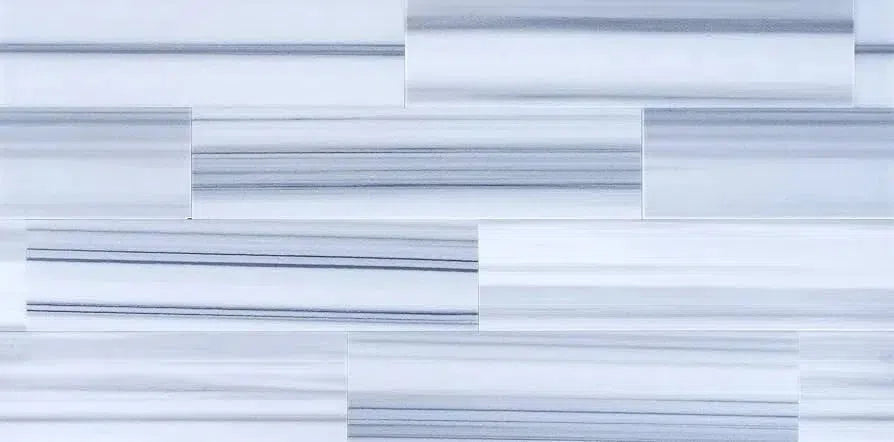 Mink (Equator) Marble
Mink (Equator) Marble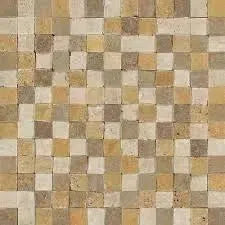 Mixed (Ivory-Noce-Gold) Travertine
Mixed (Ivory-Noce-Gold) Travertine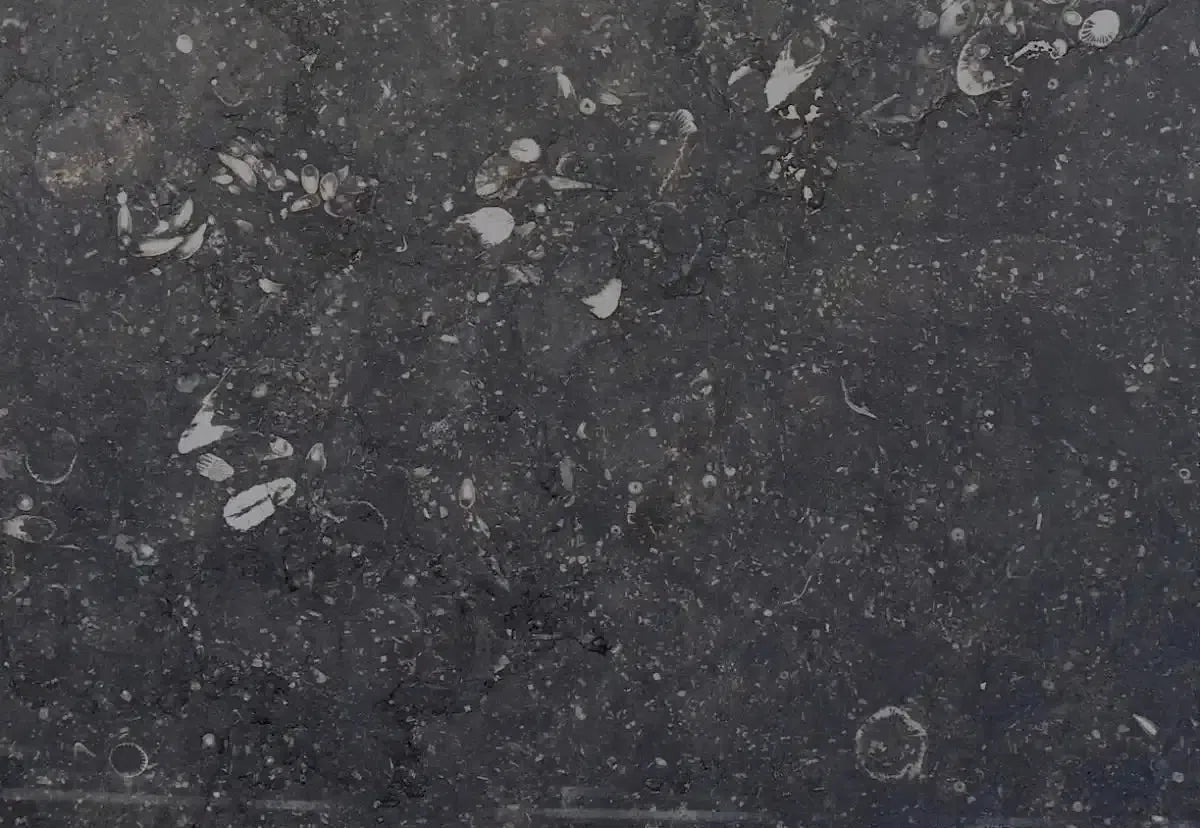 Pierre Bleue (Pierre Blue) Marble
Pierre Bleue (Pierre Blue) Marble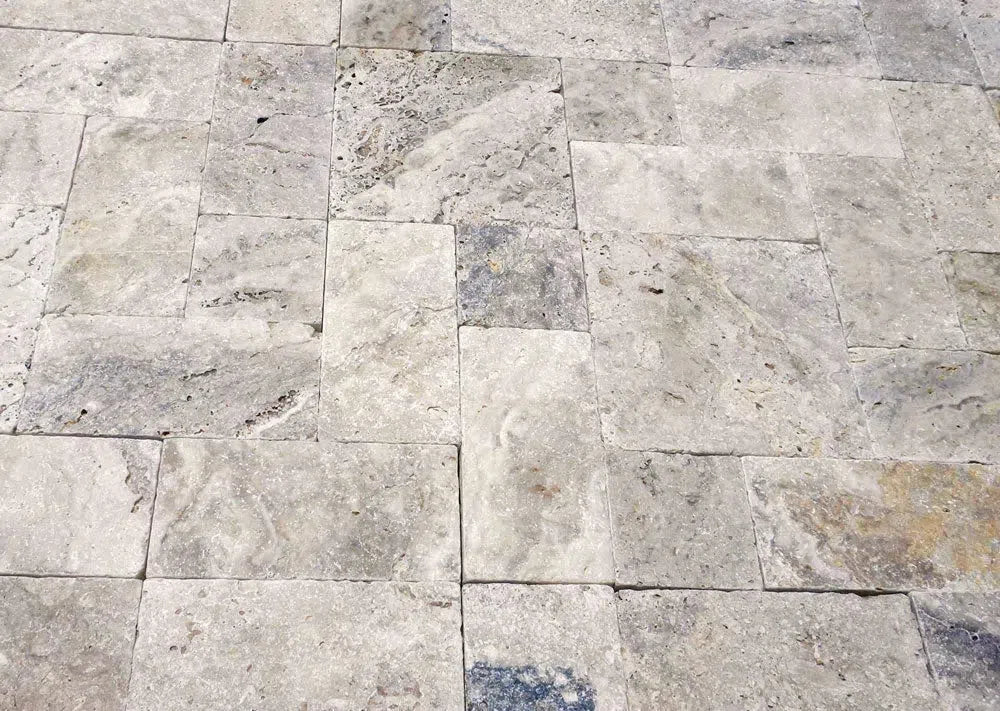 Philadelphia Travertine
Philadelphia Travertine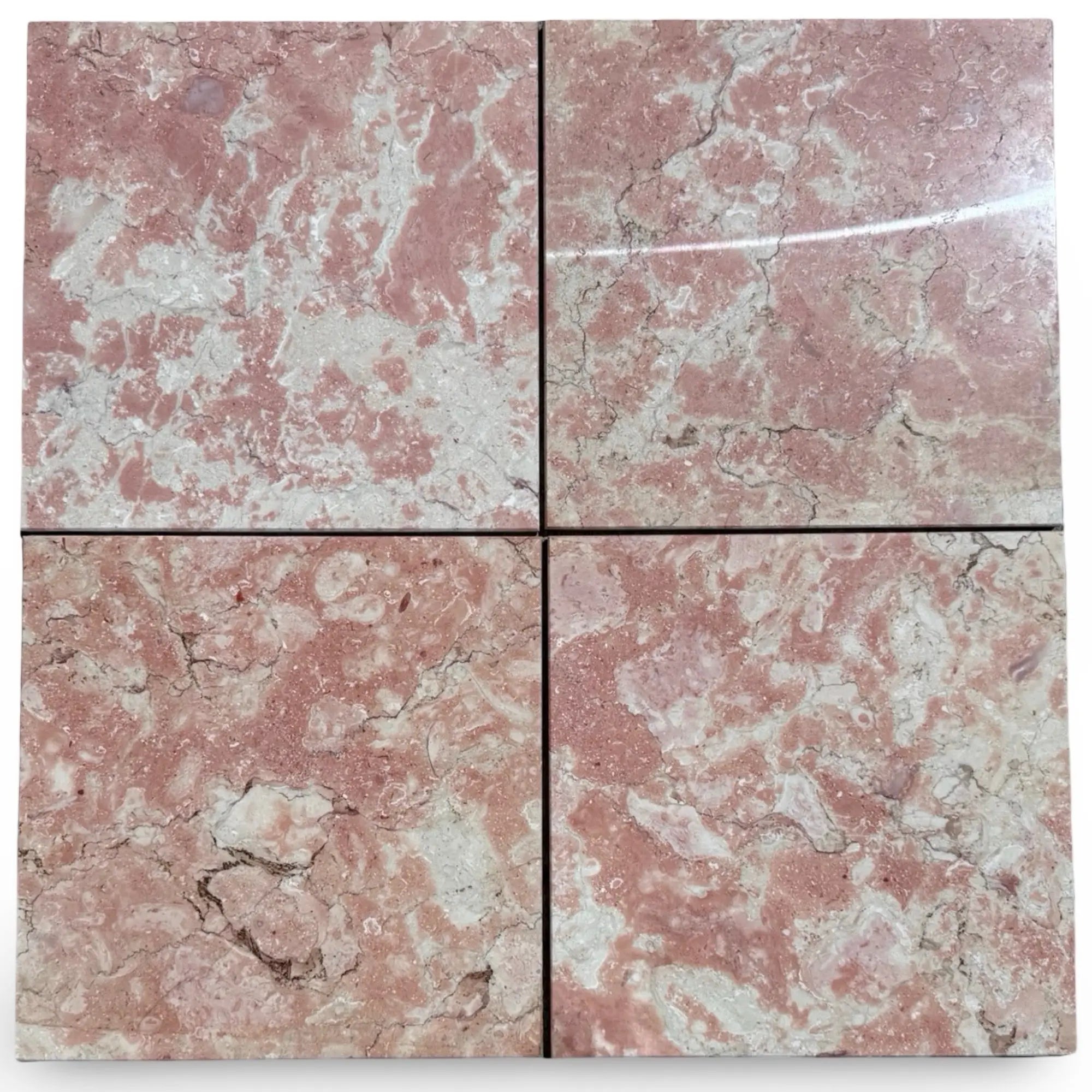 Rosé Aurora Marble
Rosé Aurora Marble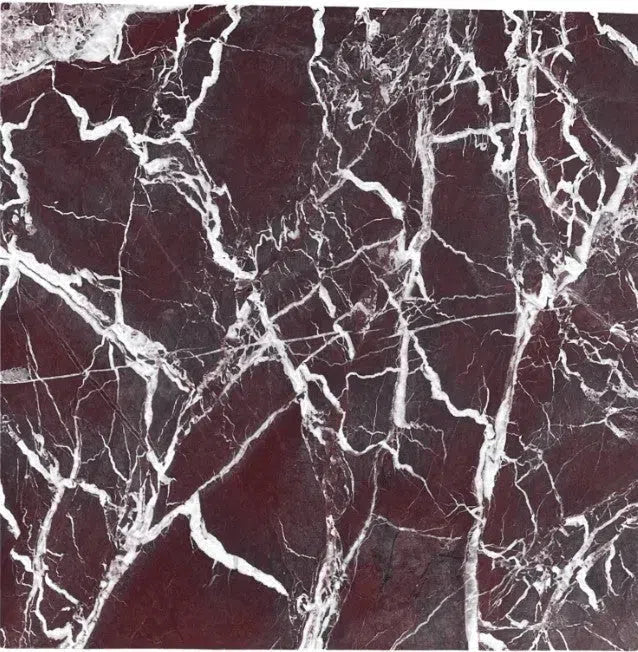 Rosso Levanto Marble
Rosso Levanto Marble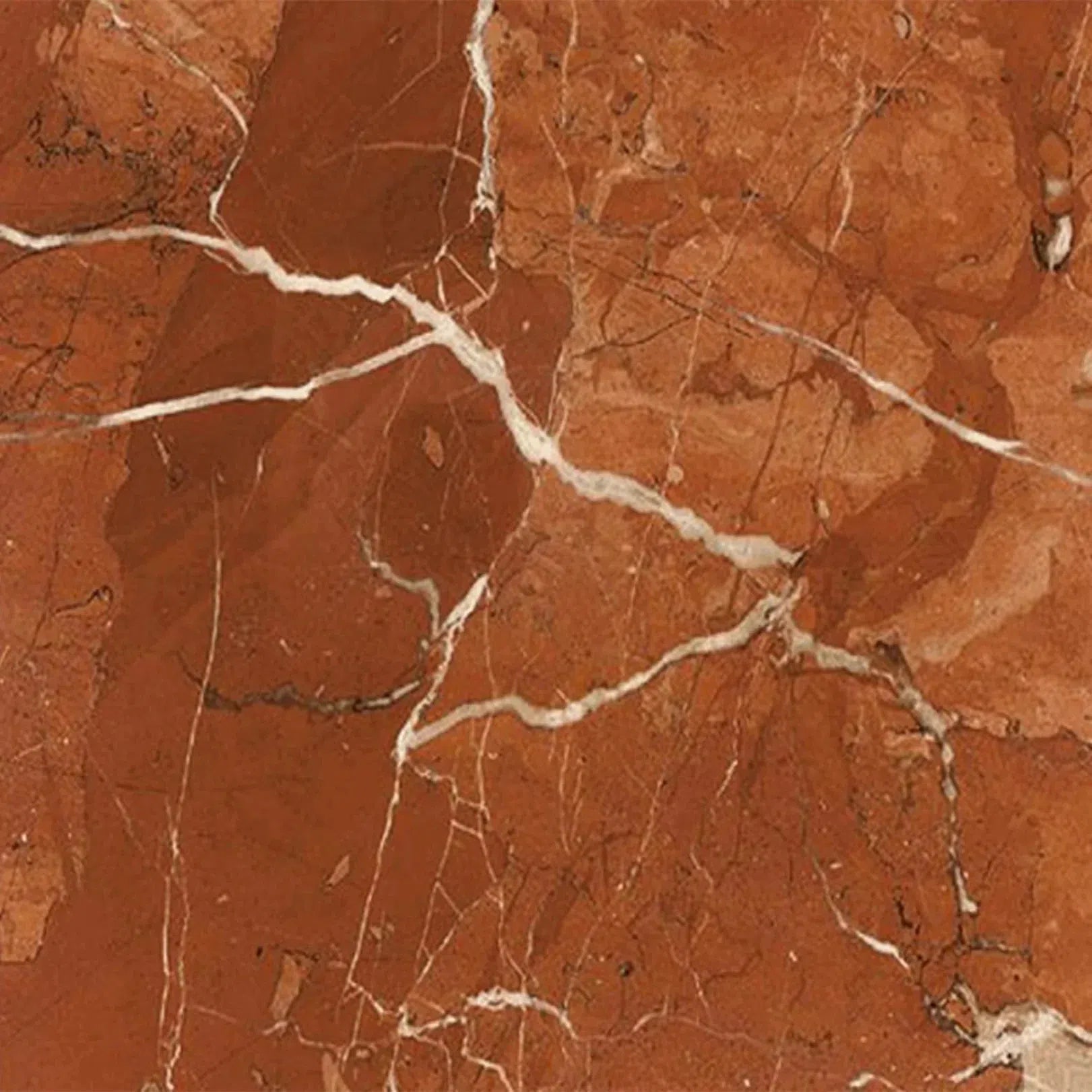 Rojo Alicante Marble
Rojo Alicante Marble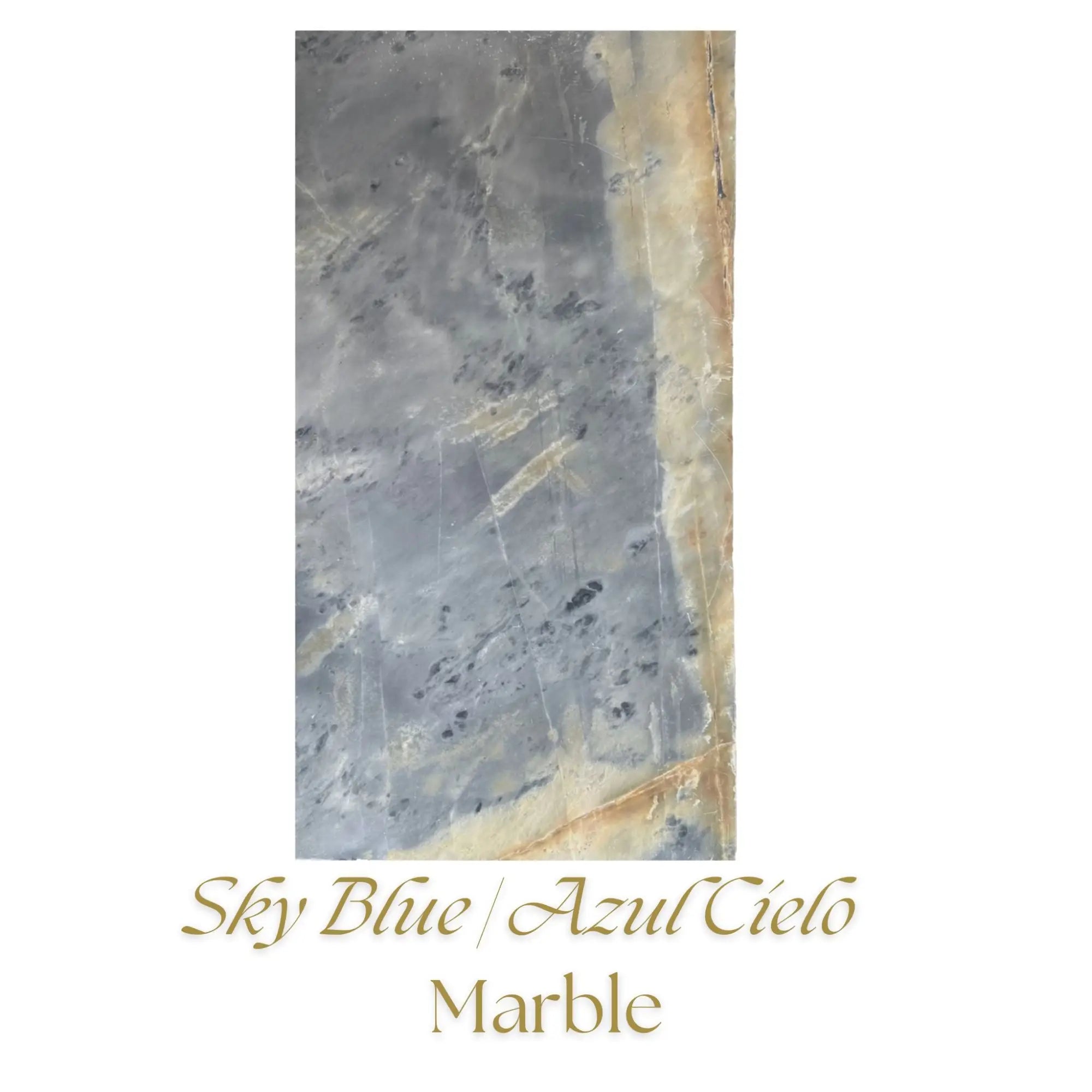 Sky Blue | Azul Cielo Marble
Sky Blue | Azul Cielo Marble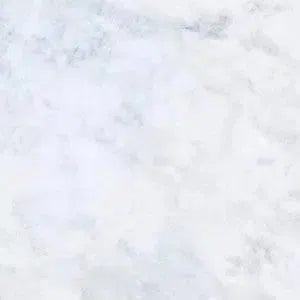 Snow White (Afyon White) Marble
Snow White (Afyon White) Marble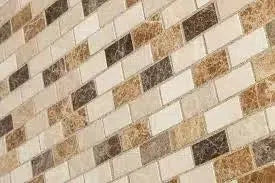 Spanish Mix Marble
Spanish Mix Marble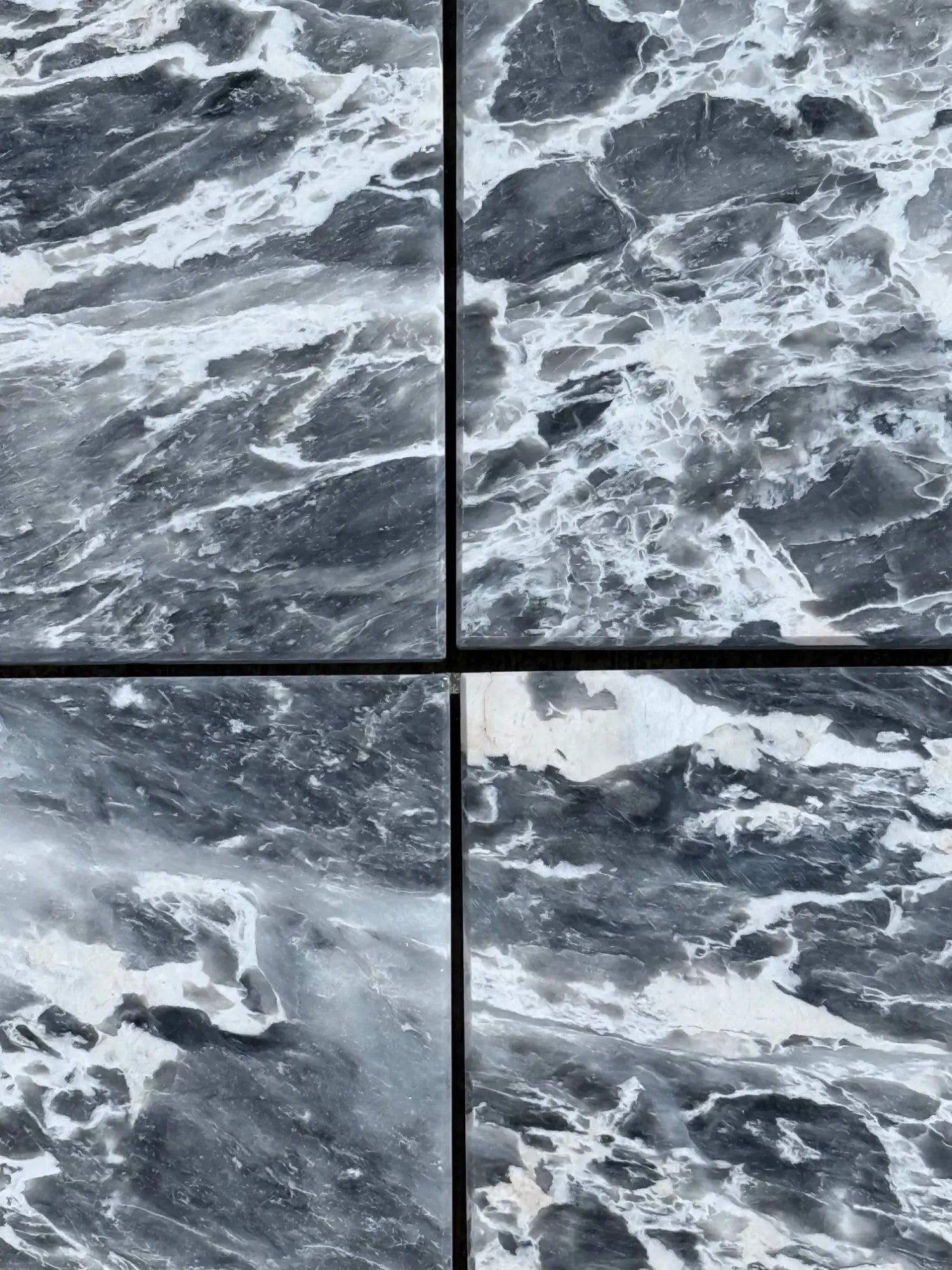 Storm Gray Marble
Storm Gray Marble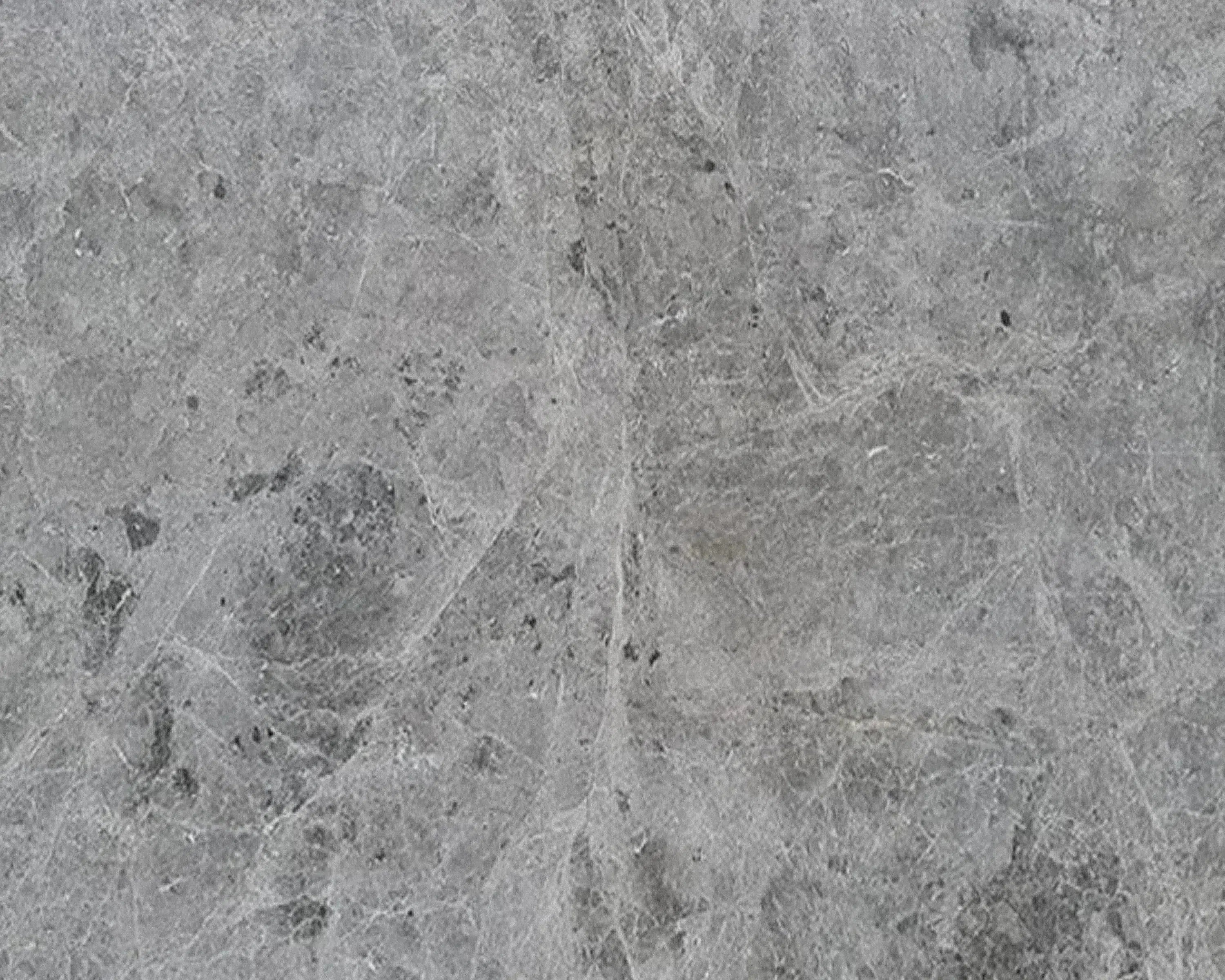 Tundra Gray (Atlantic Gray) Marble
Tundra Gray (Atlantic Gray) Marble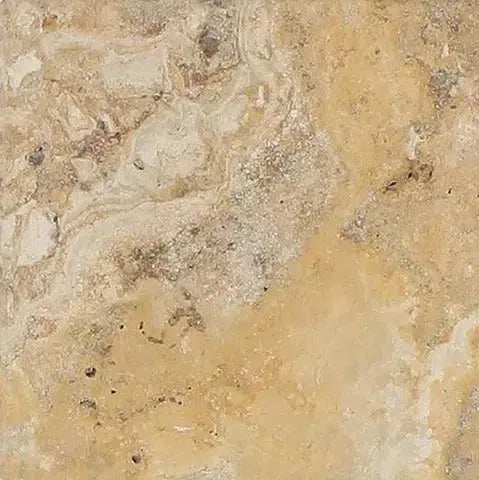 Valencia Travertine
Valencia Travertine Valerenga Travertine
Valerenga Travertine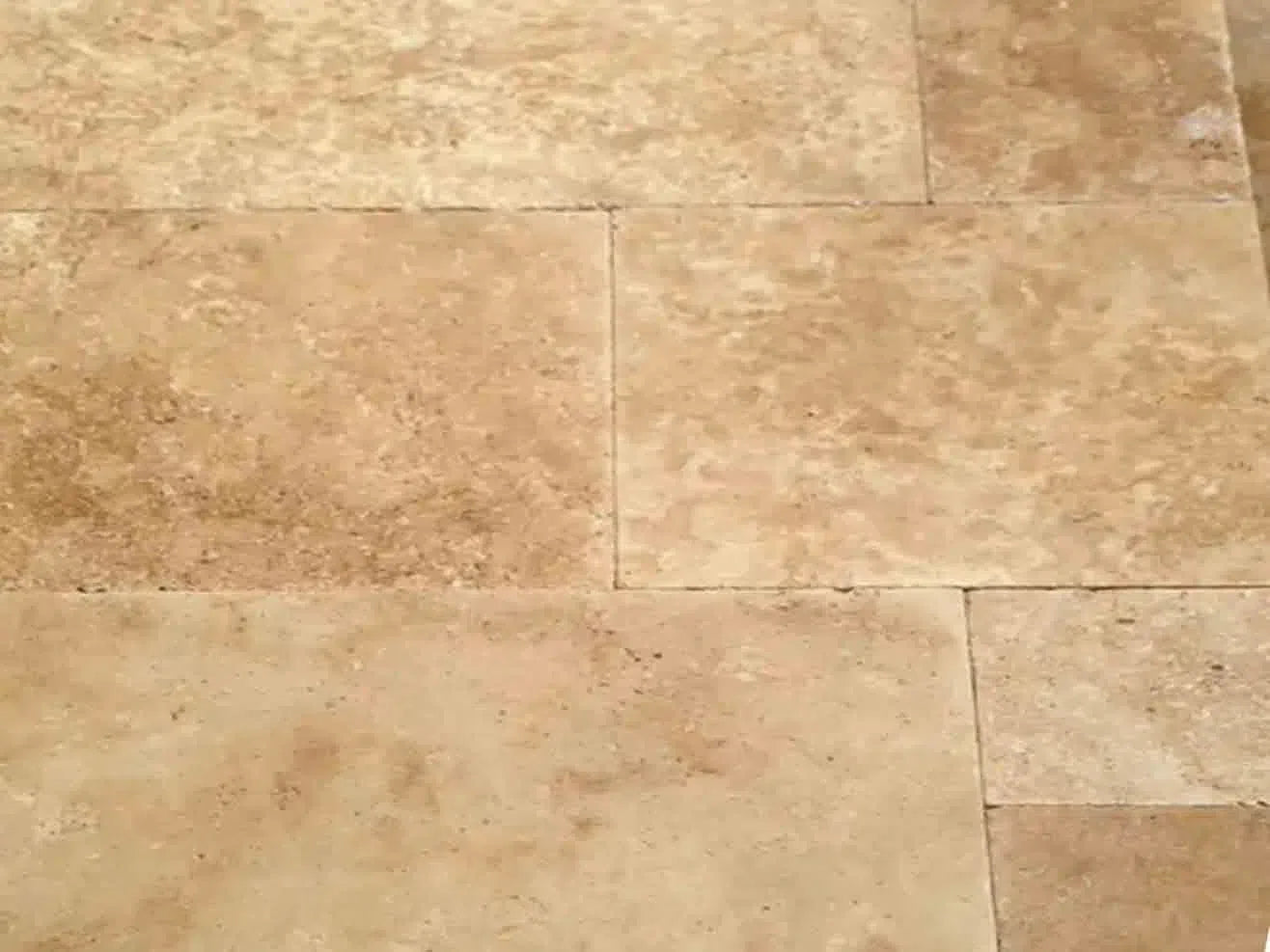 Walnut Travertine
Walnut Travertine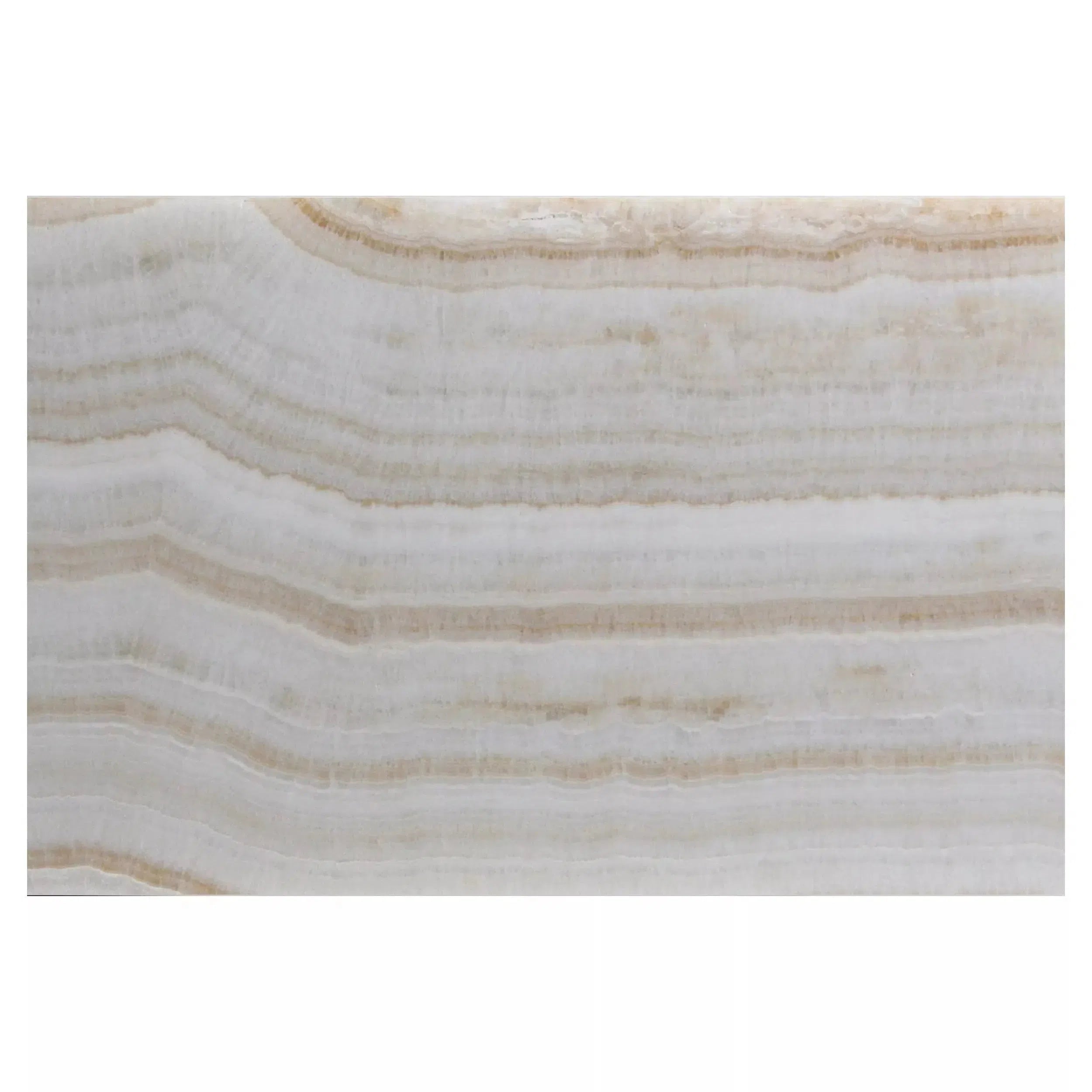 White Onyx Marble
White Onyx Marble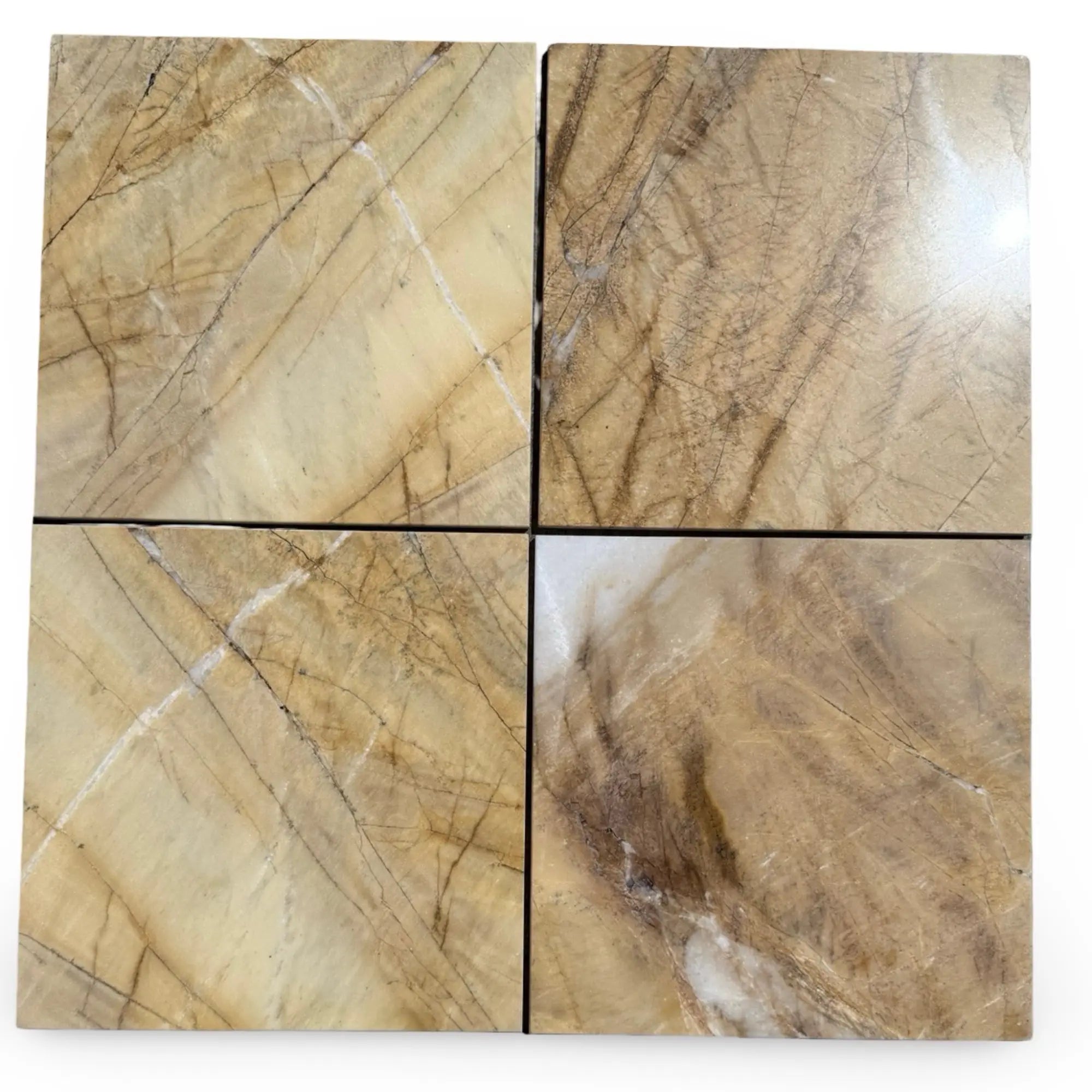 Golden Horizon Marble
Golden Horizon Marble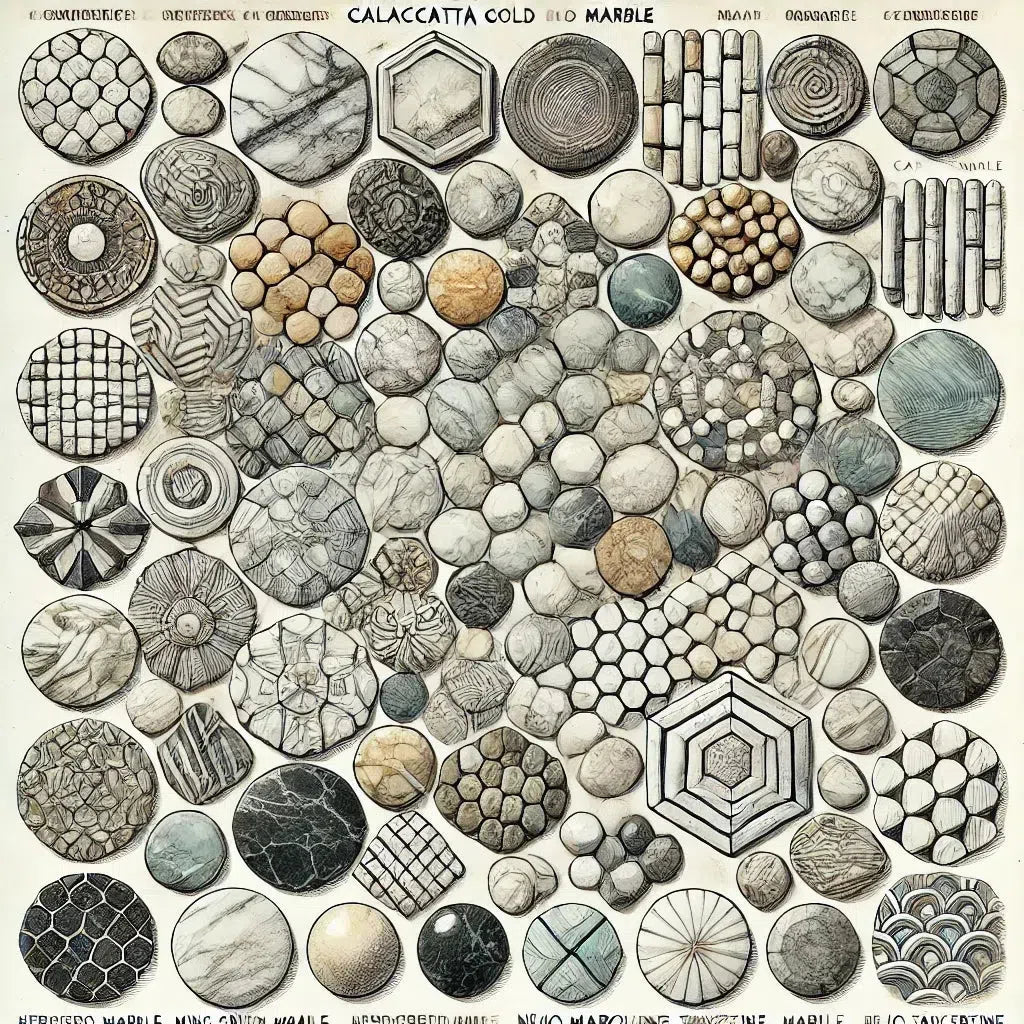 Shop By Type
Shop By Type
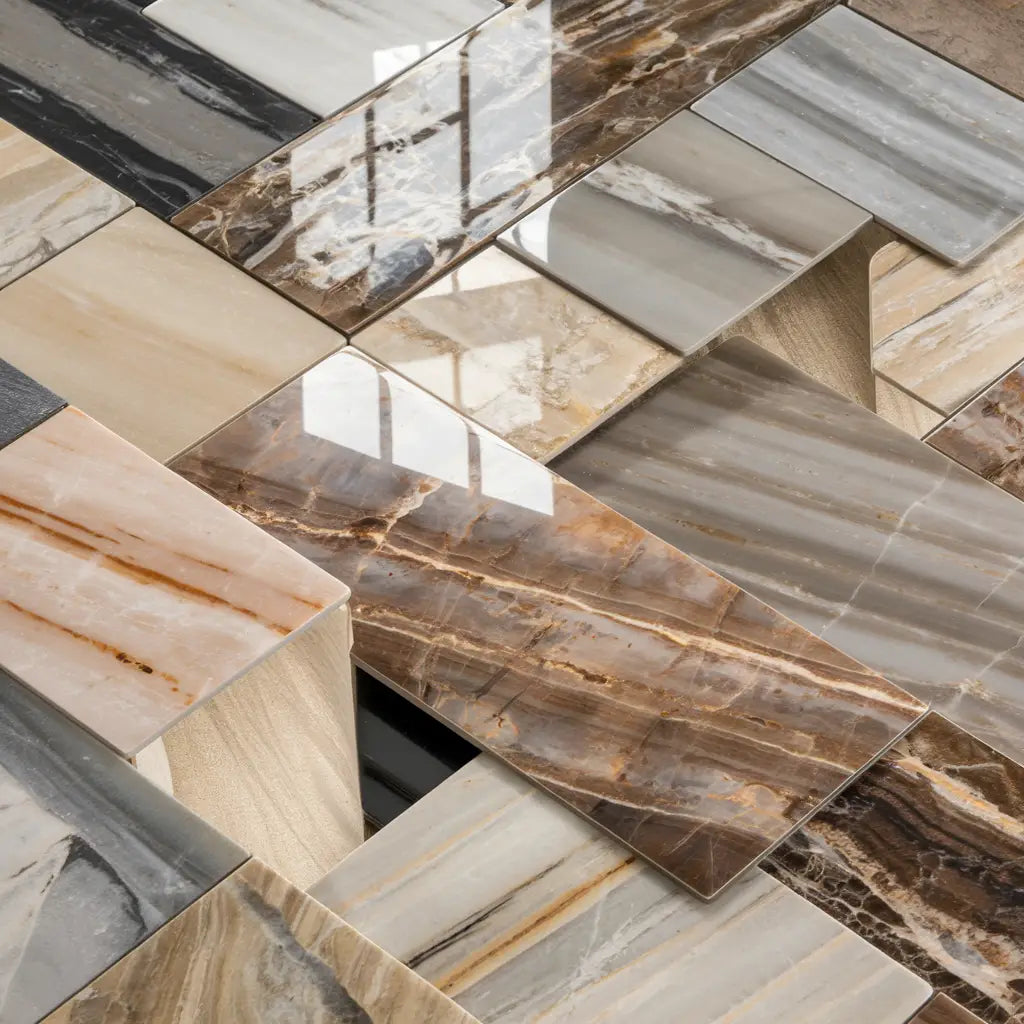 Marble Tiles
Marble Tiles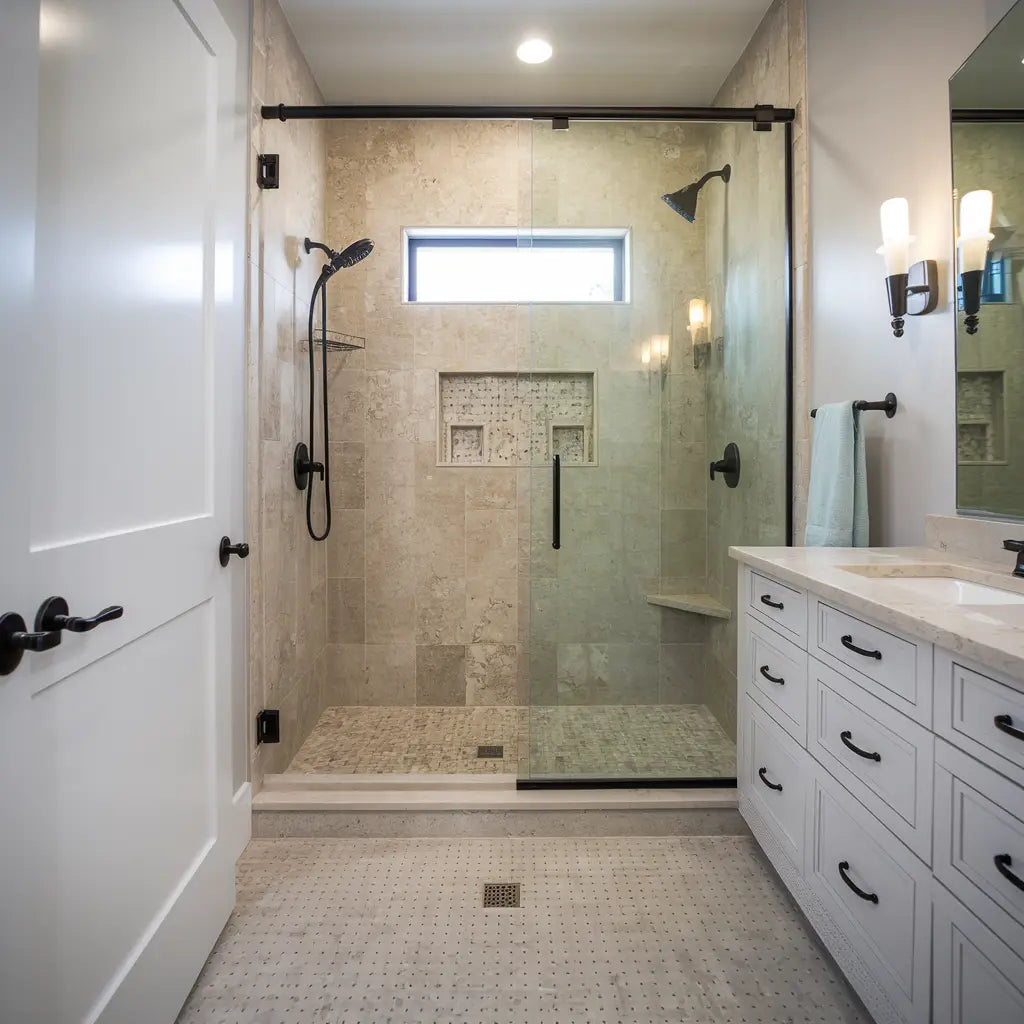 Marble Mosaic
Marble Mosaic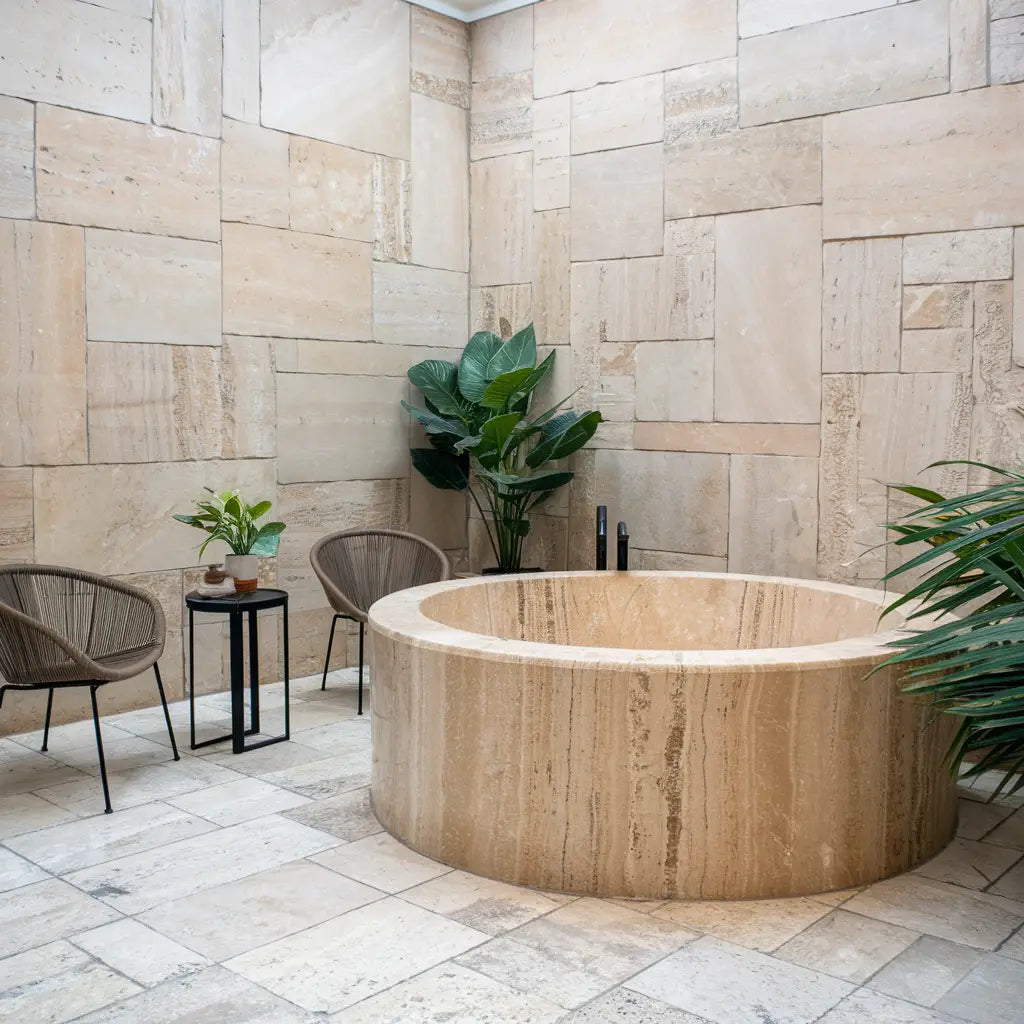 Travertine Tiles
Travertine Tiles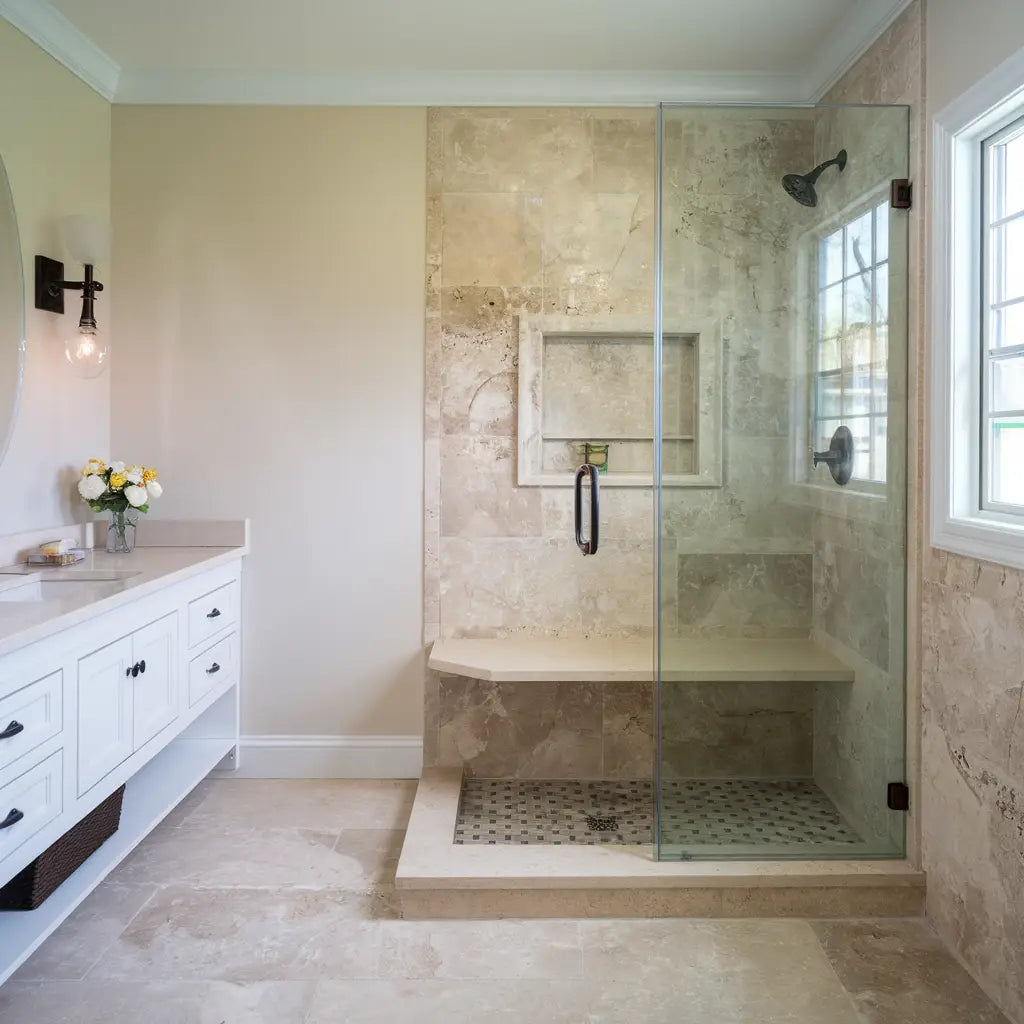 Travertine Mosaic
Travertine Mosaic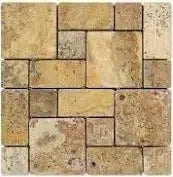 4 pcs Versailles Pattern / French Pattern Set
4 pcs Versailles Pattern / French Pattern Set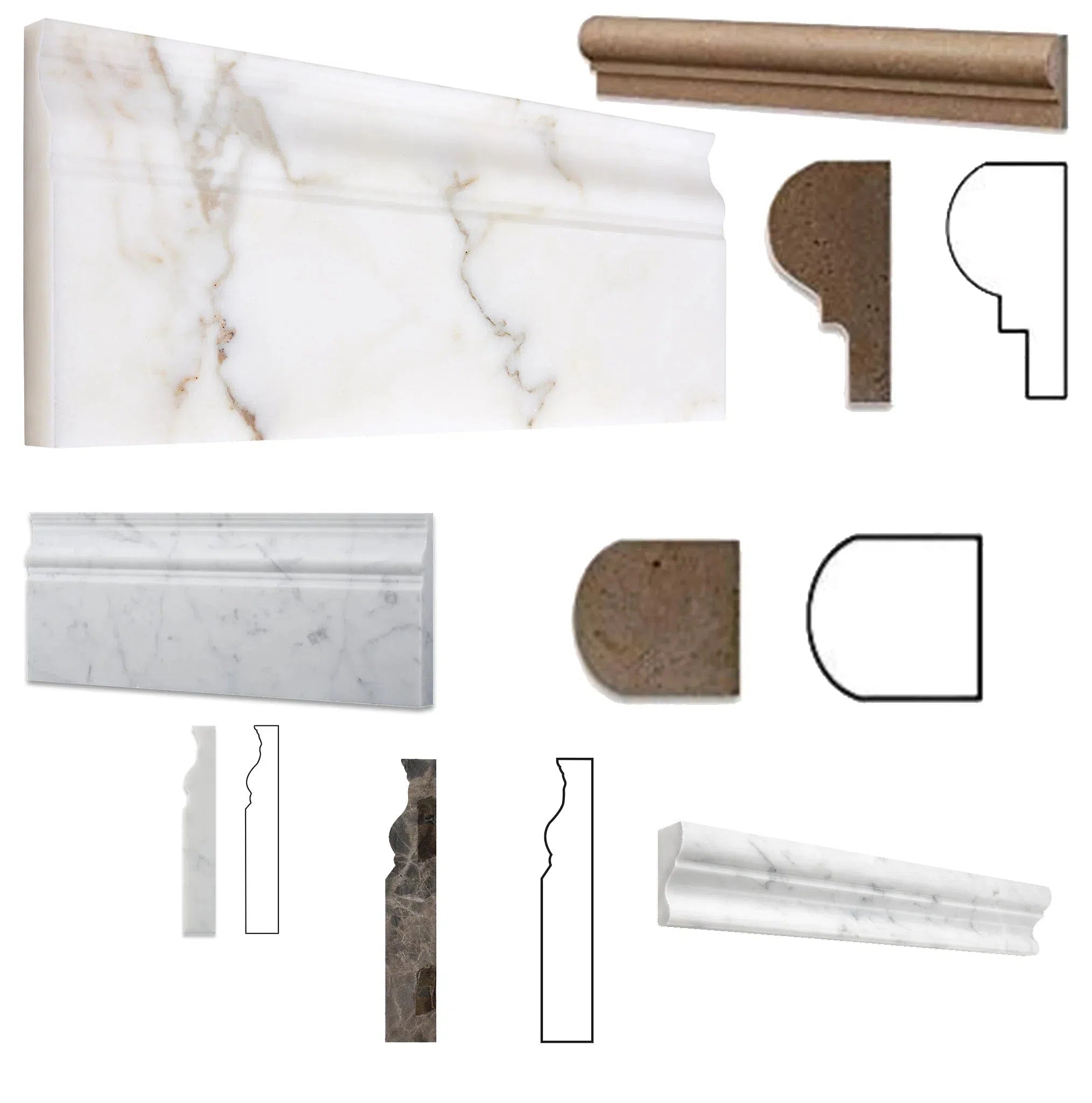 Molding/Trim
Molding/Trim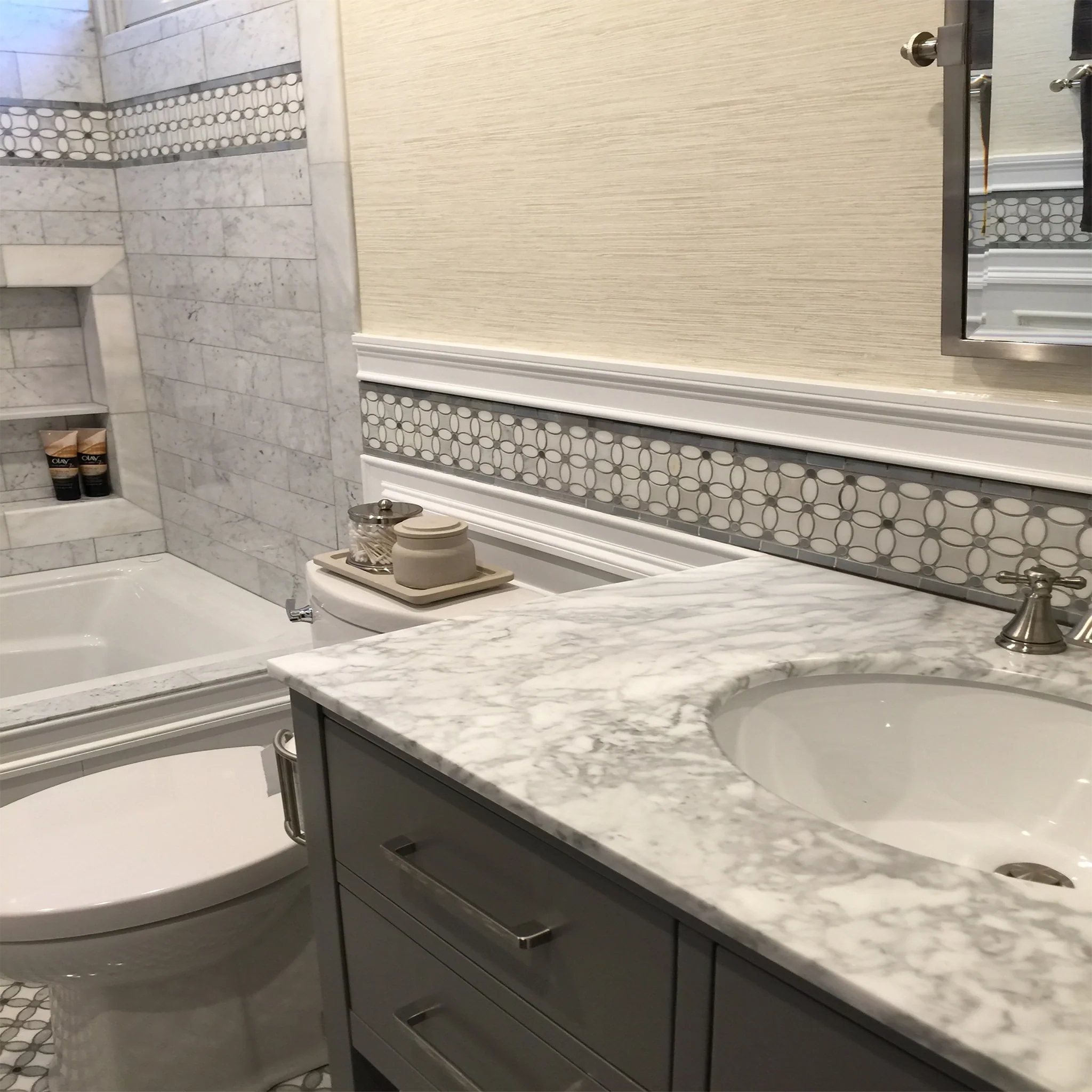 Border/Listello
Border/Listello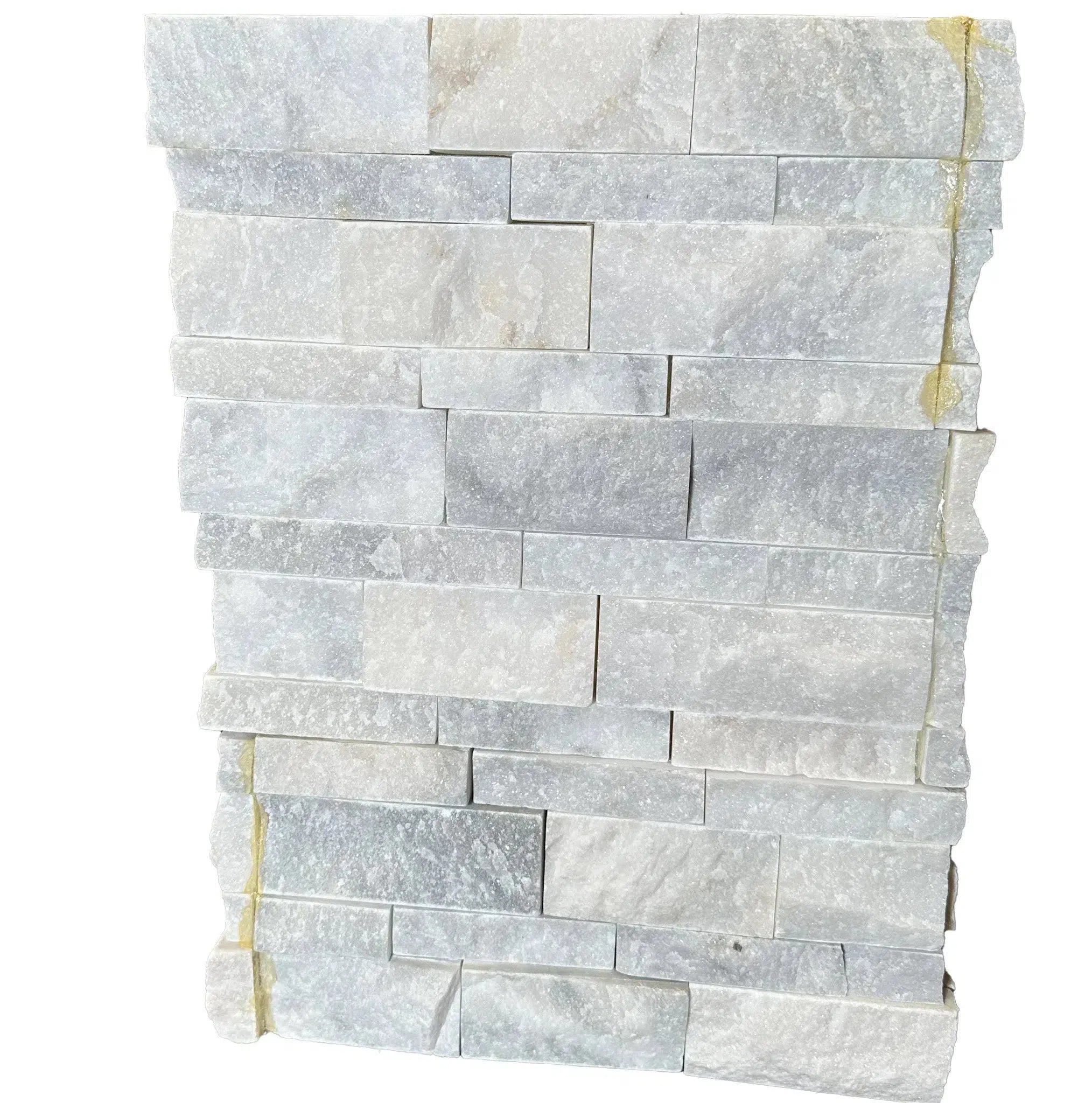 Ledger-Panel
Ledger-Panel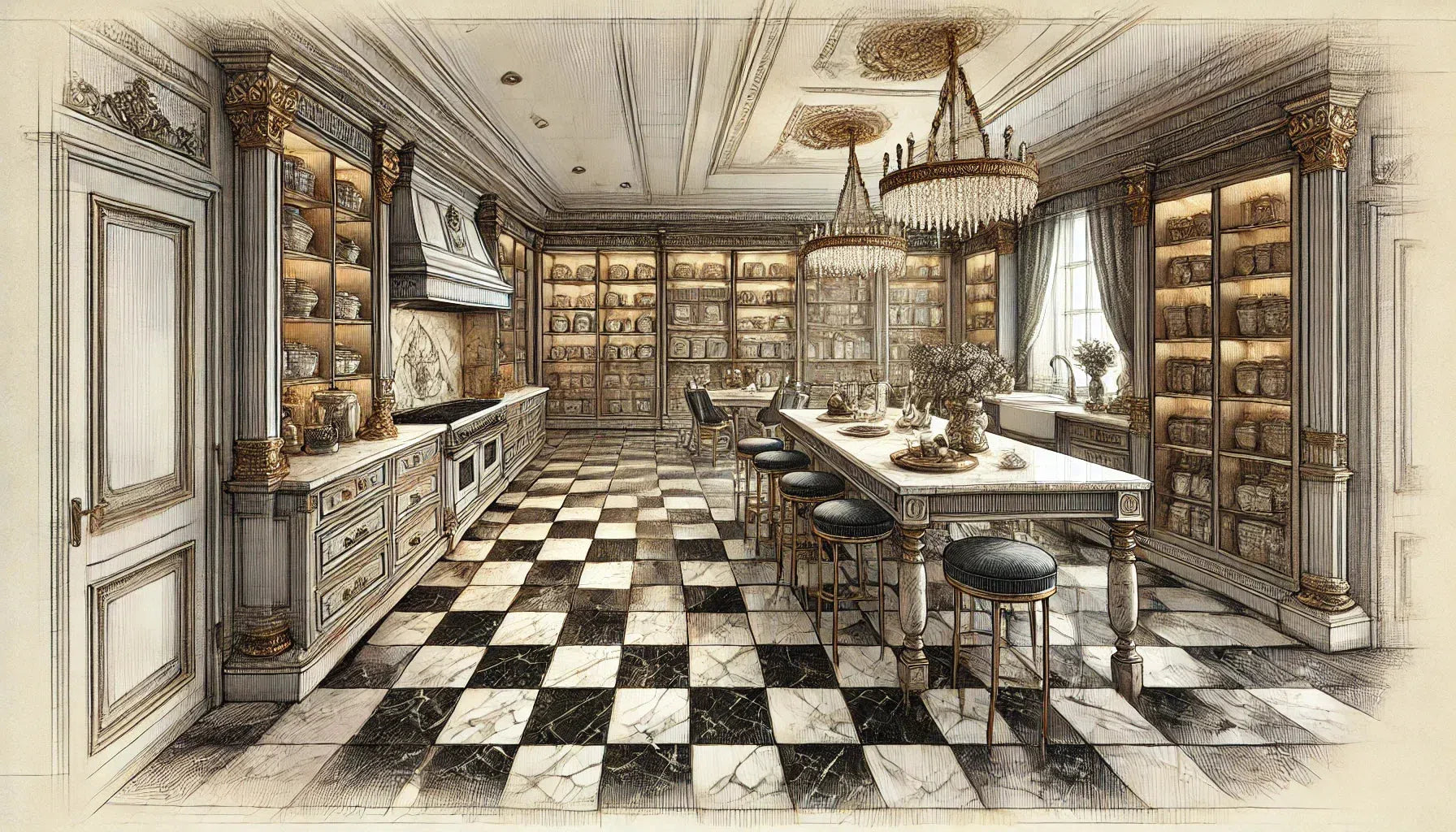 Checkerboard
Checkerboard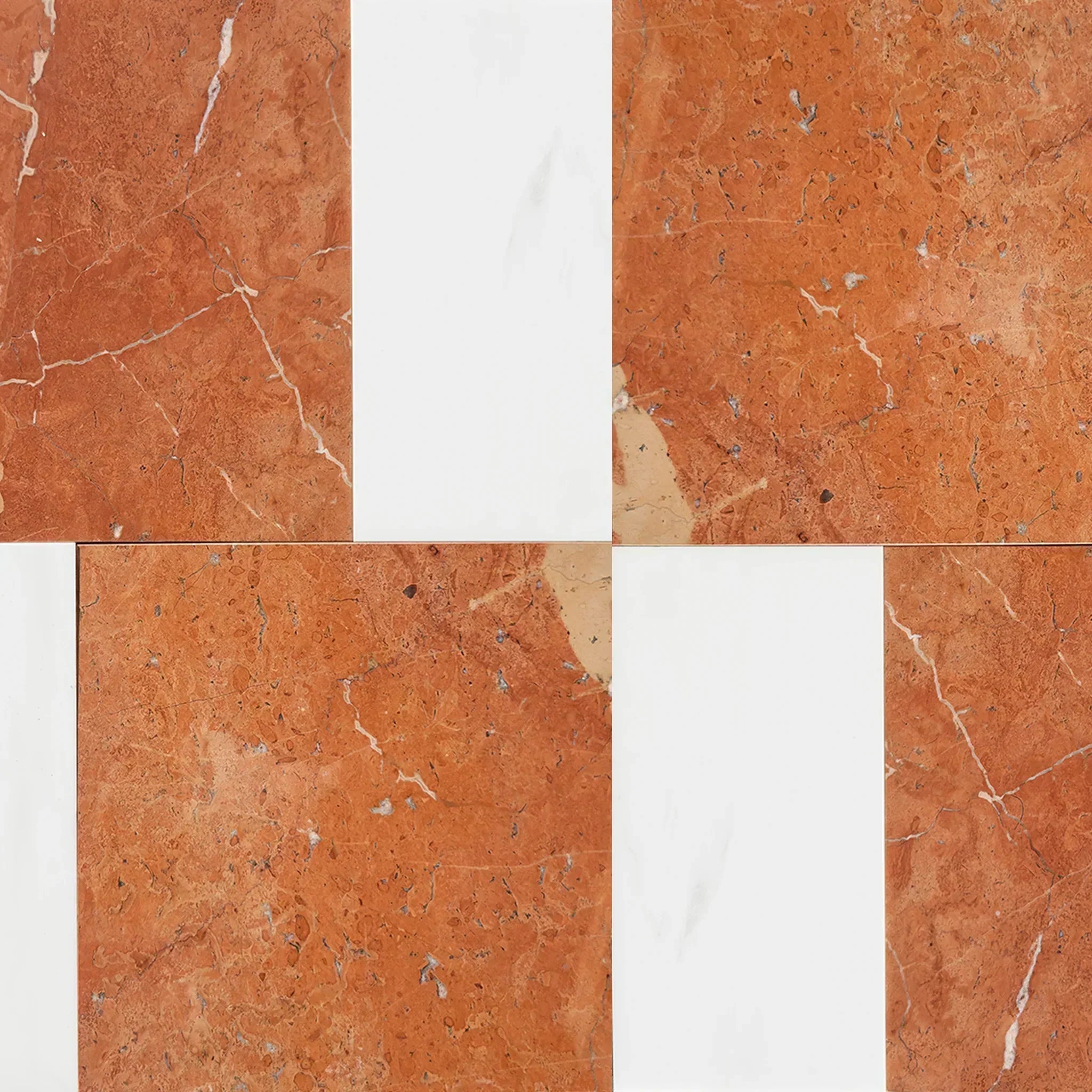 Patterned Tile Collection
Patterned Tile Collection 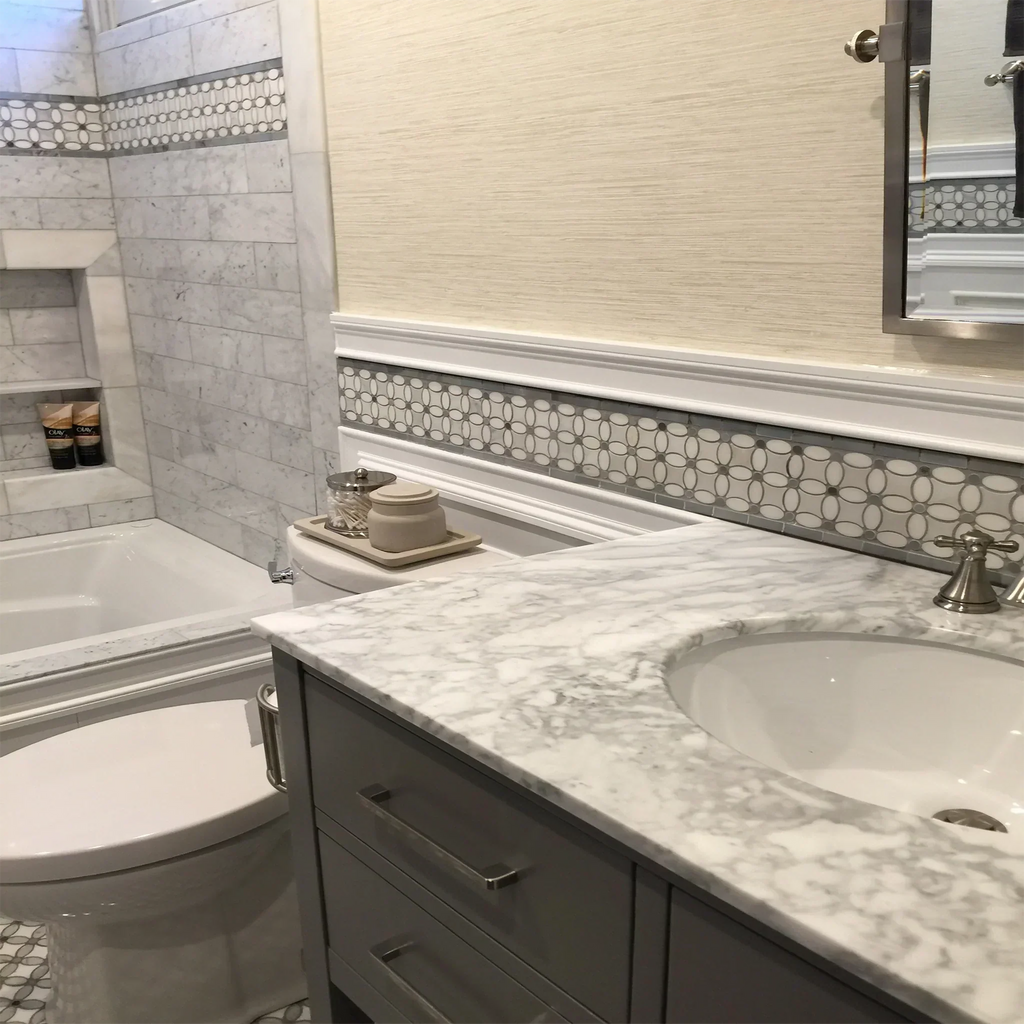 Shop By Finish
Shop By Finish
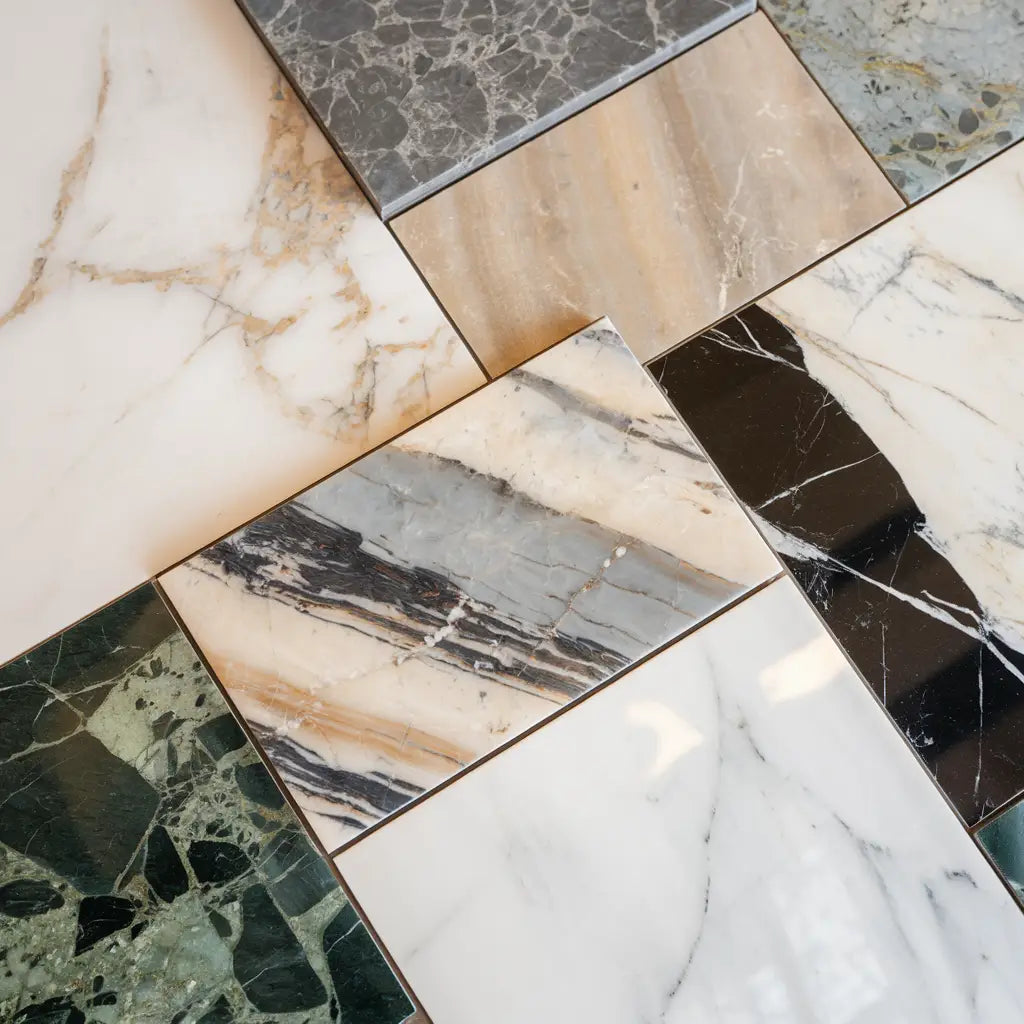 Polished
Polished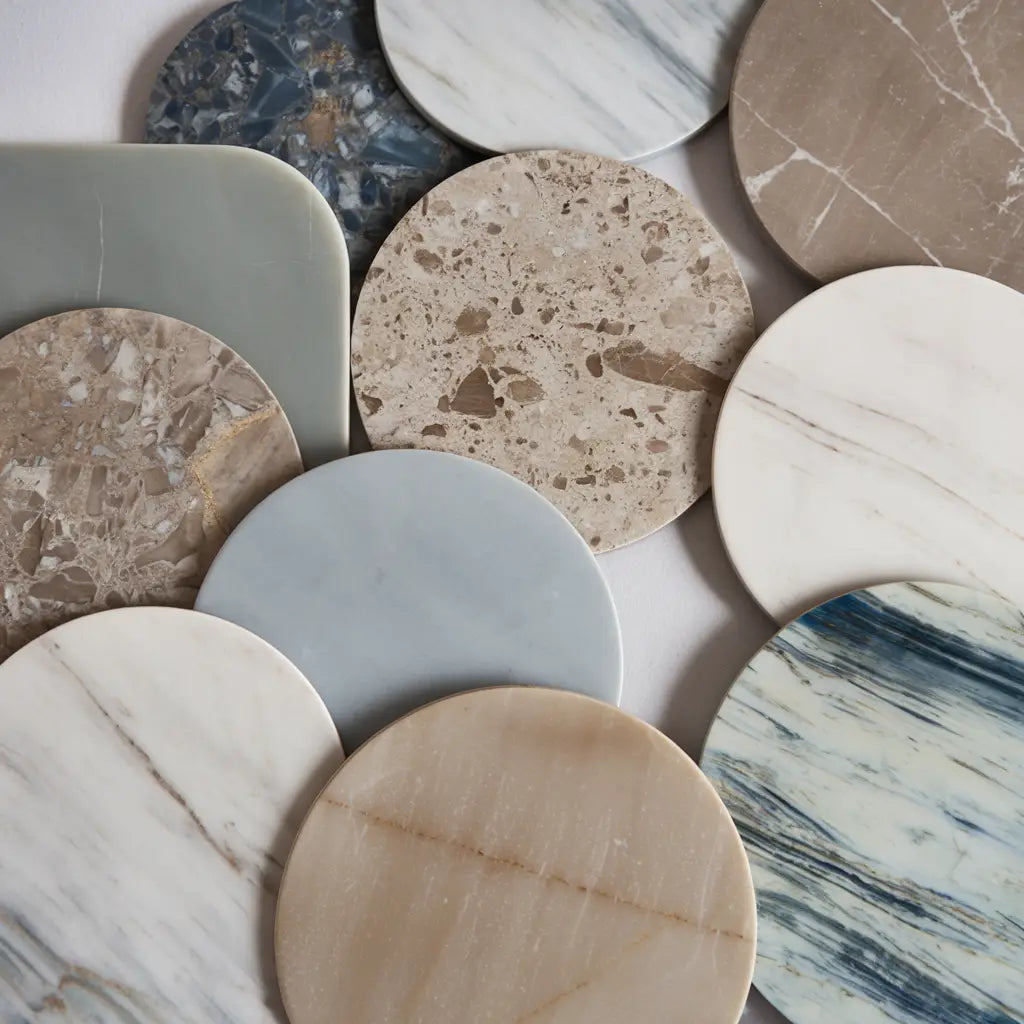 Honed
Honed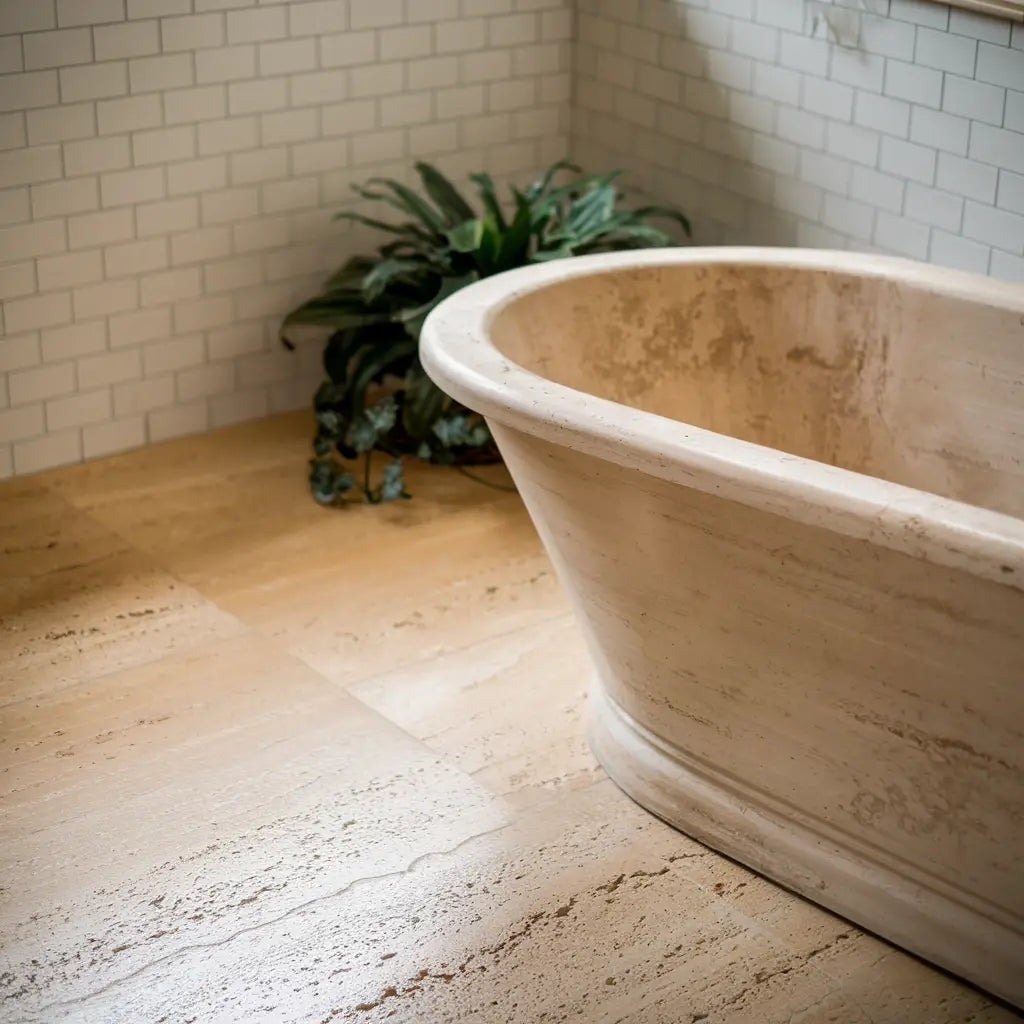 Brushed
Brushed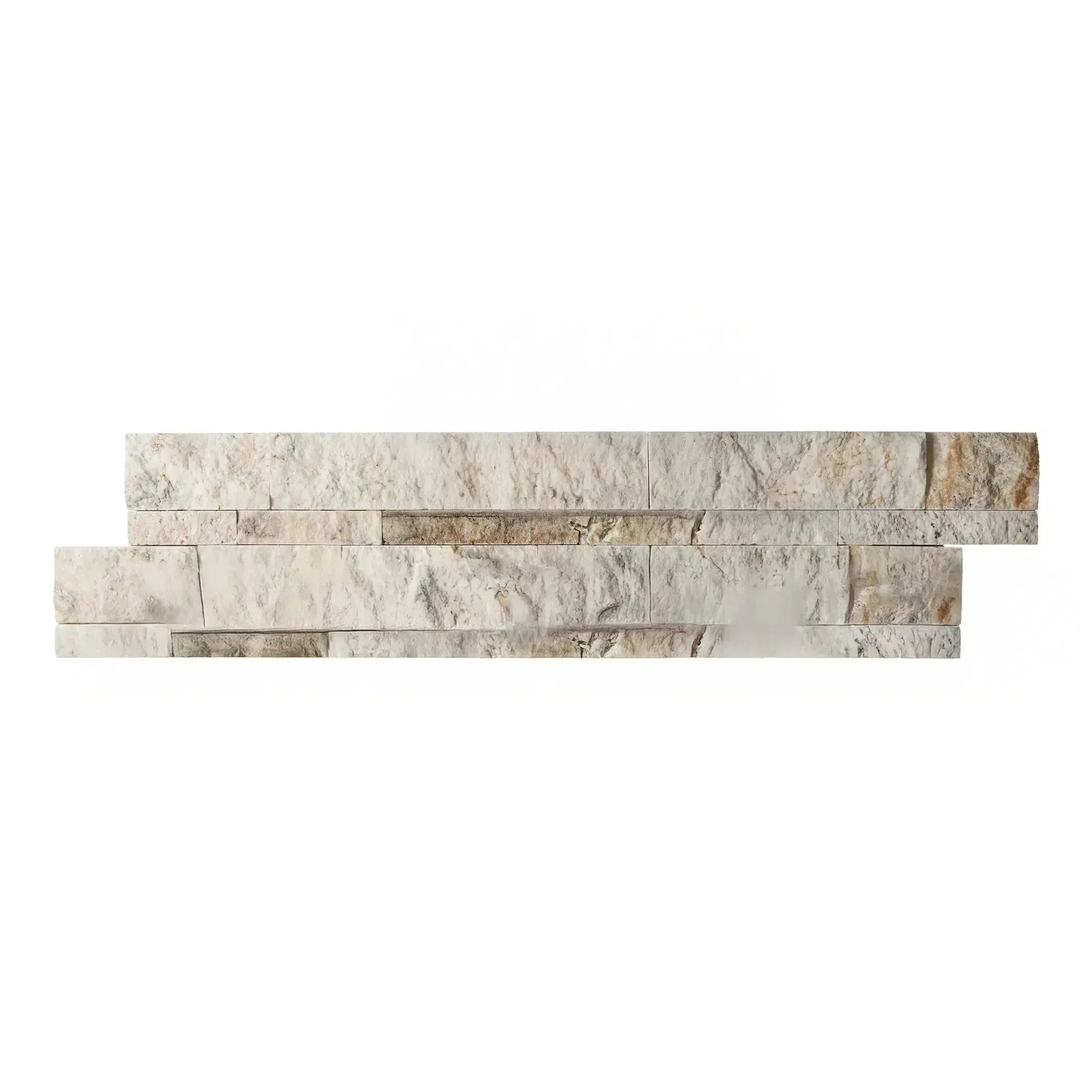 Split Face
Split Face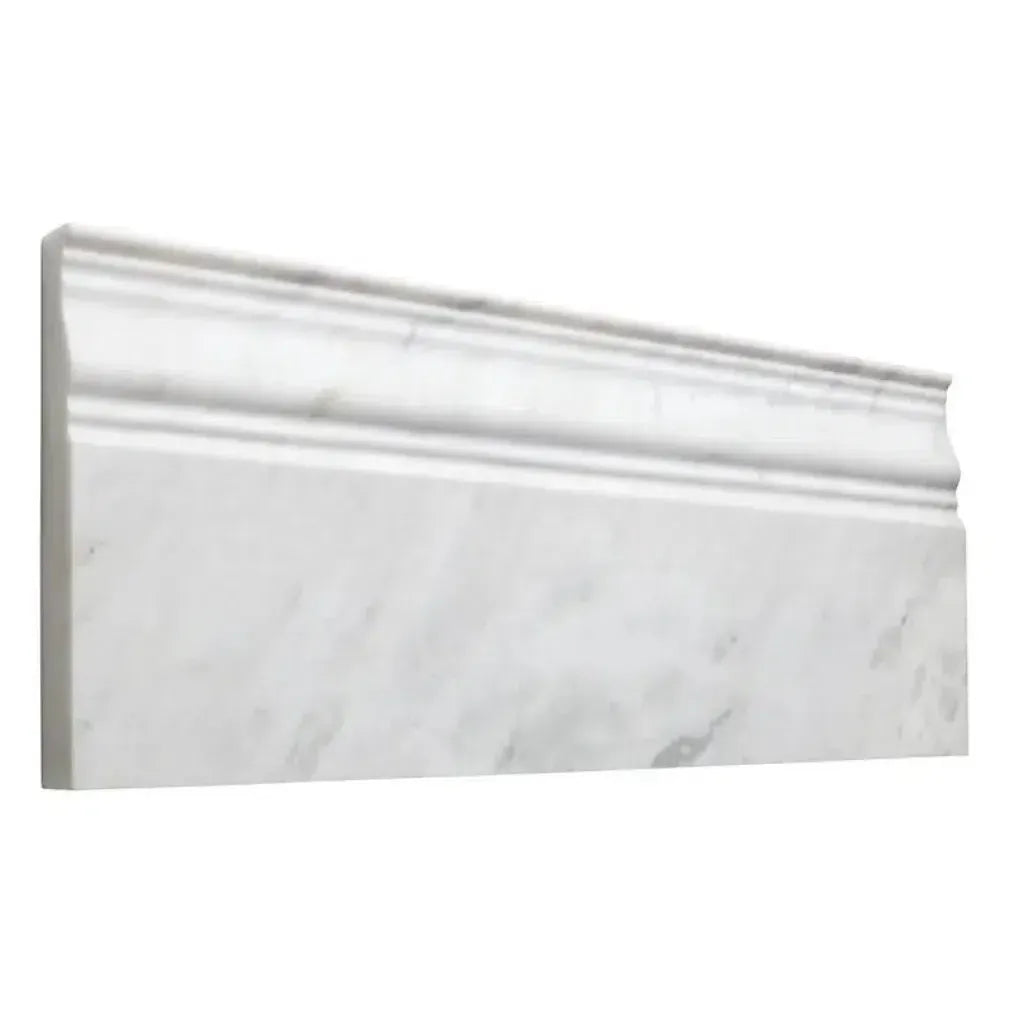 Textured
Textured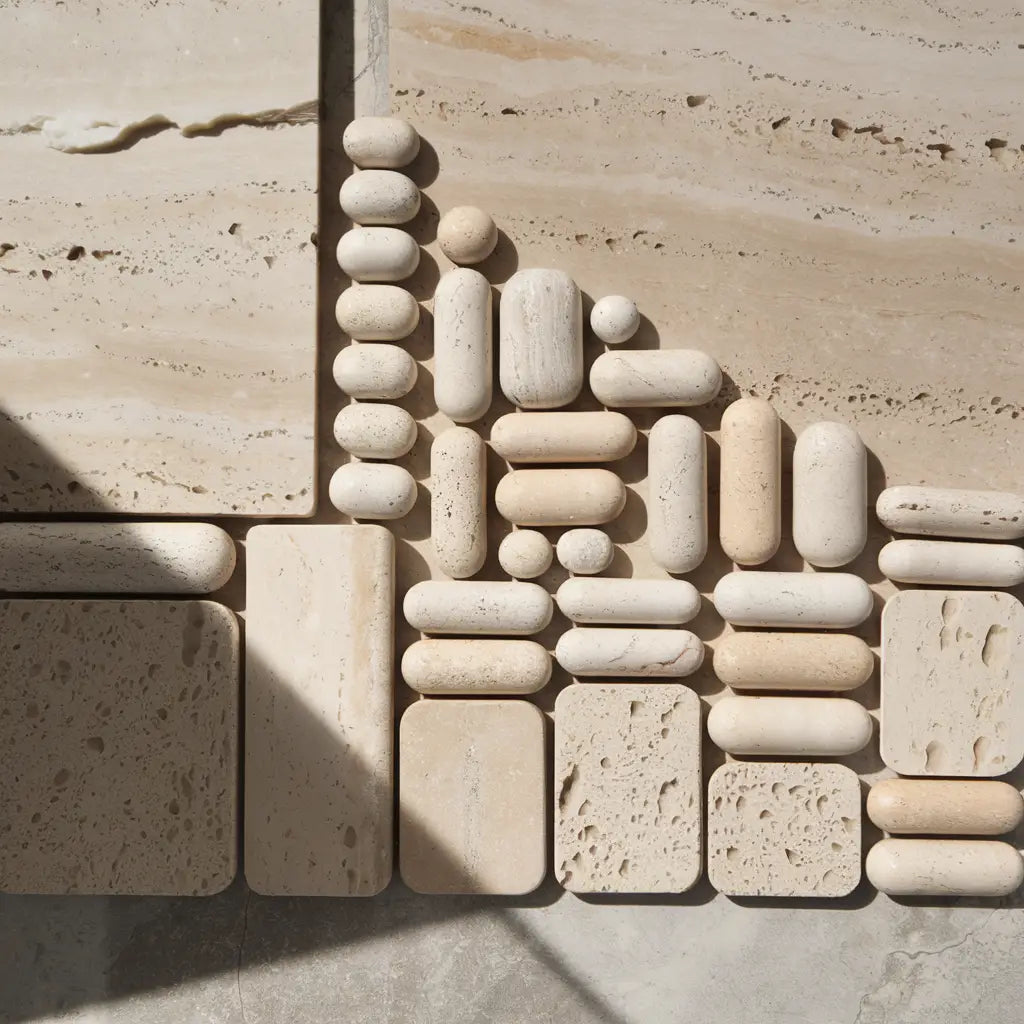 Tumbled
Tumbled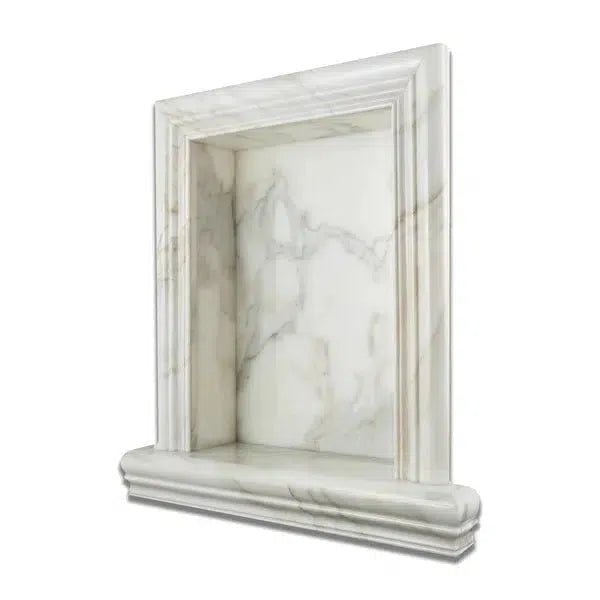 Accessories
Accessories
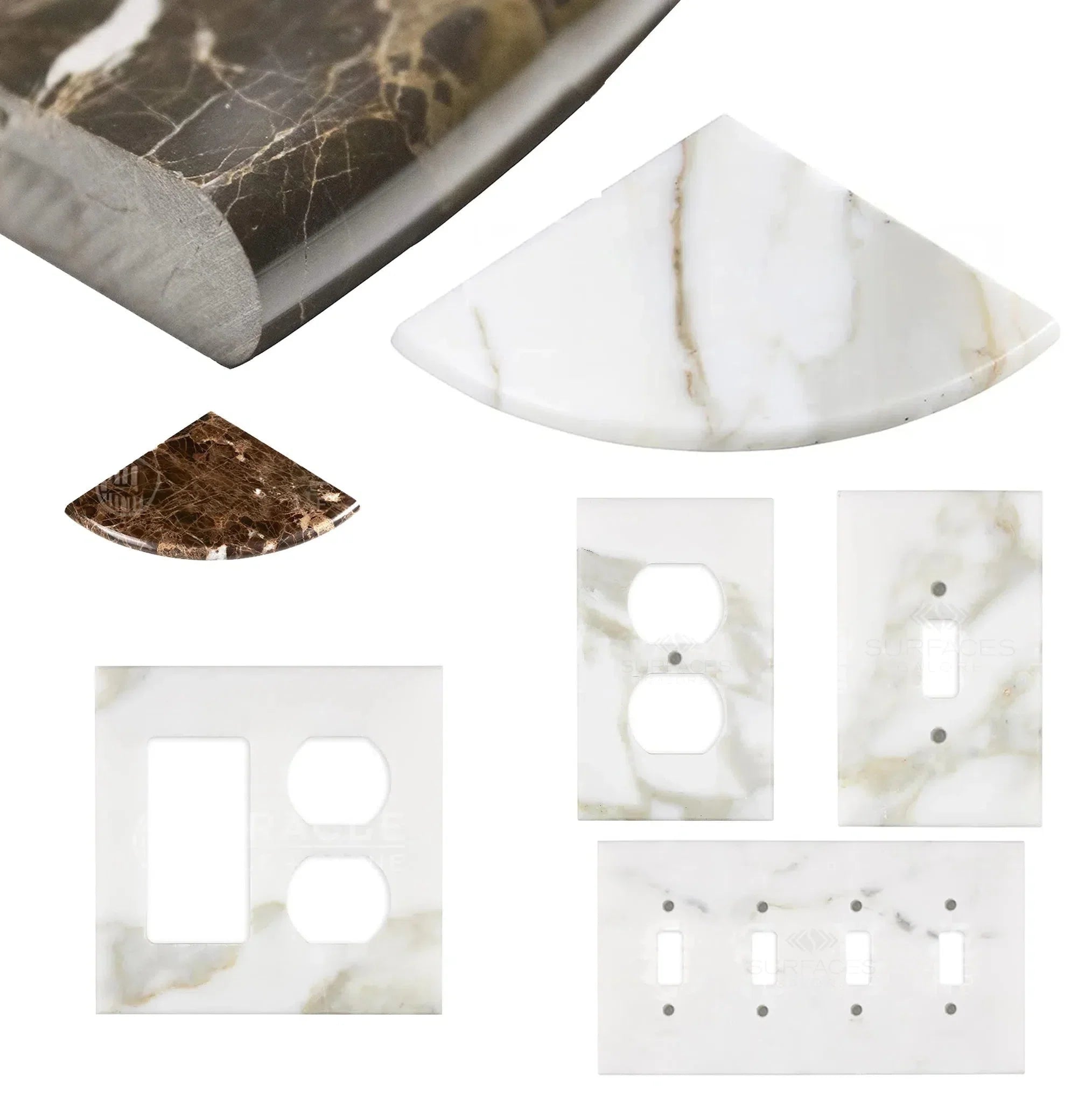 Wall Plate / Switch Plate
Wall Plate / Switch Plate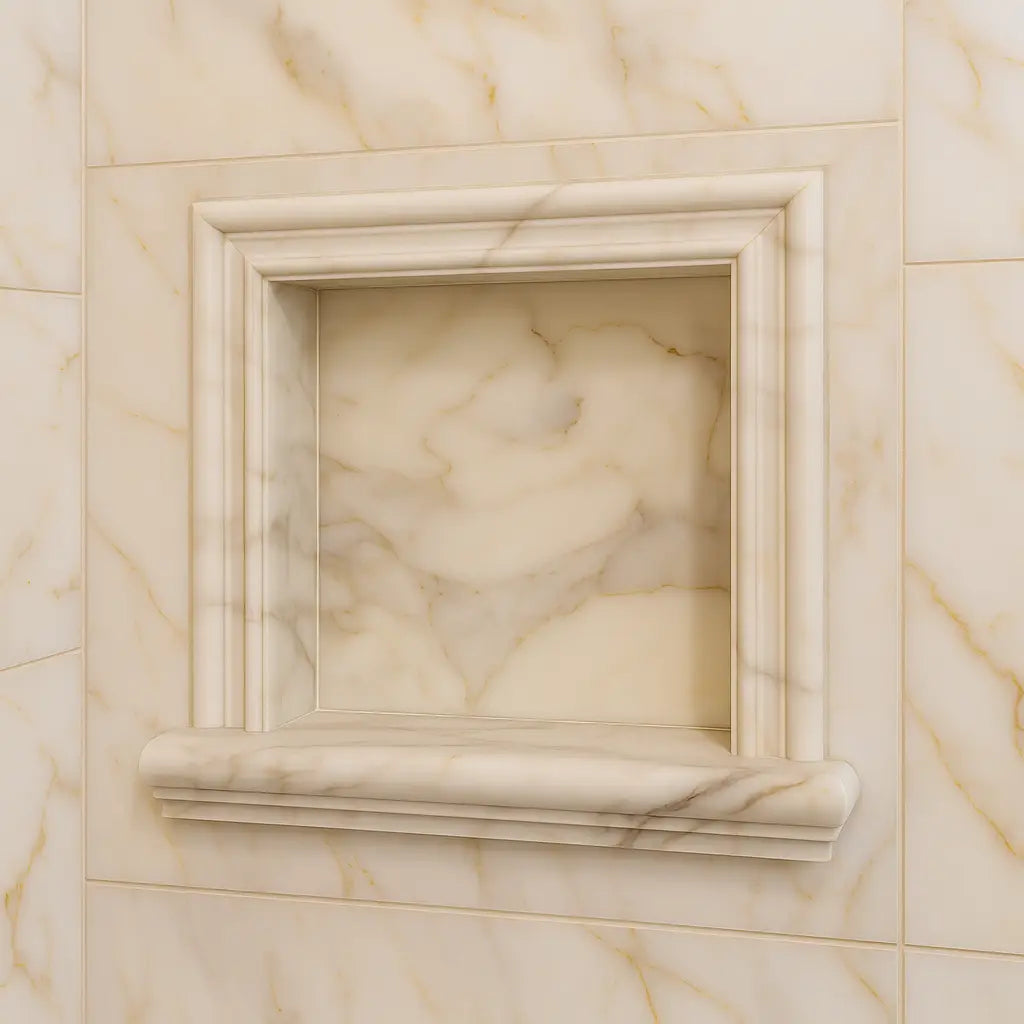 Shampoo Niche
Shampoo Niche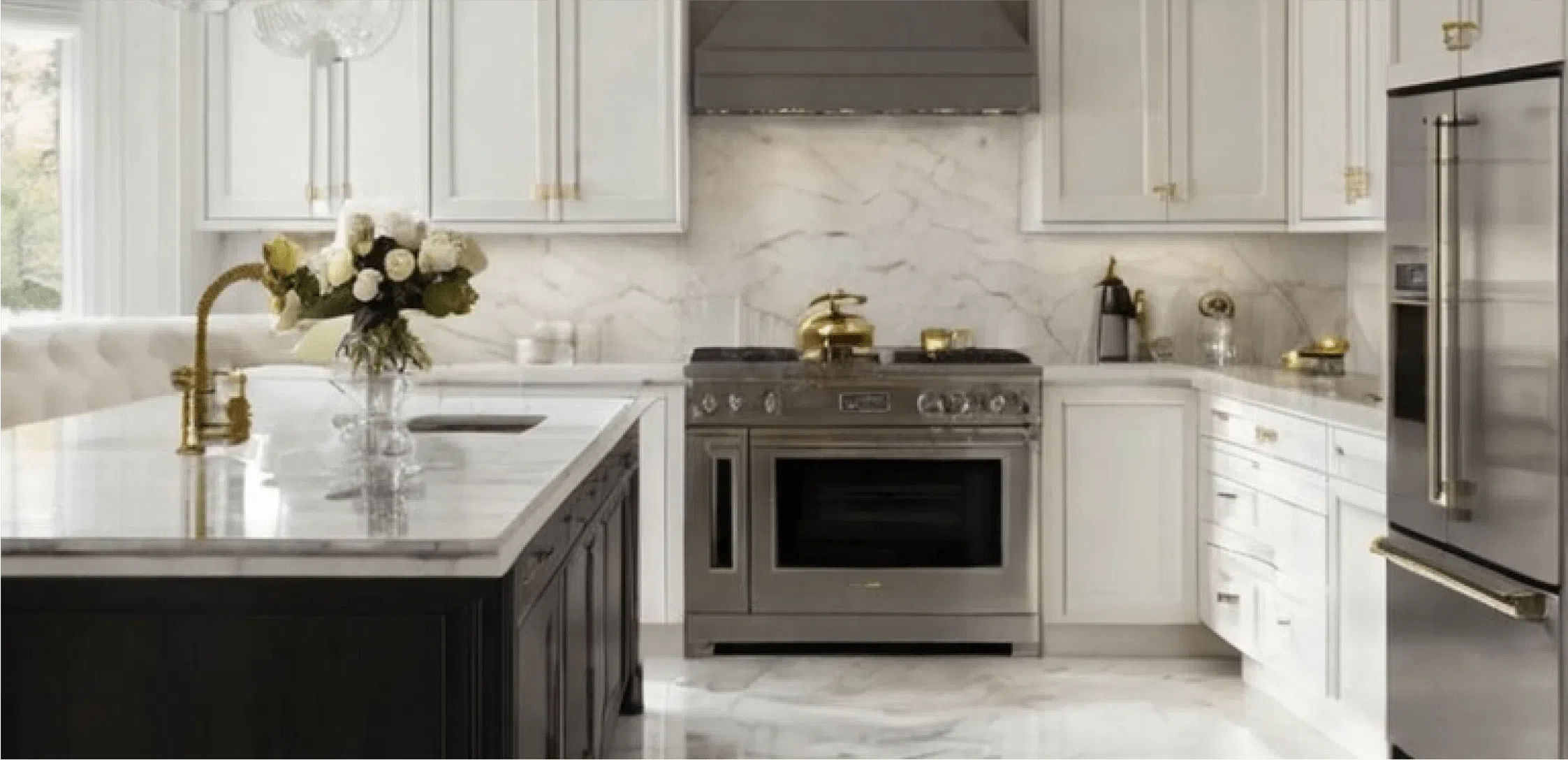 Corner Shelf
Corner Shelf Clearance
Clearance
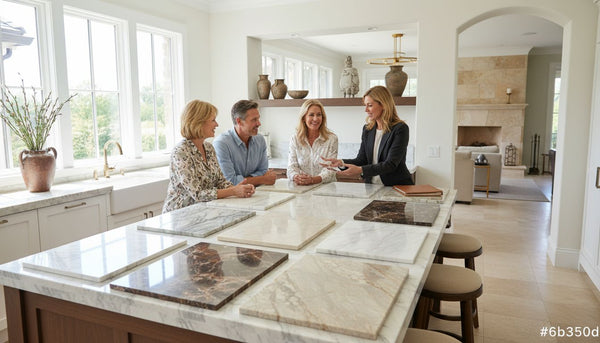
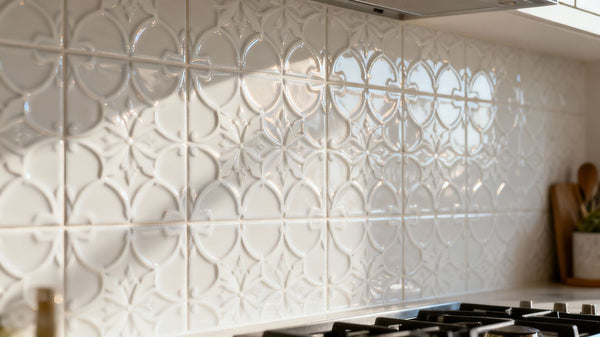
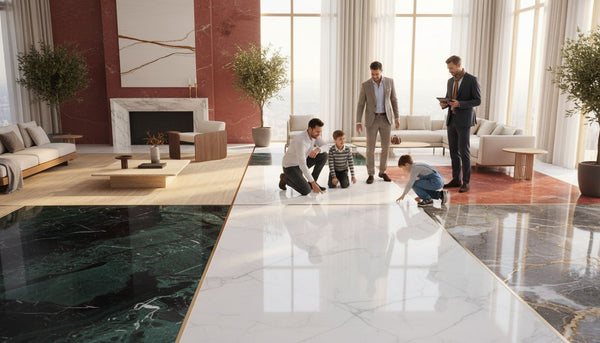
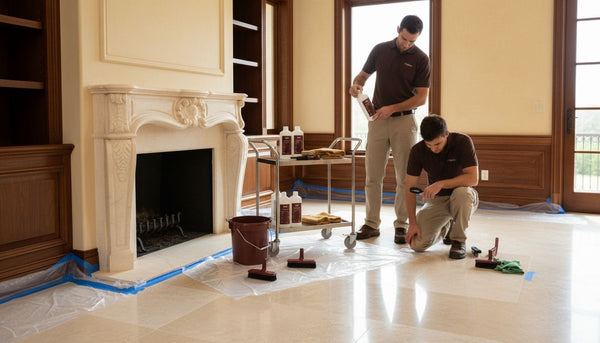
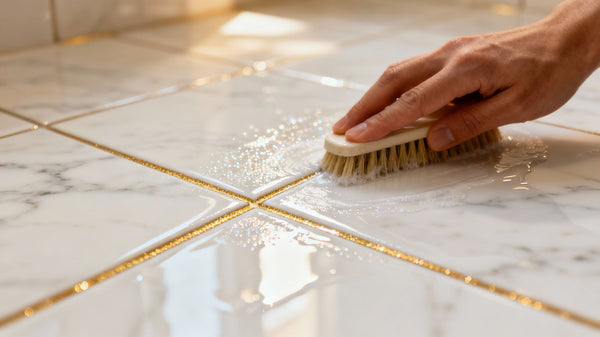
Leave a comment